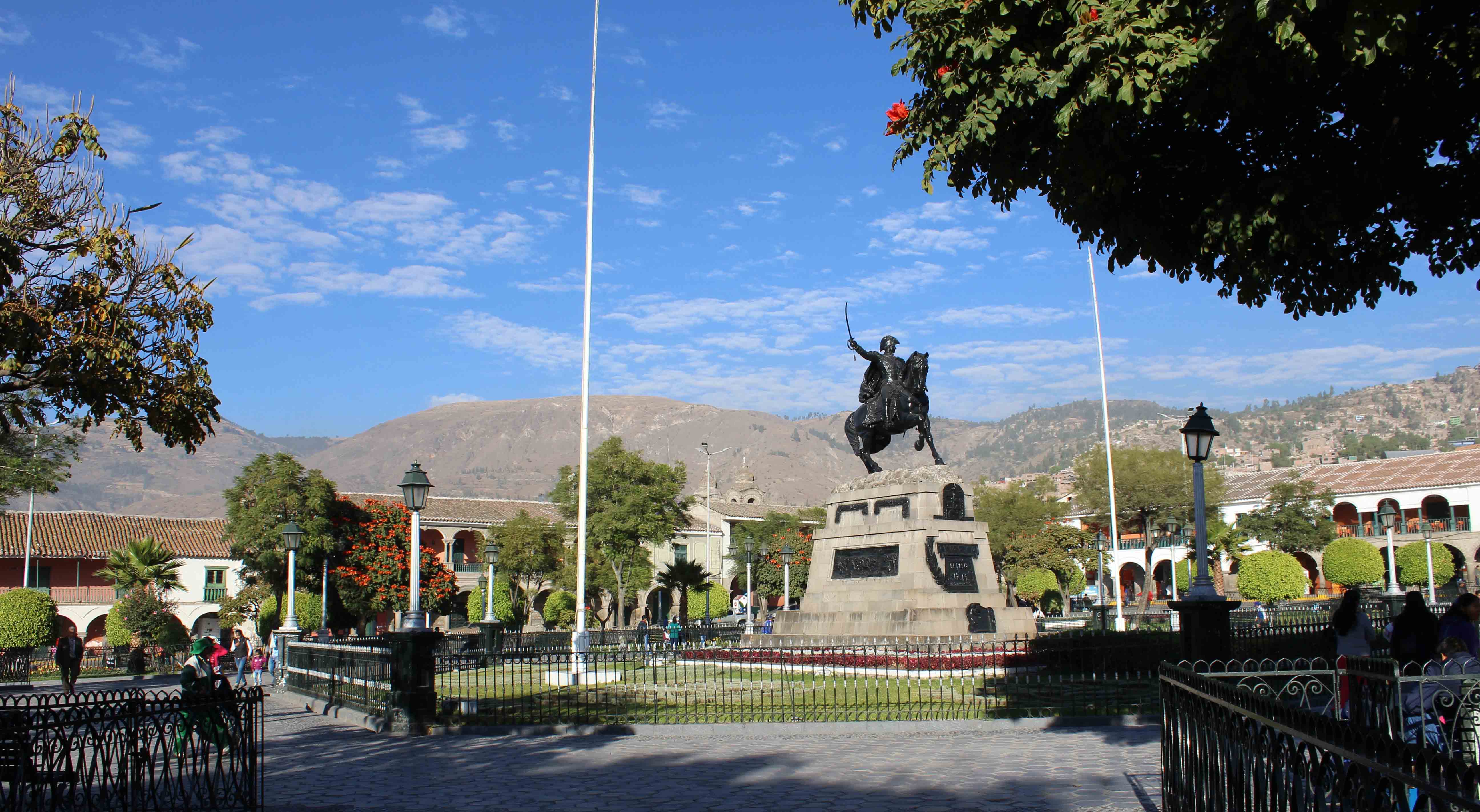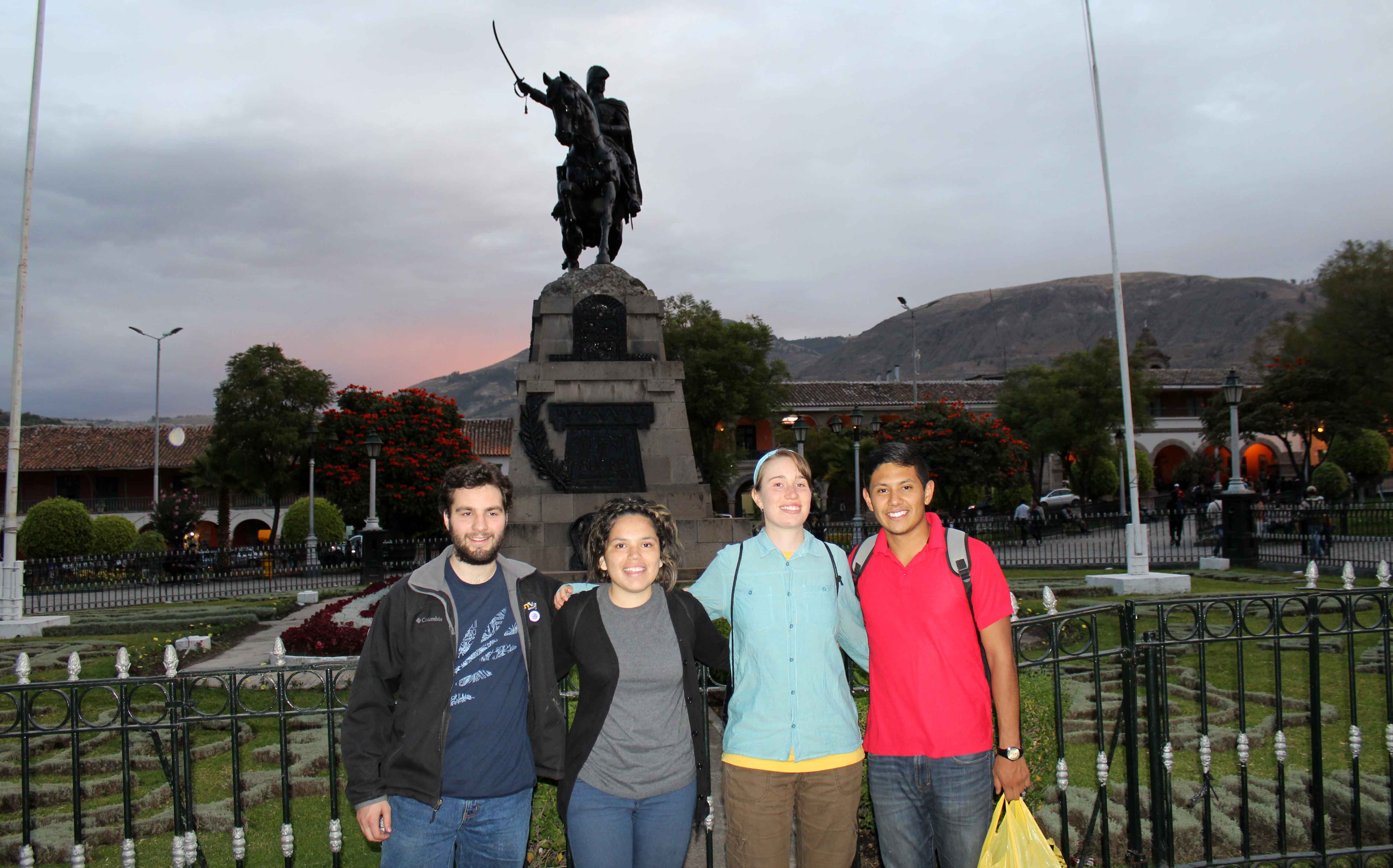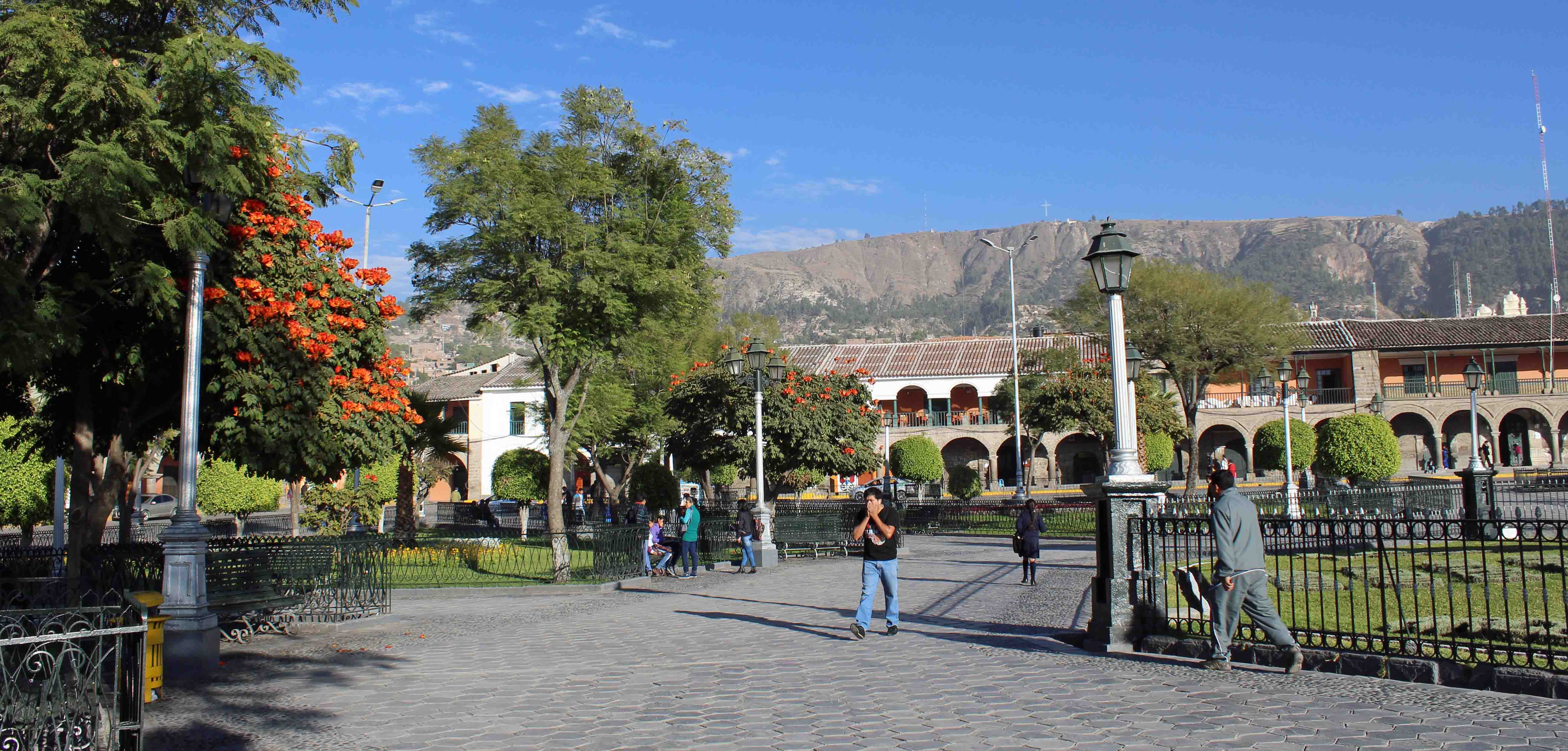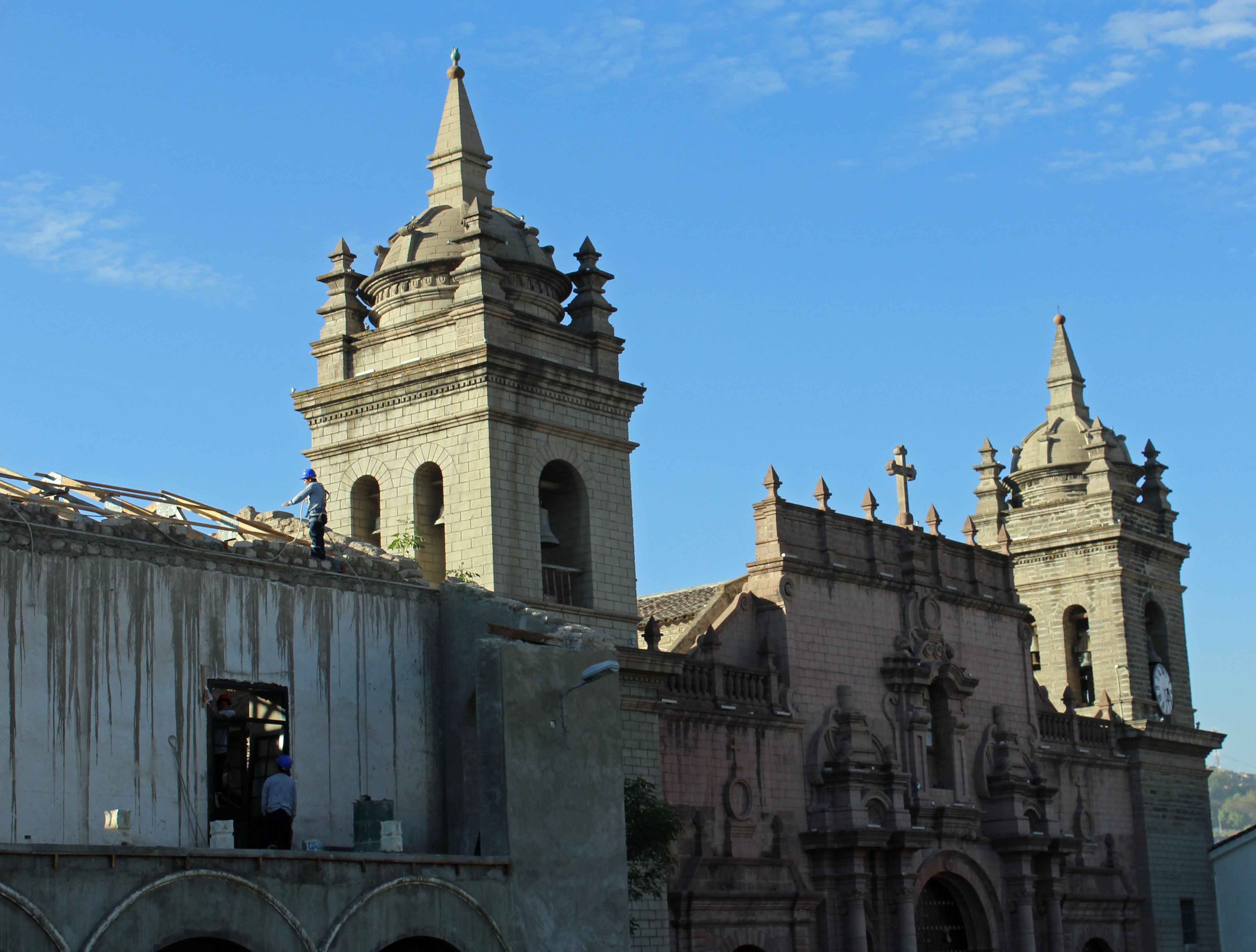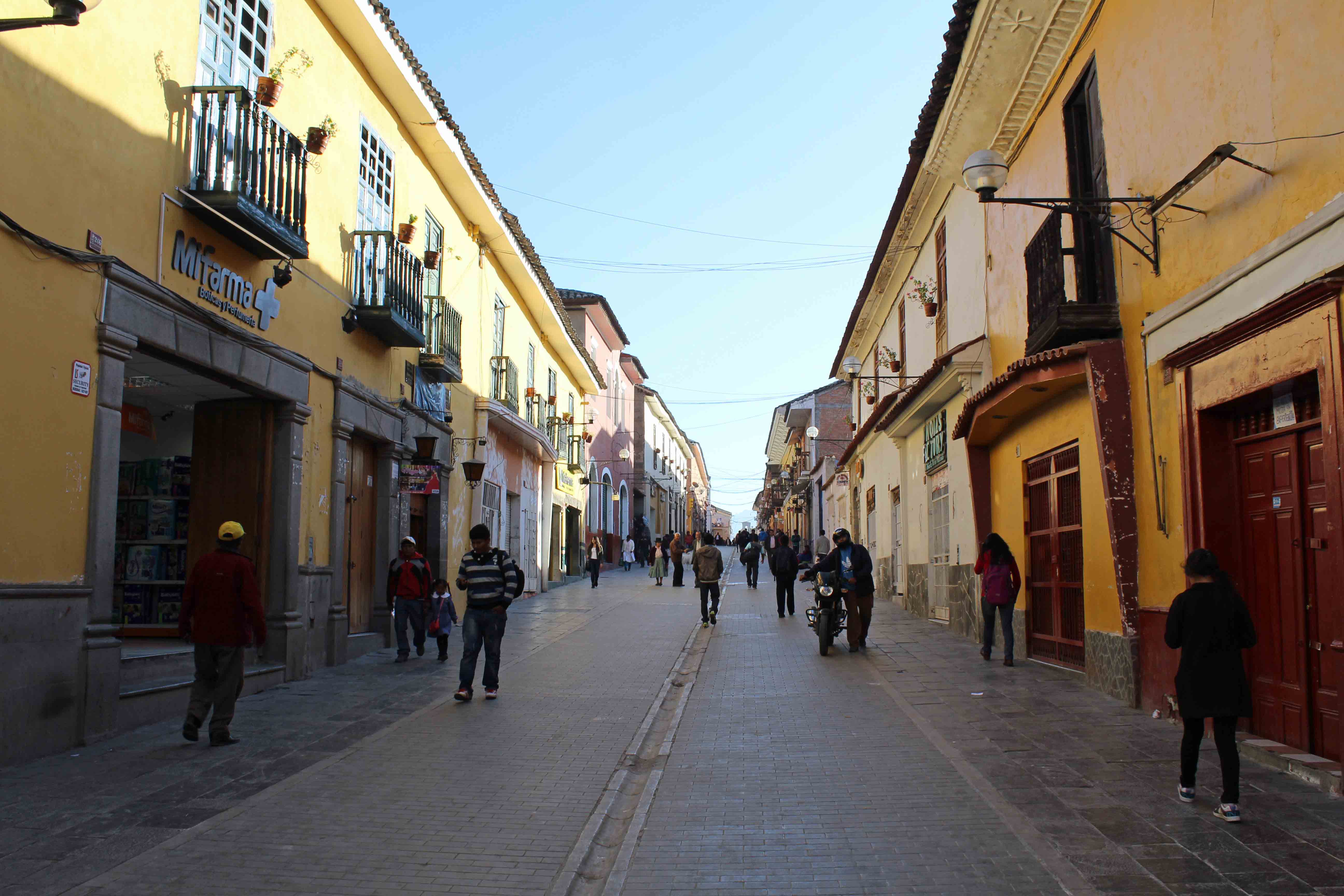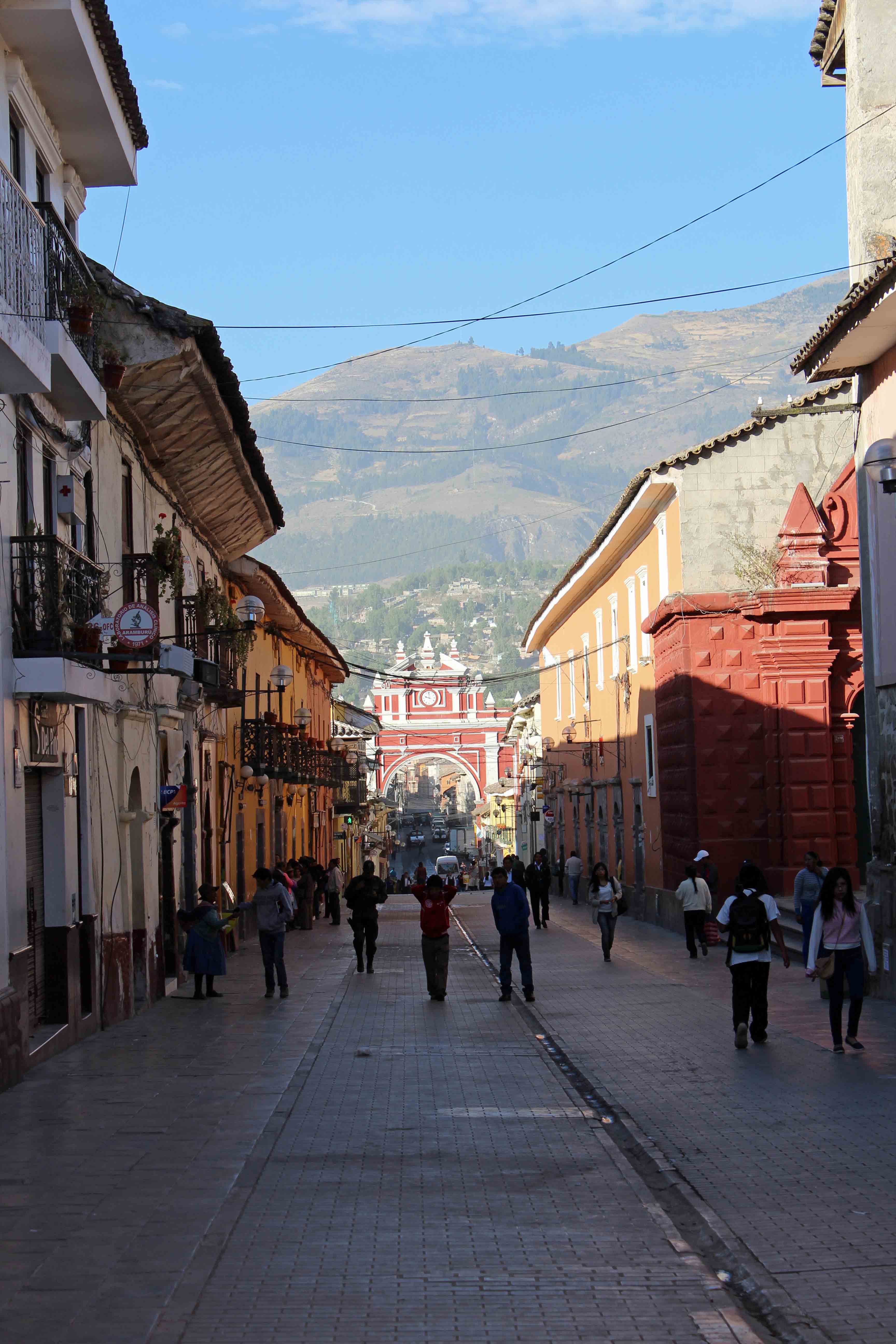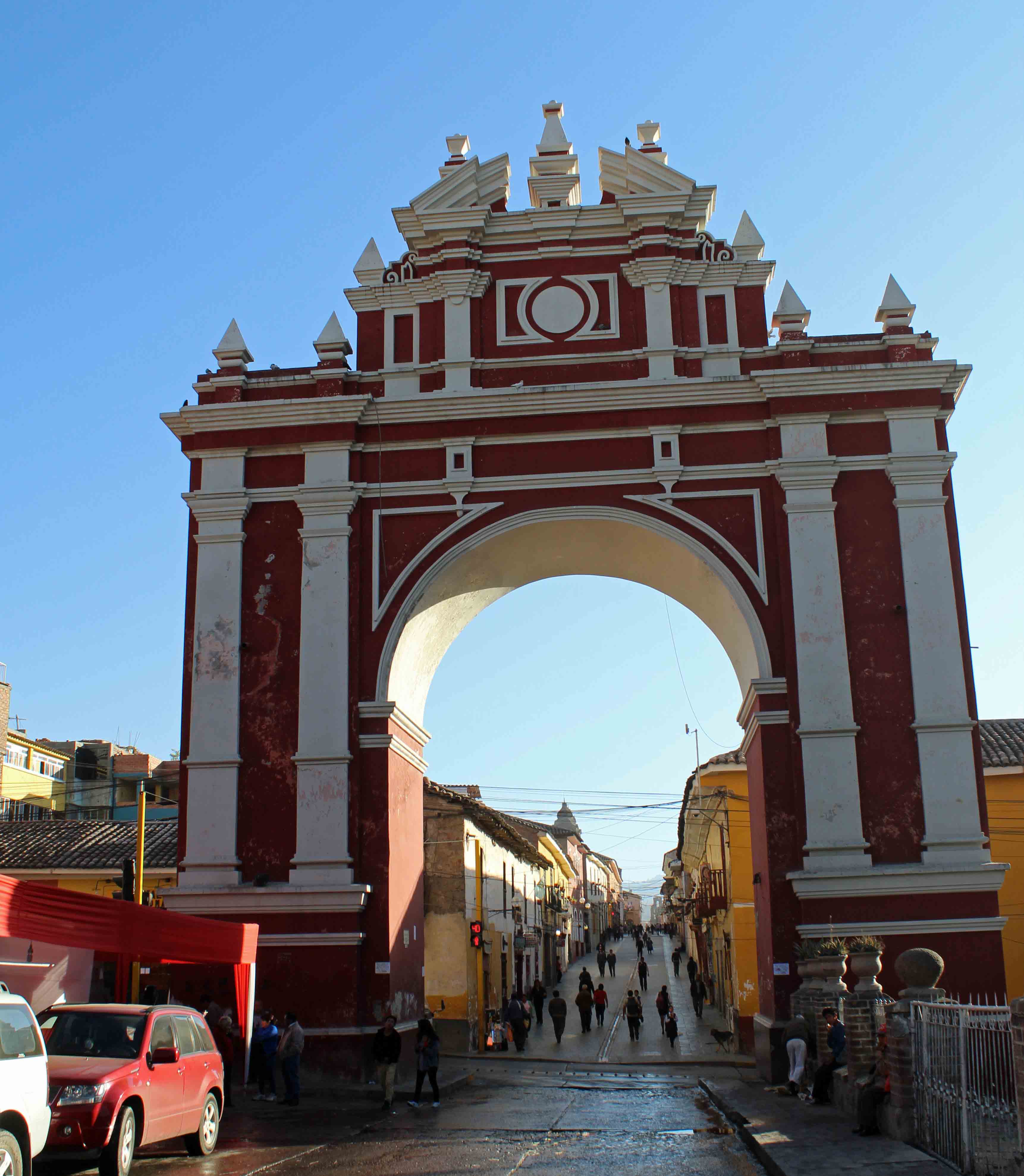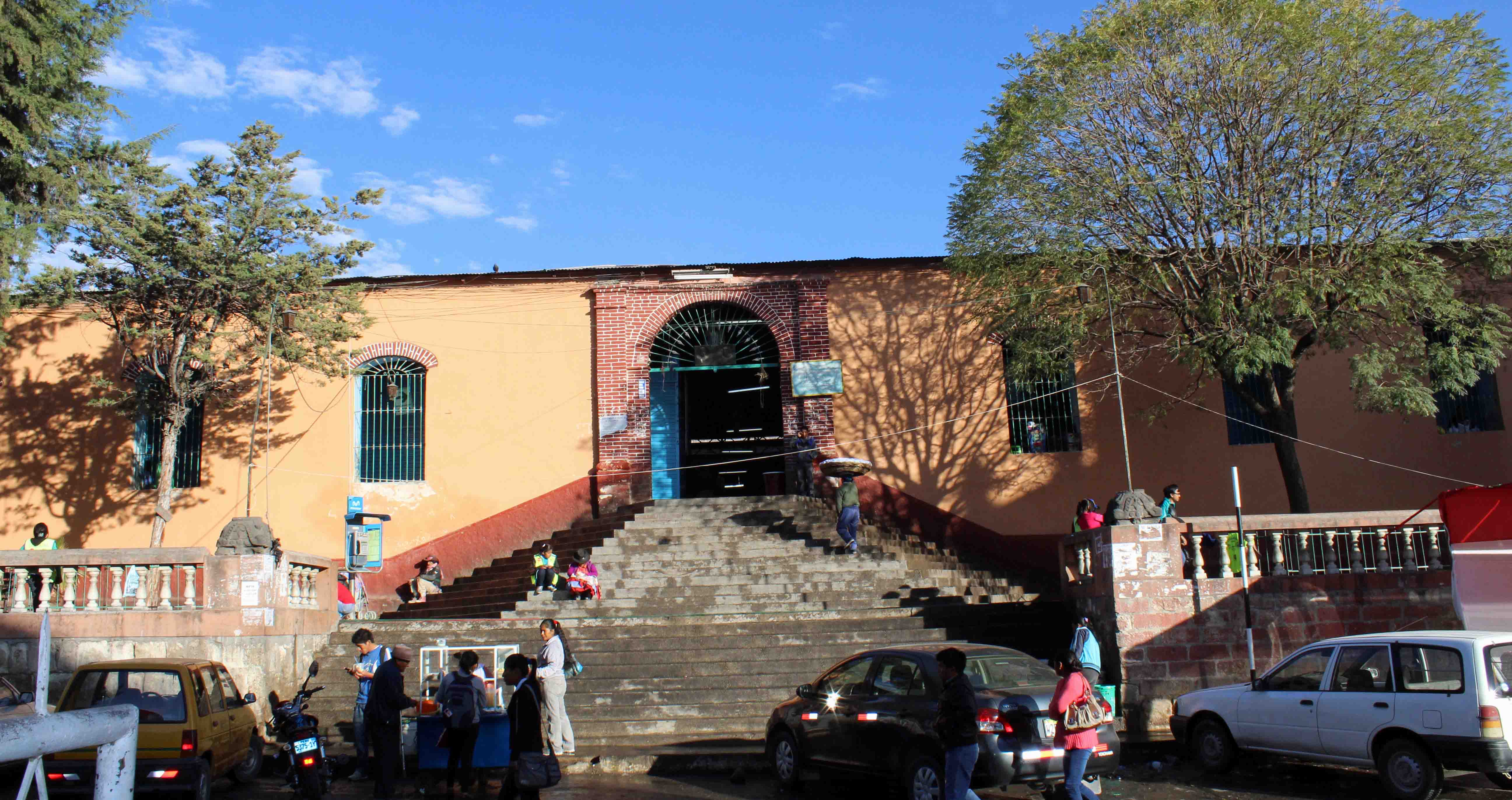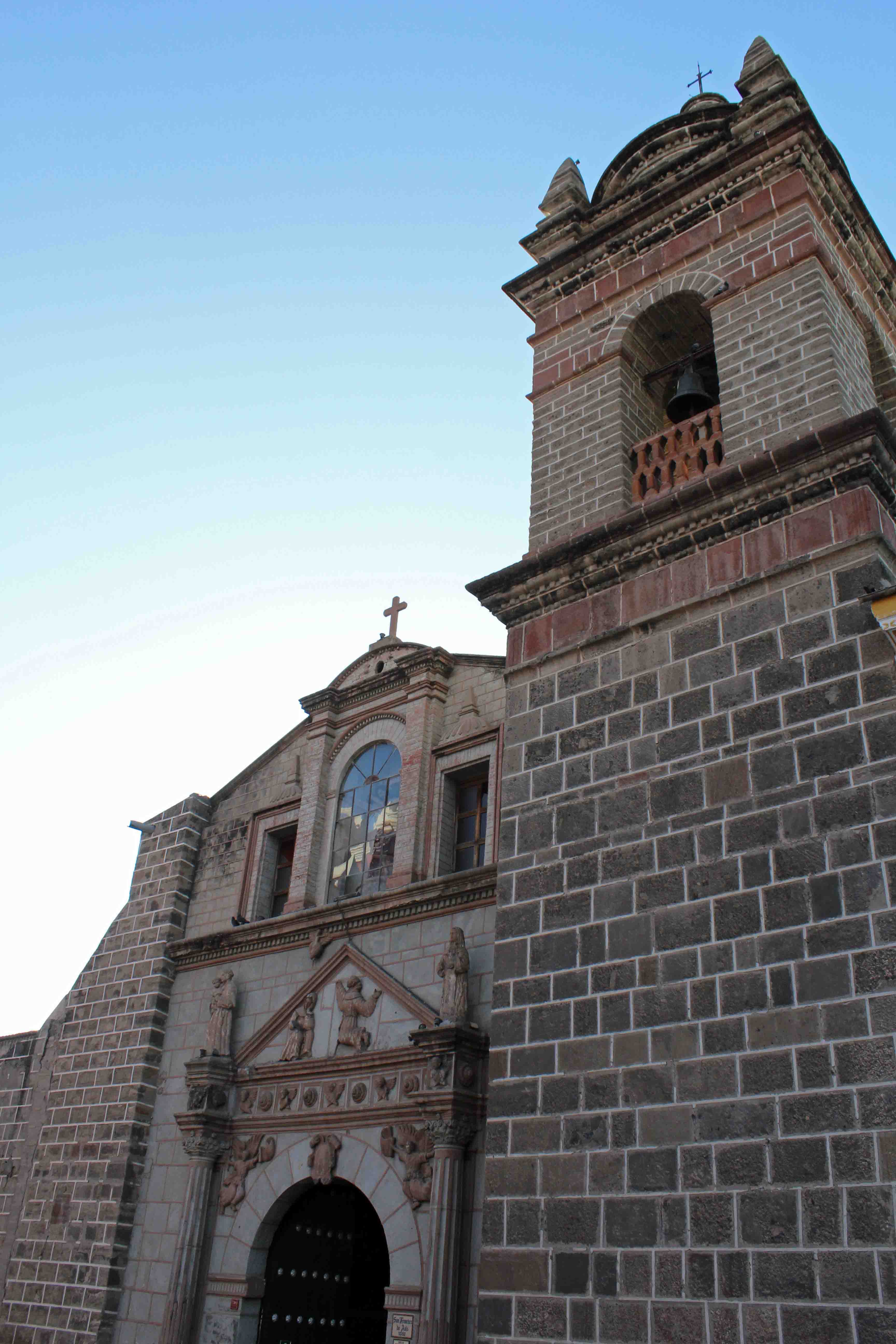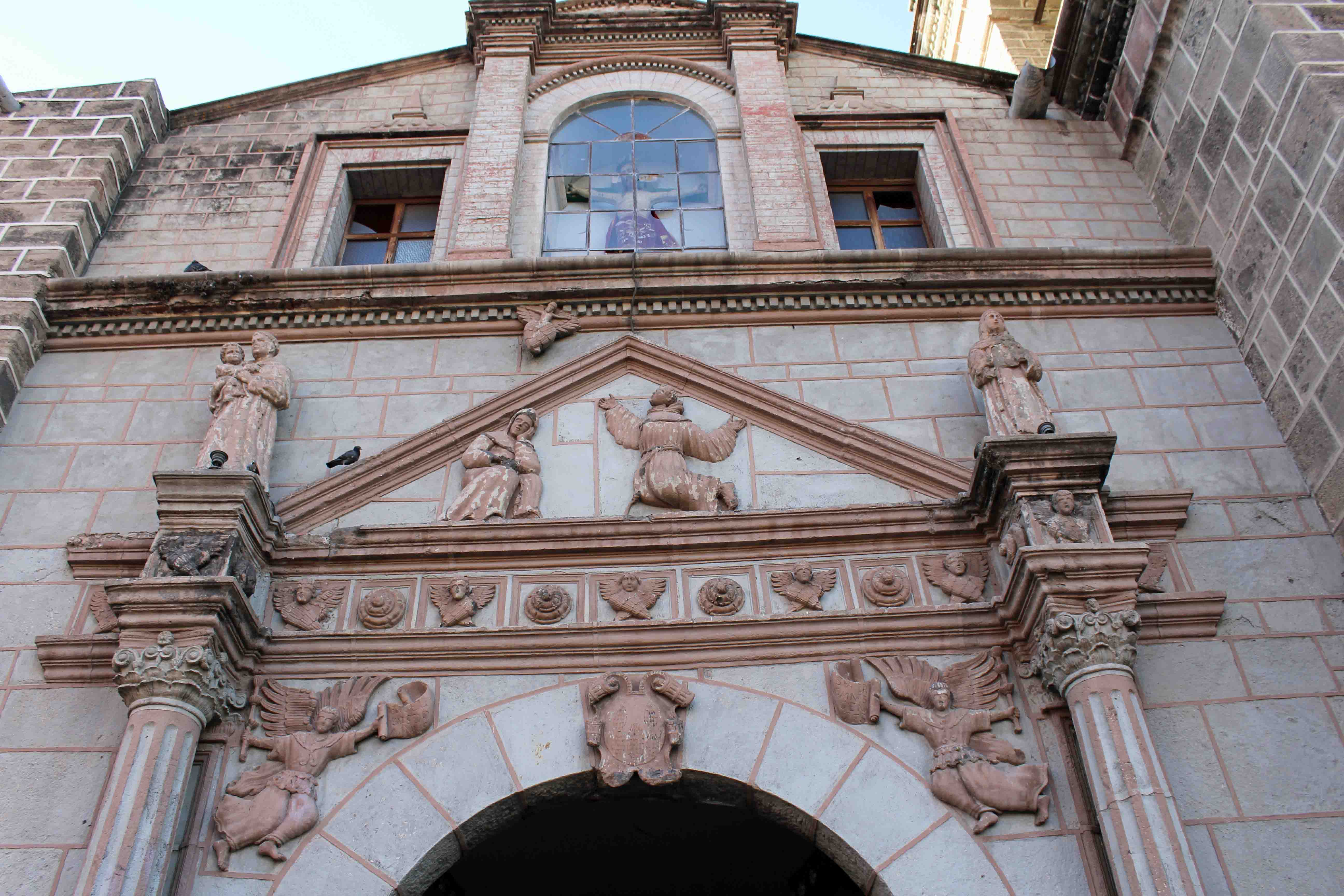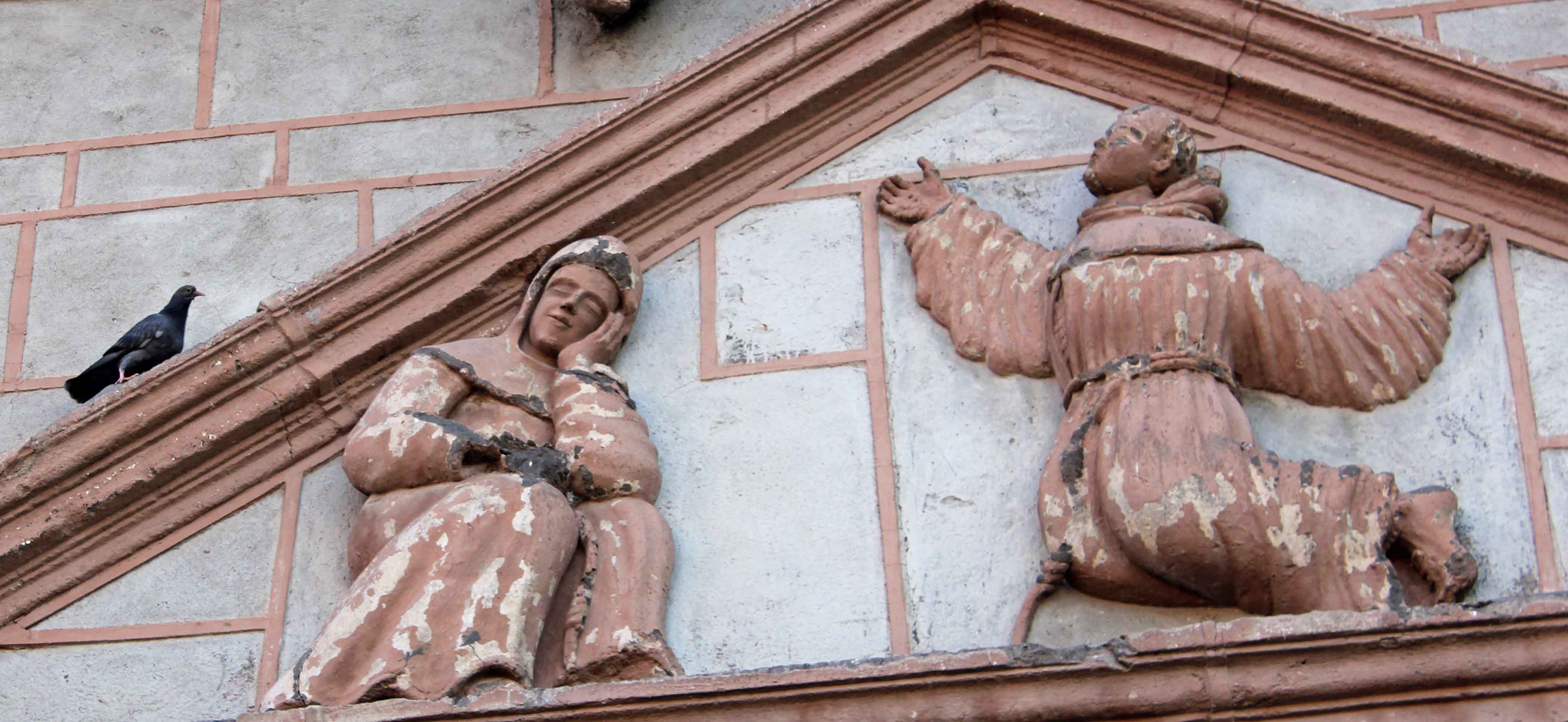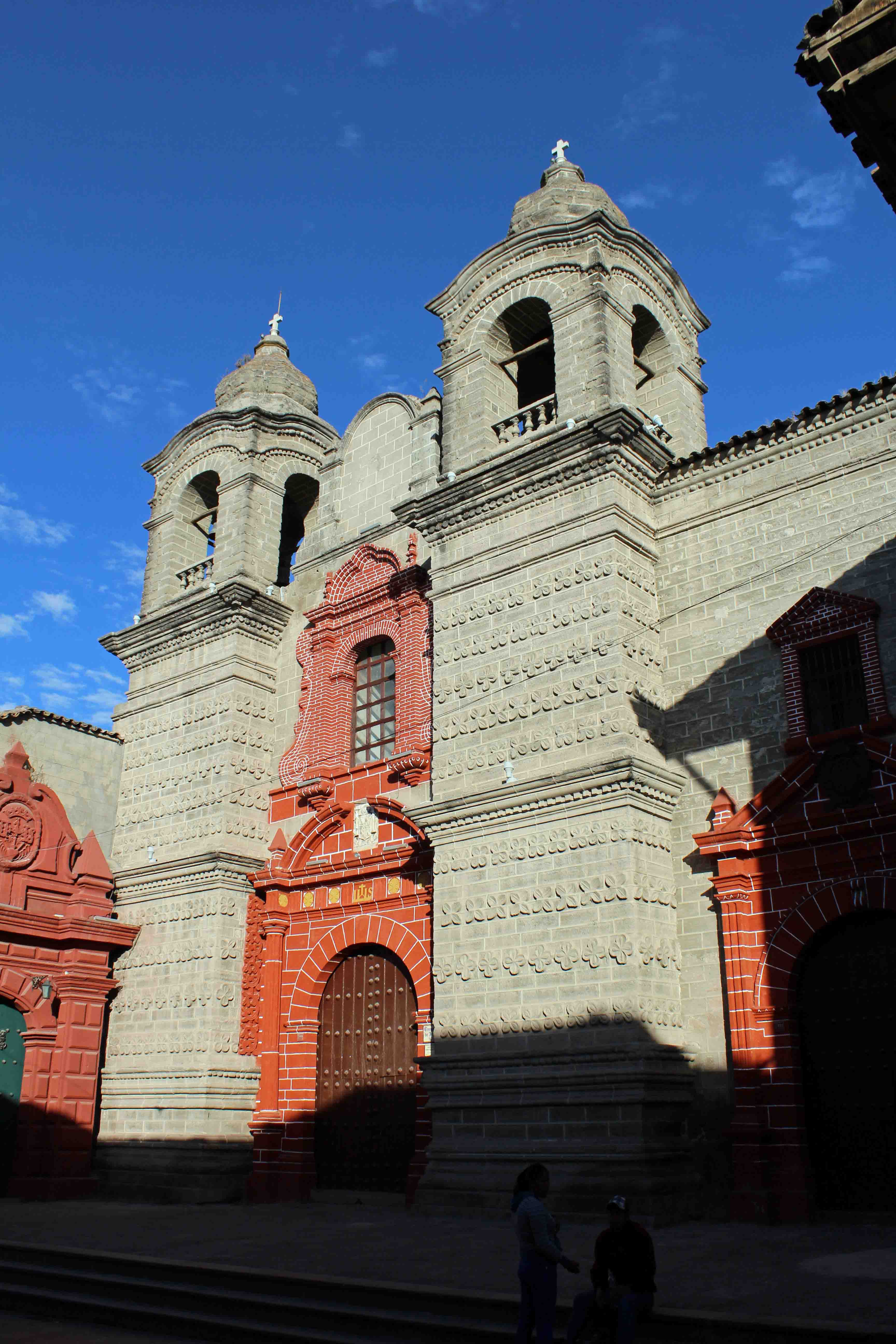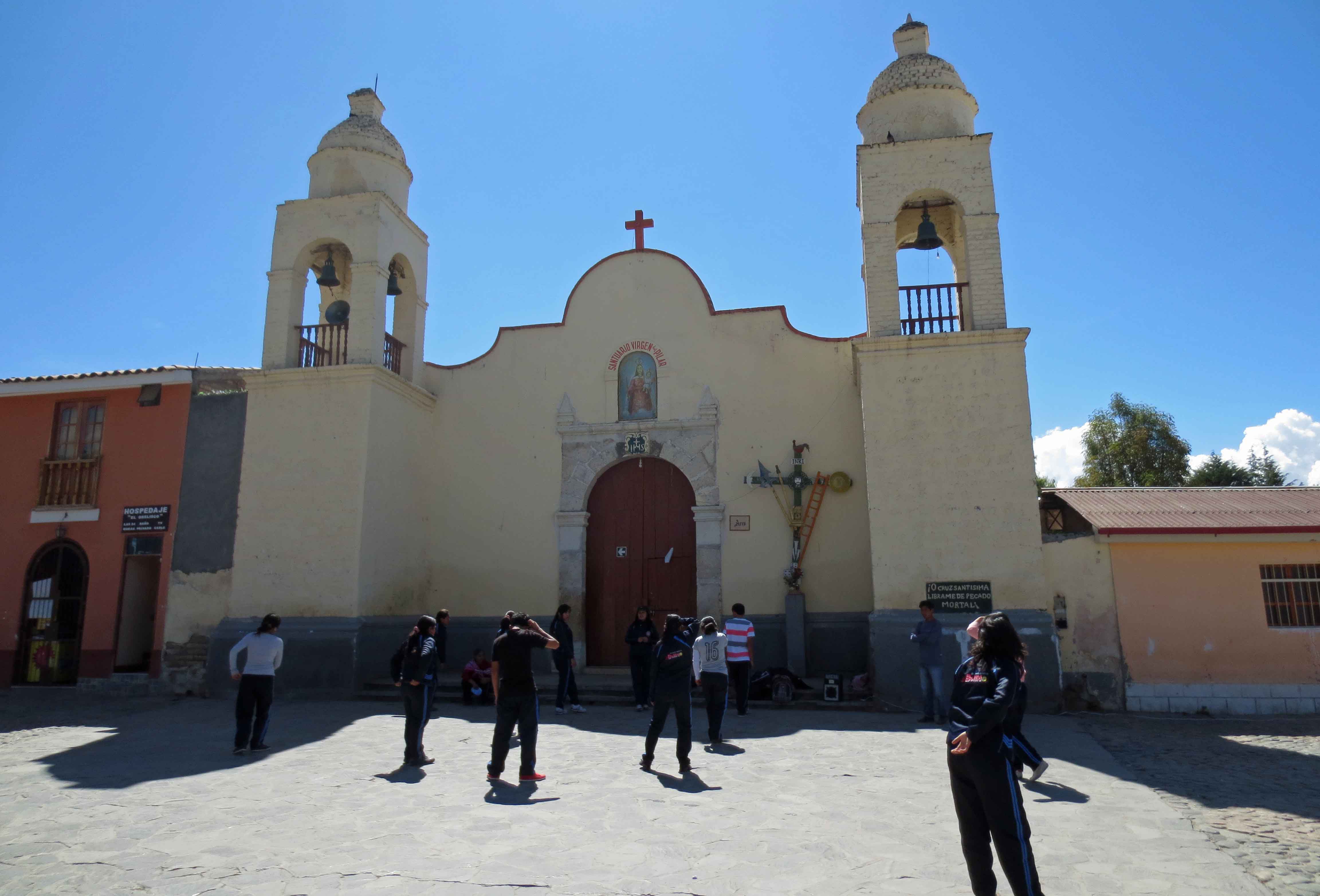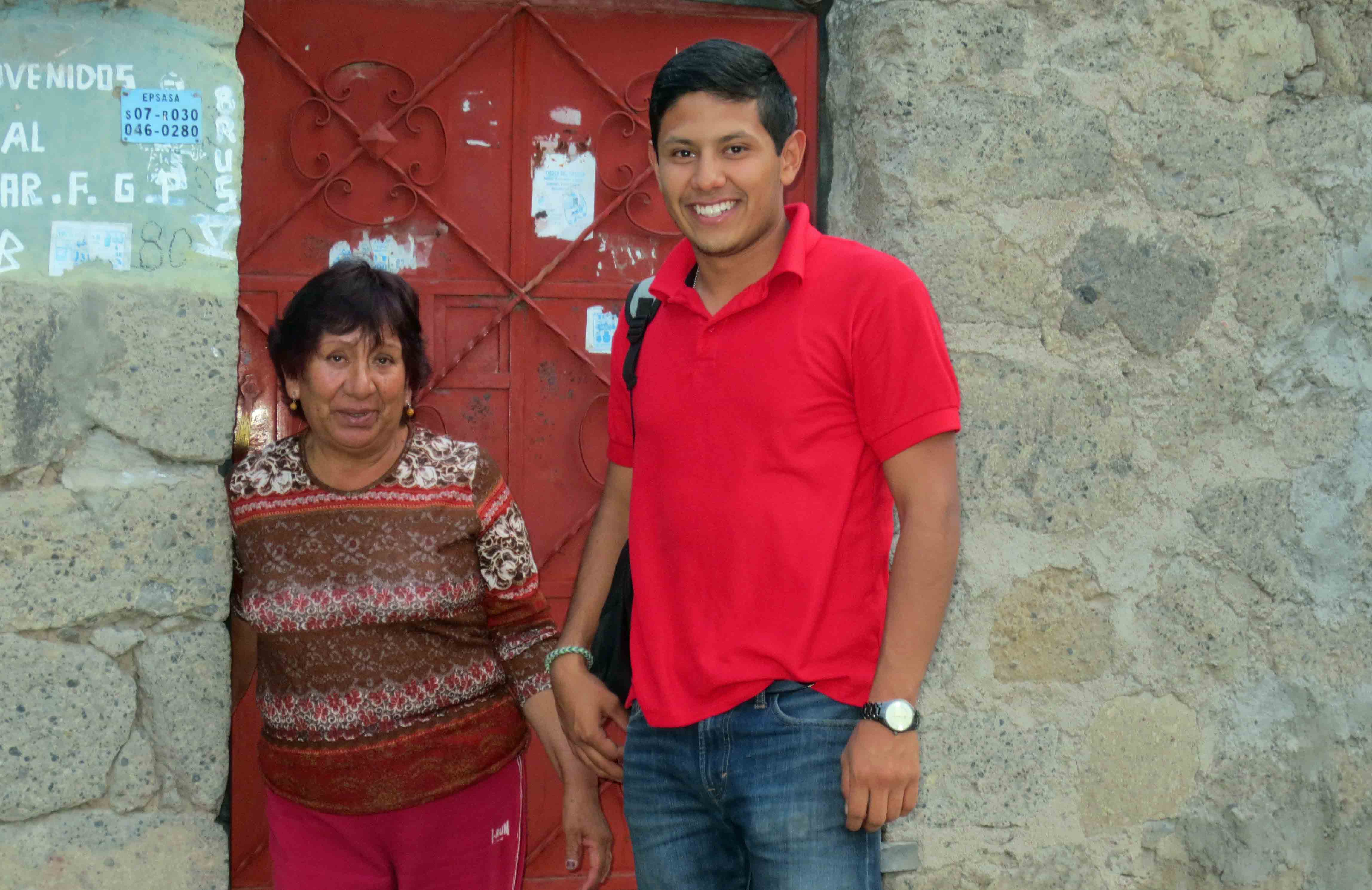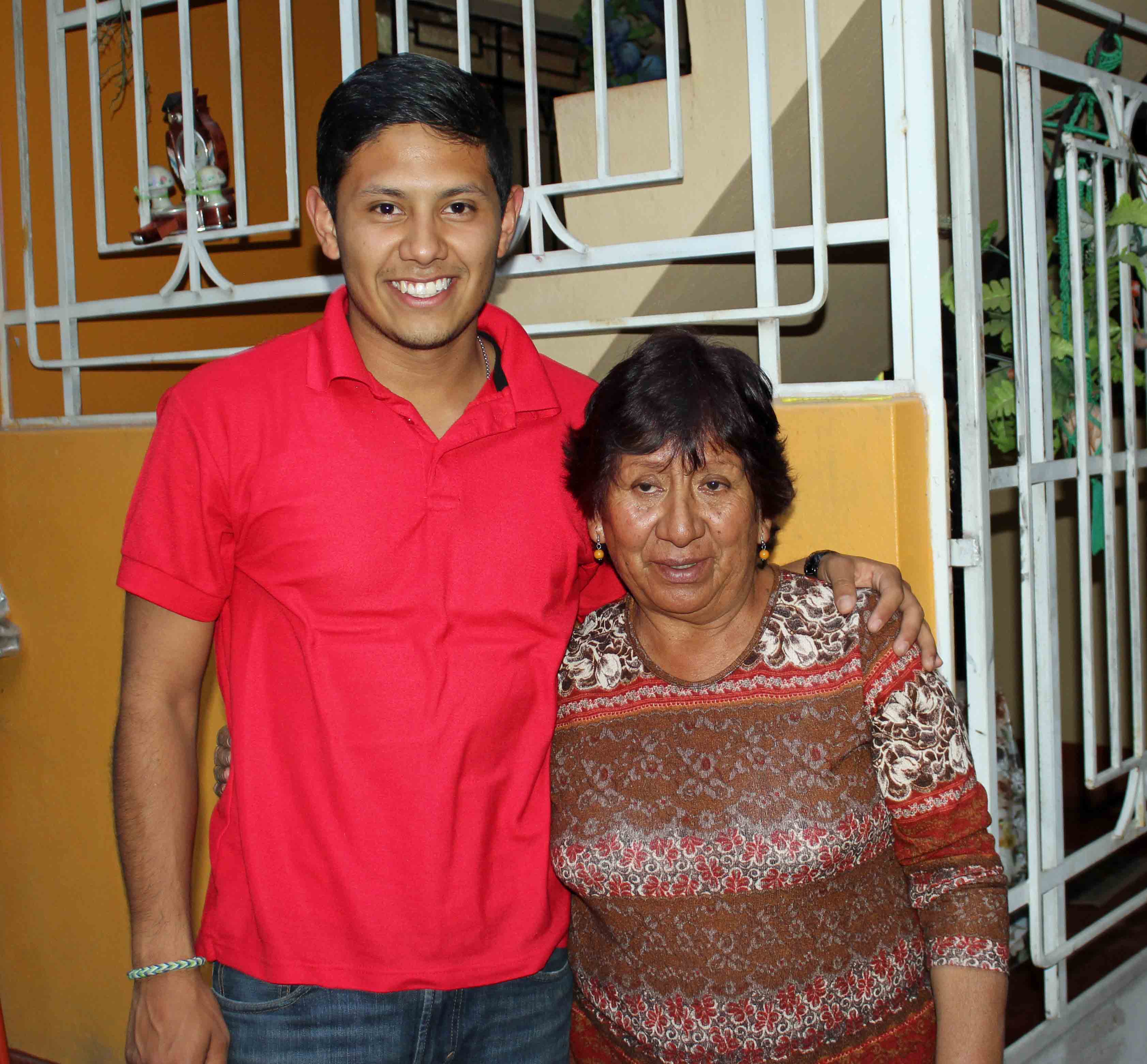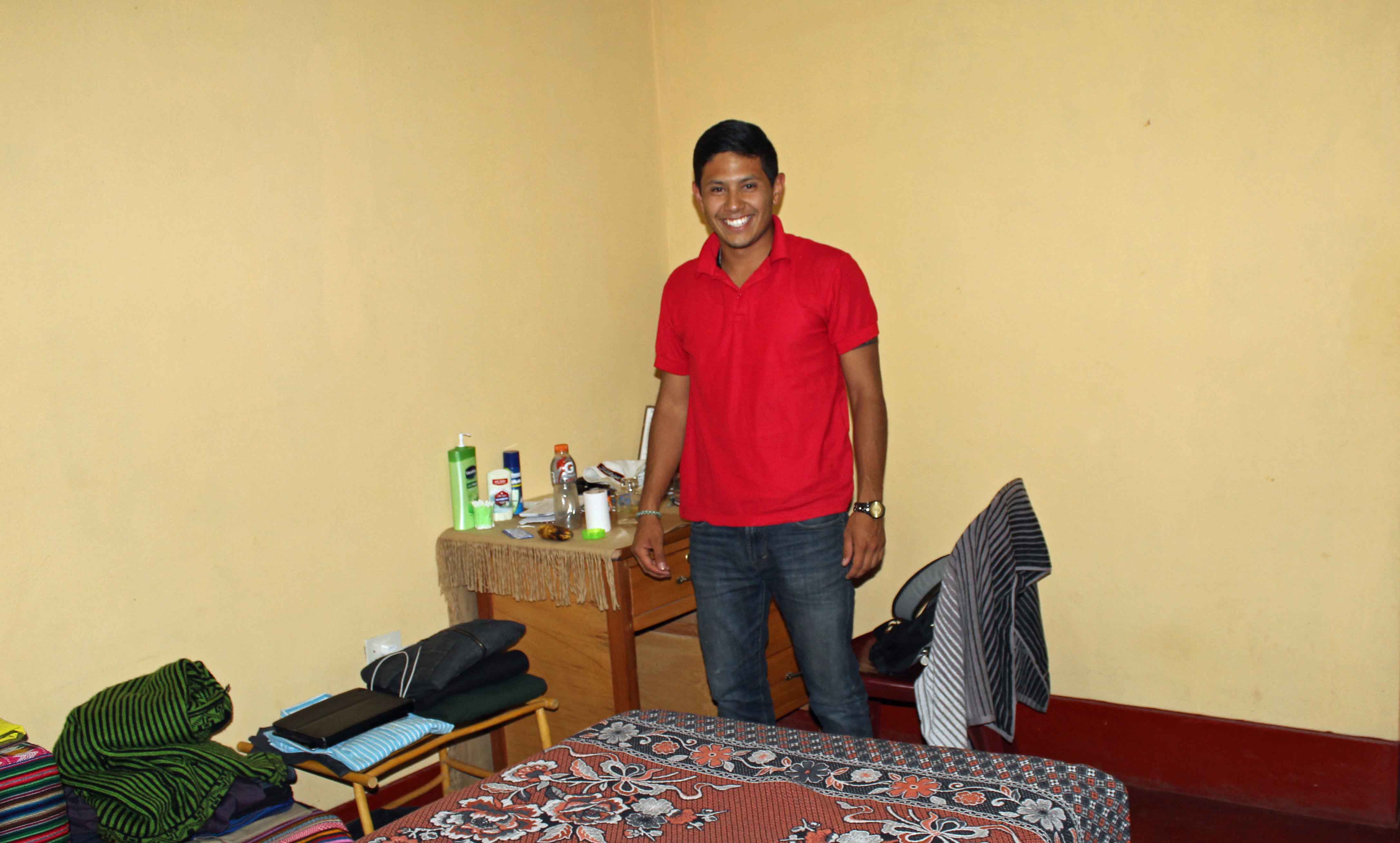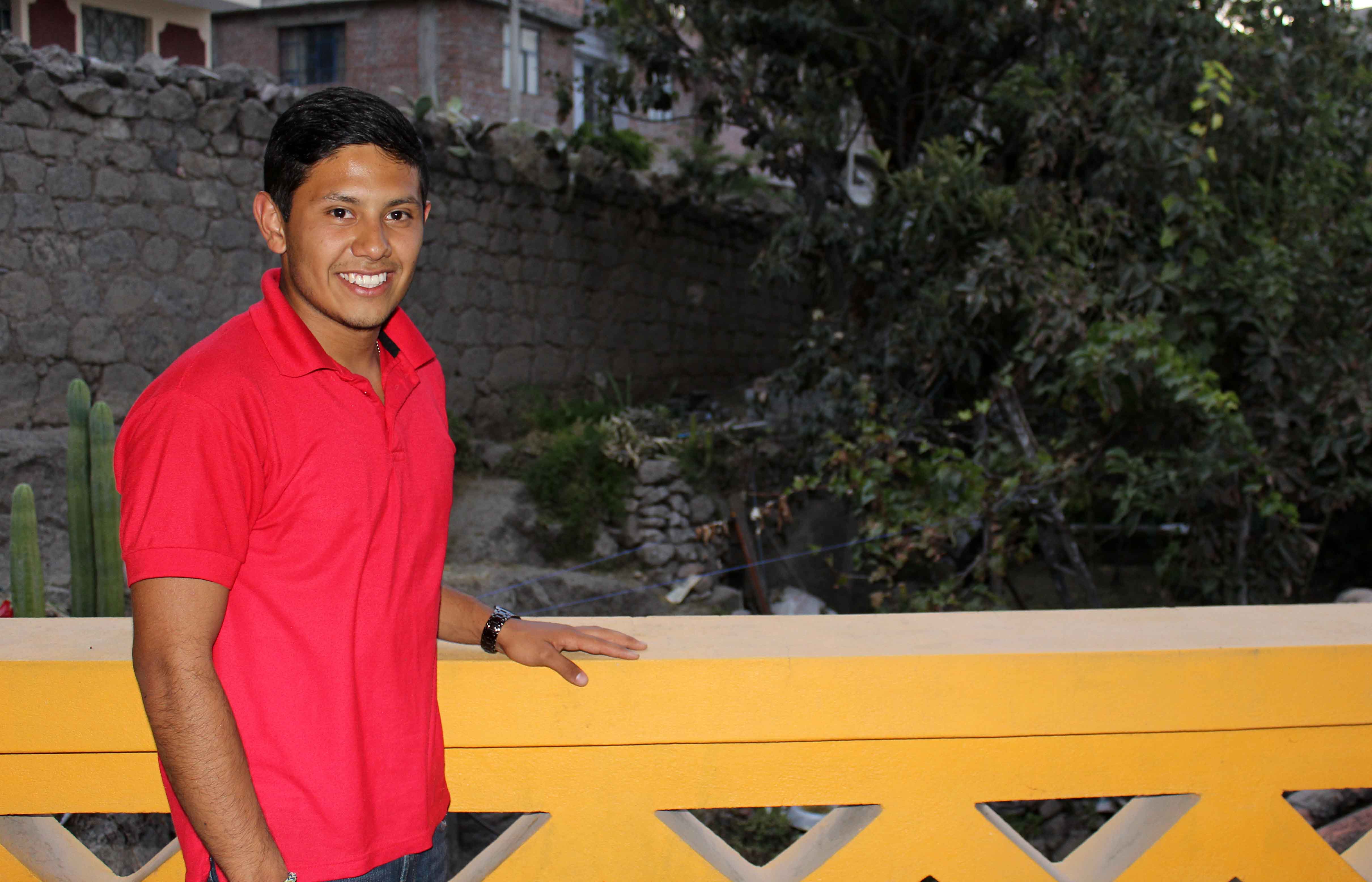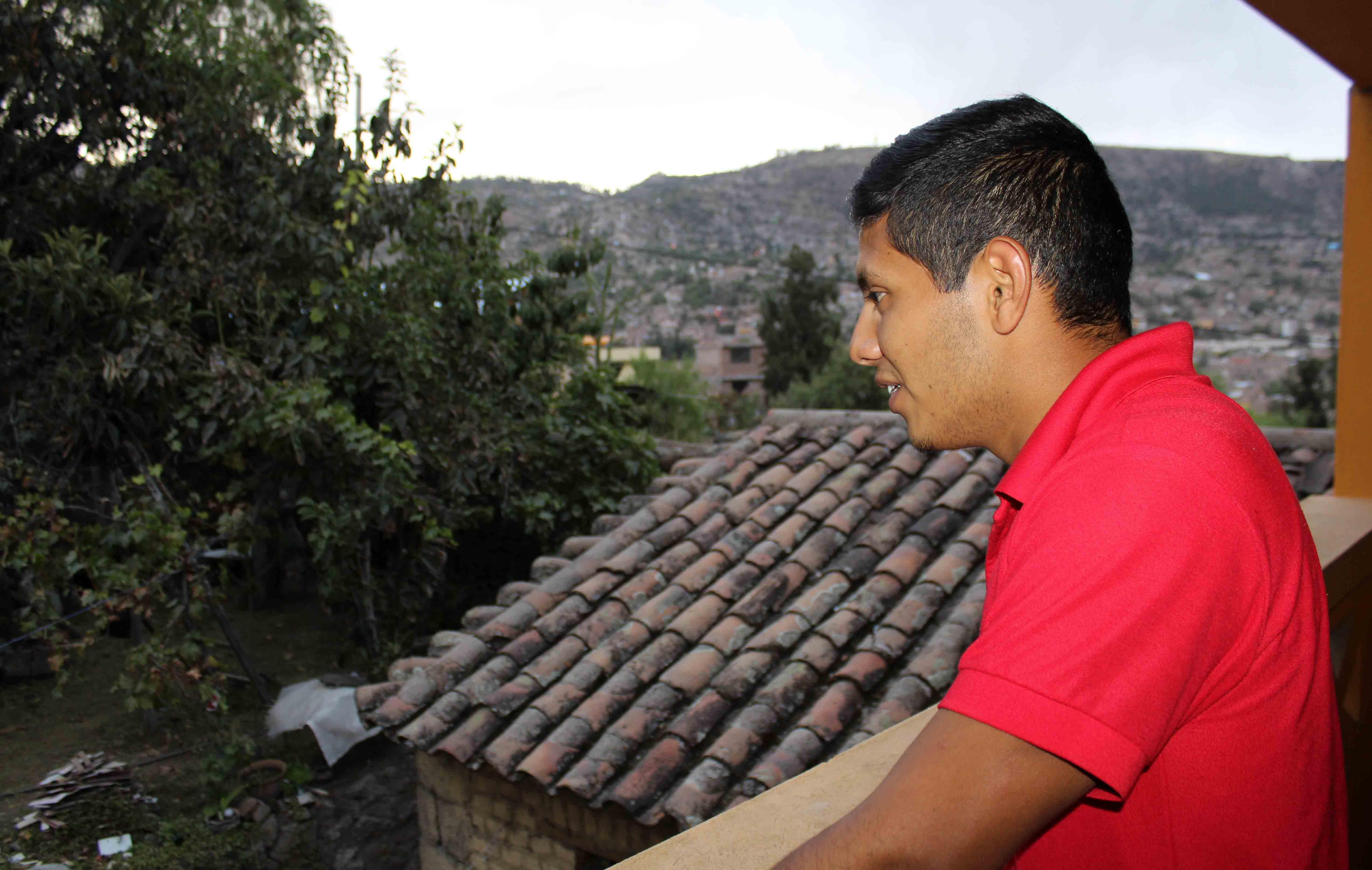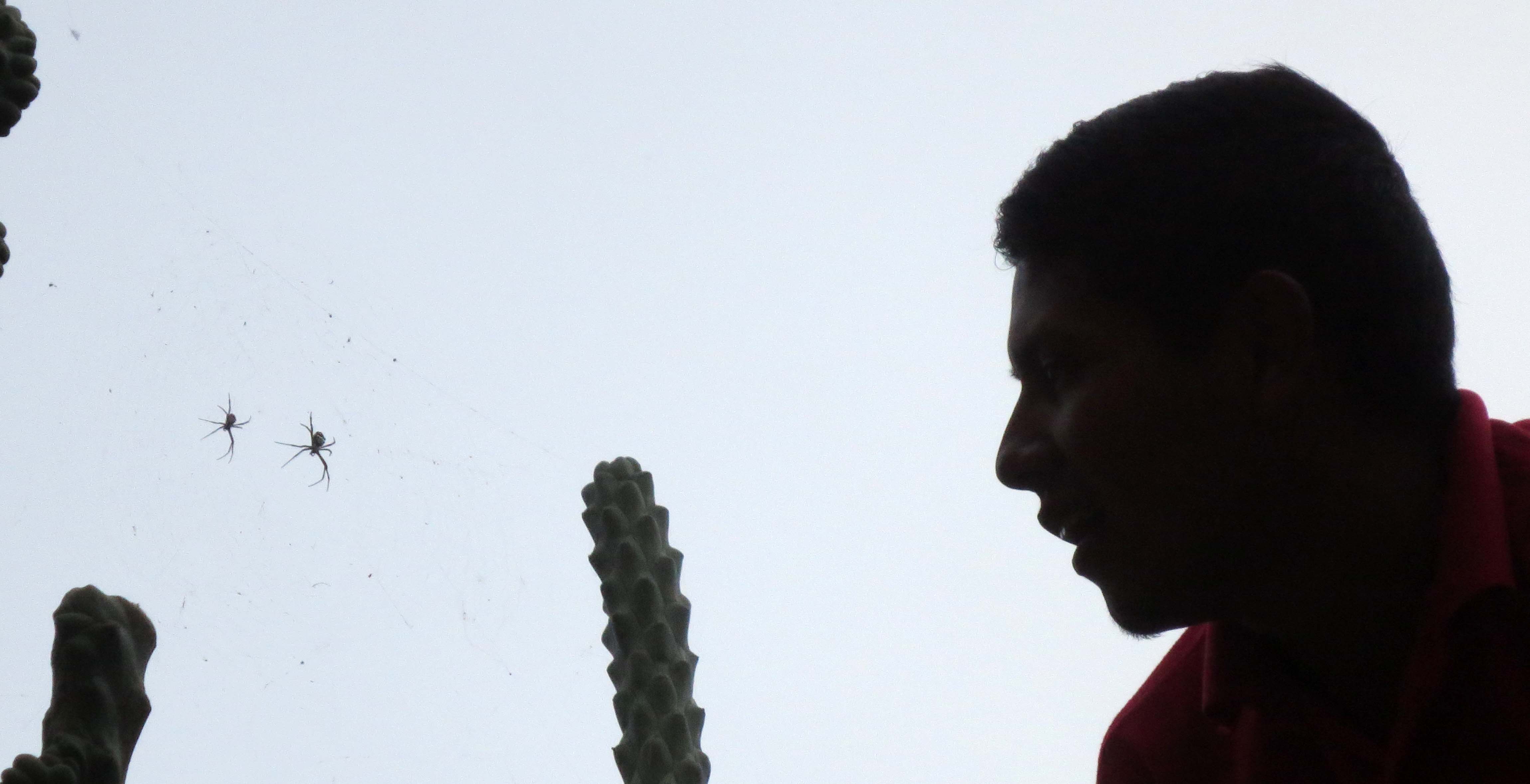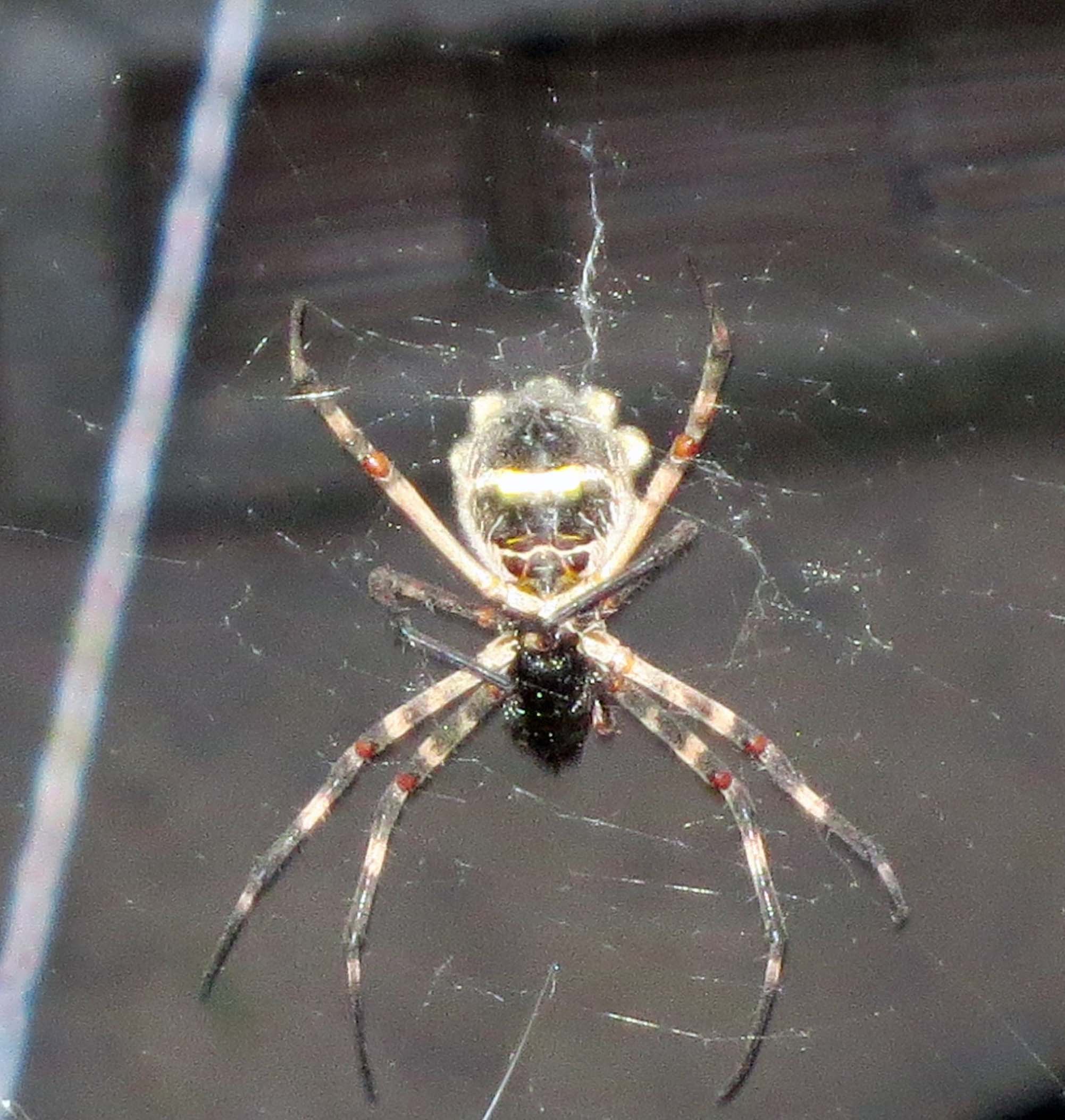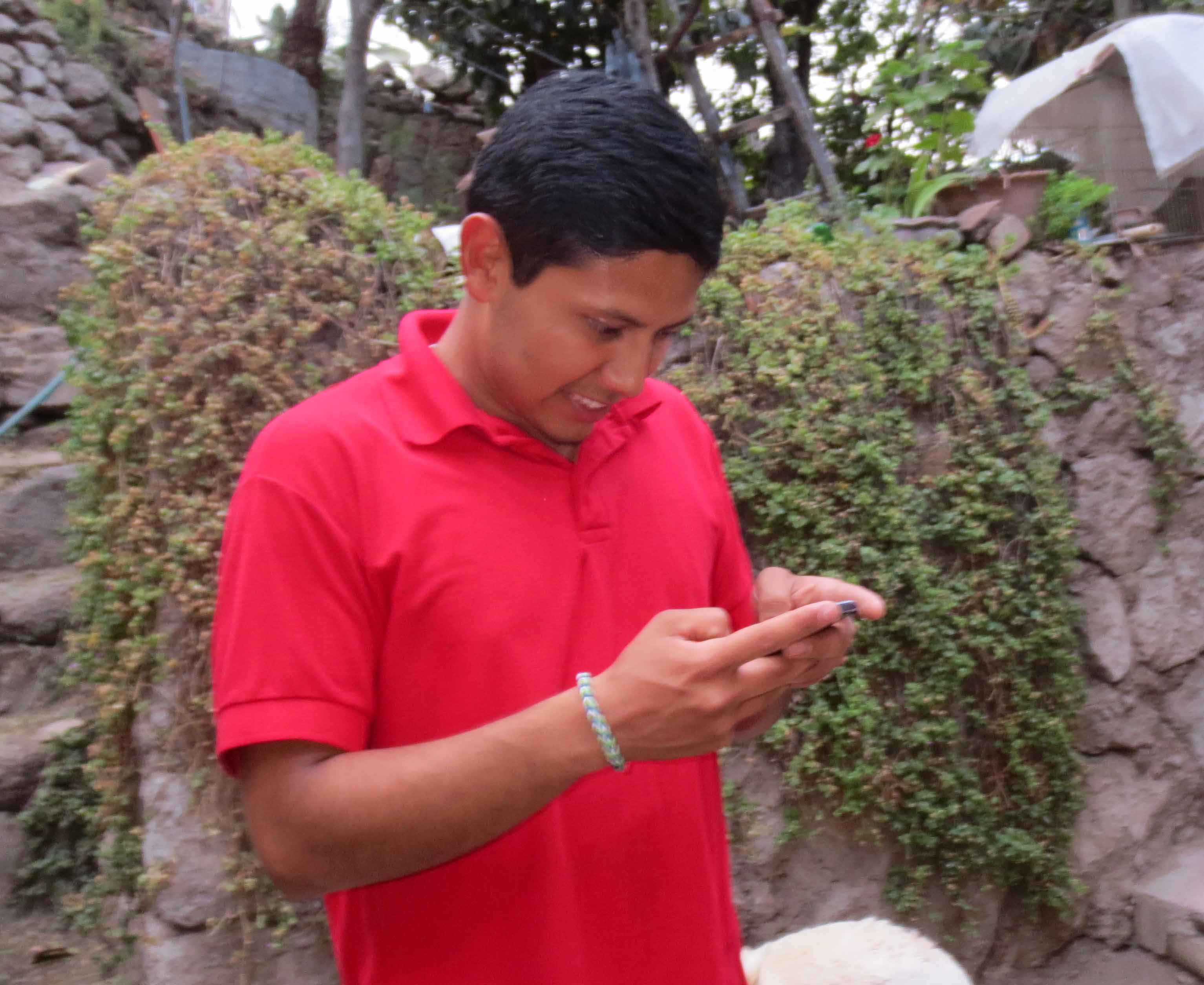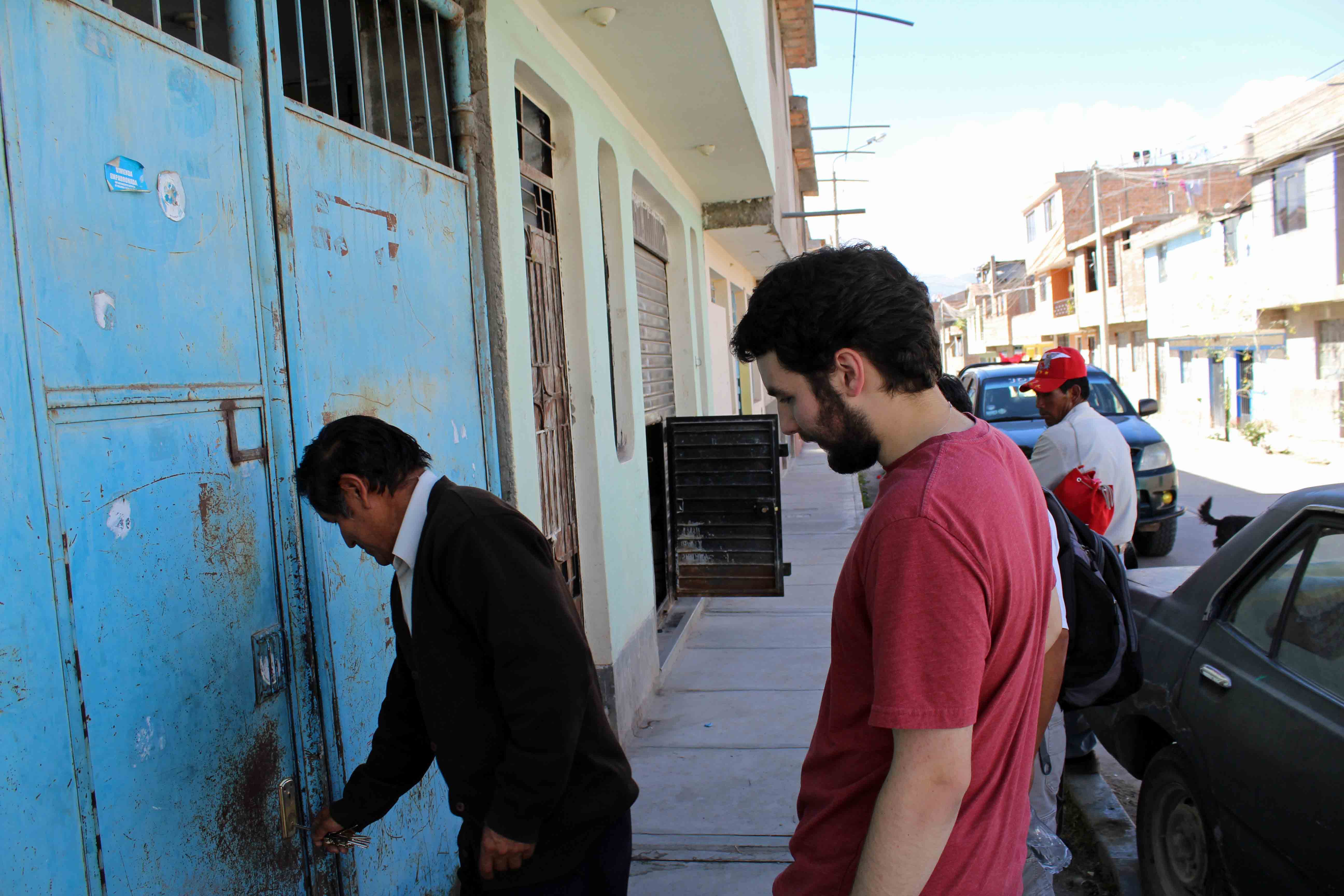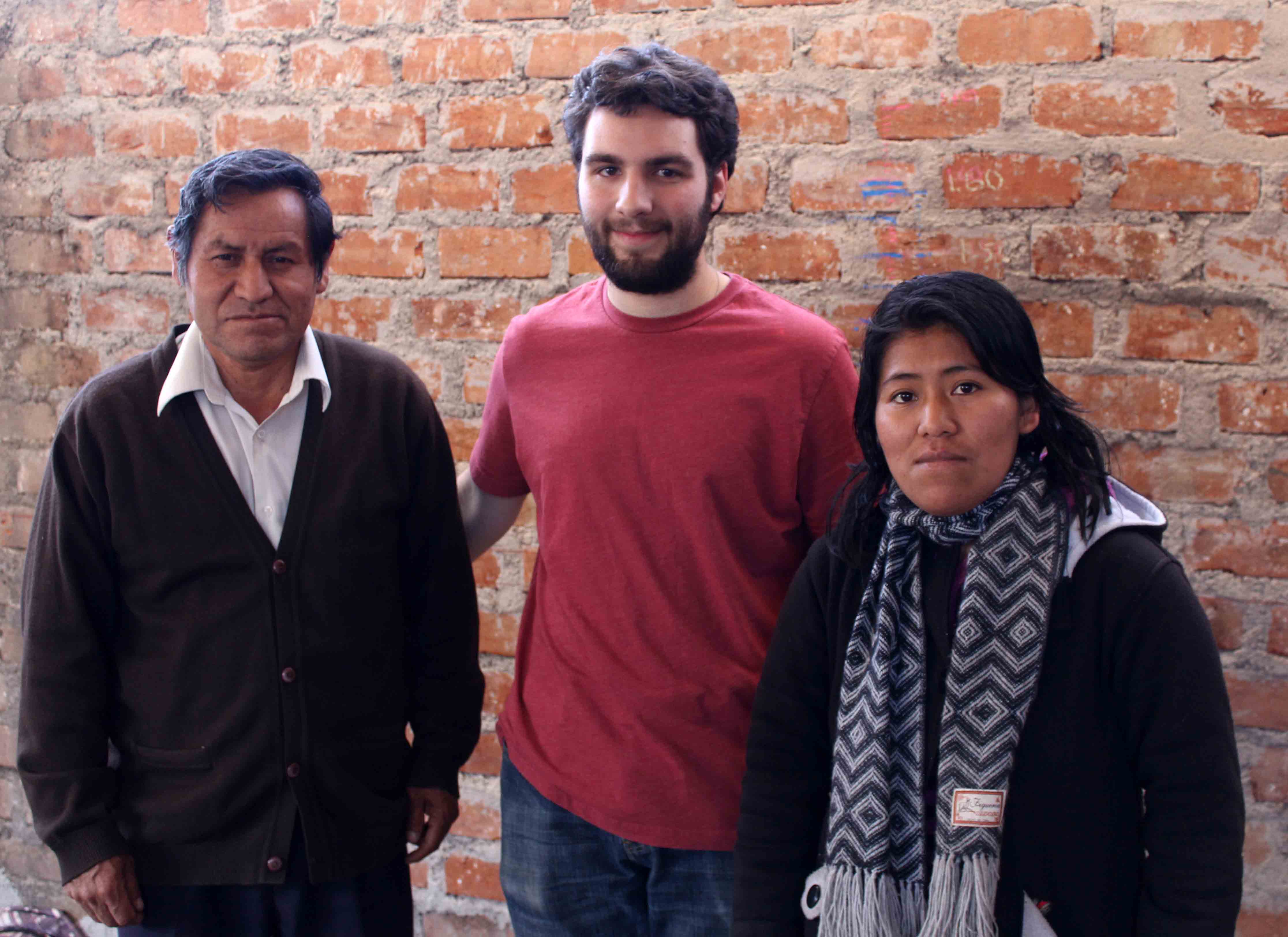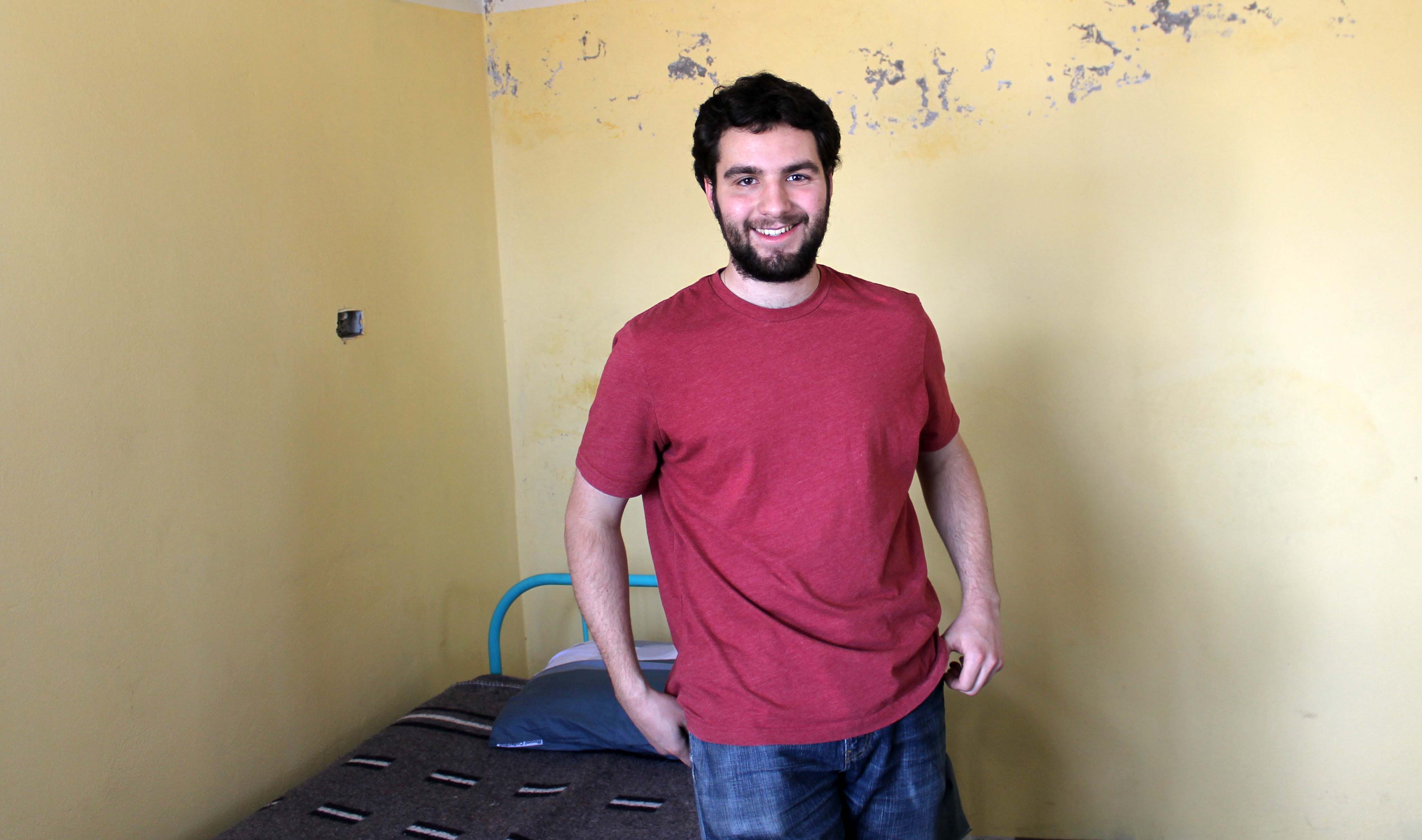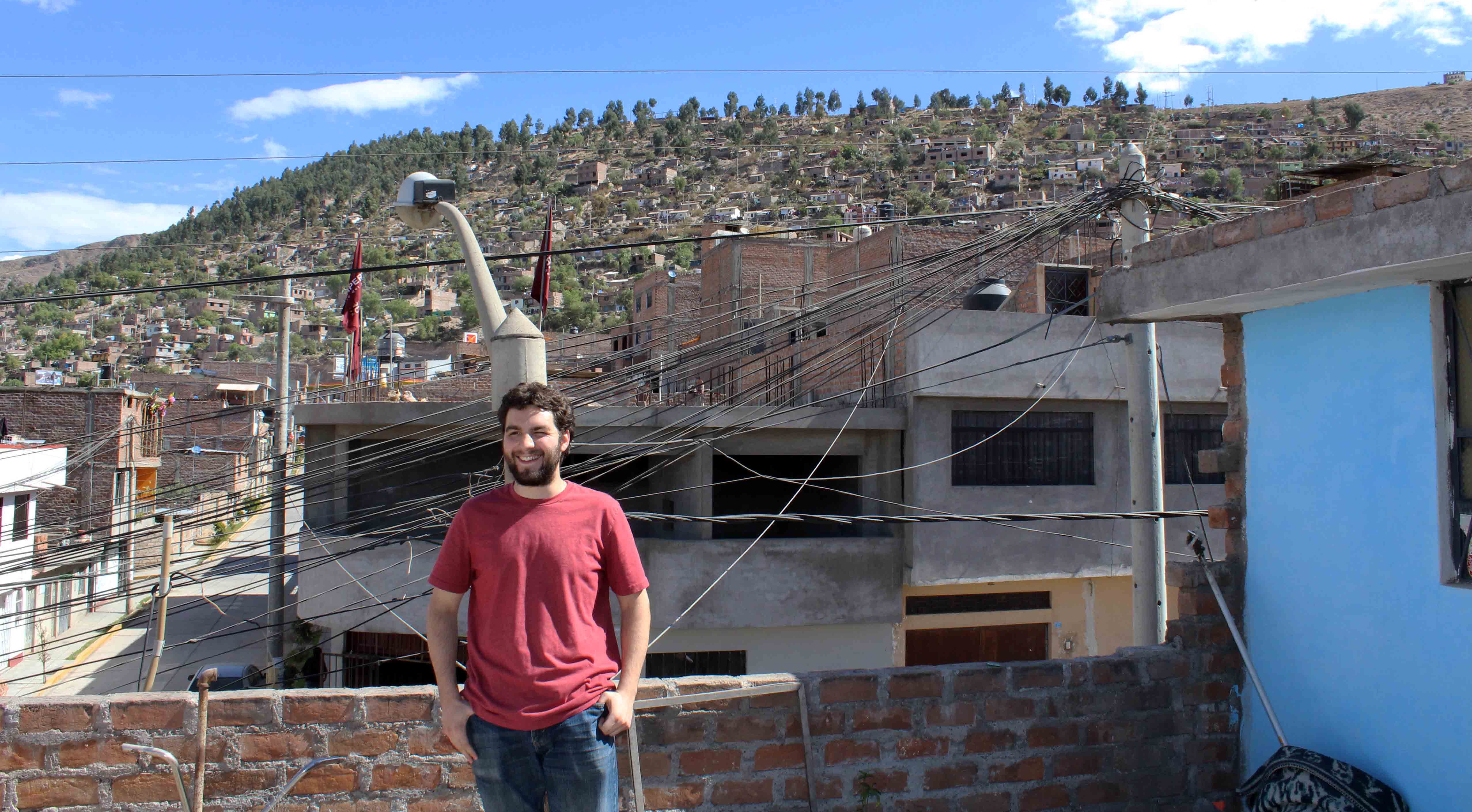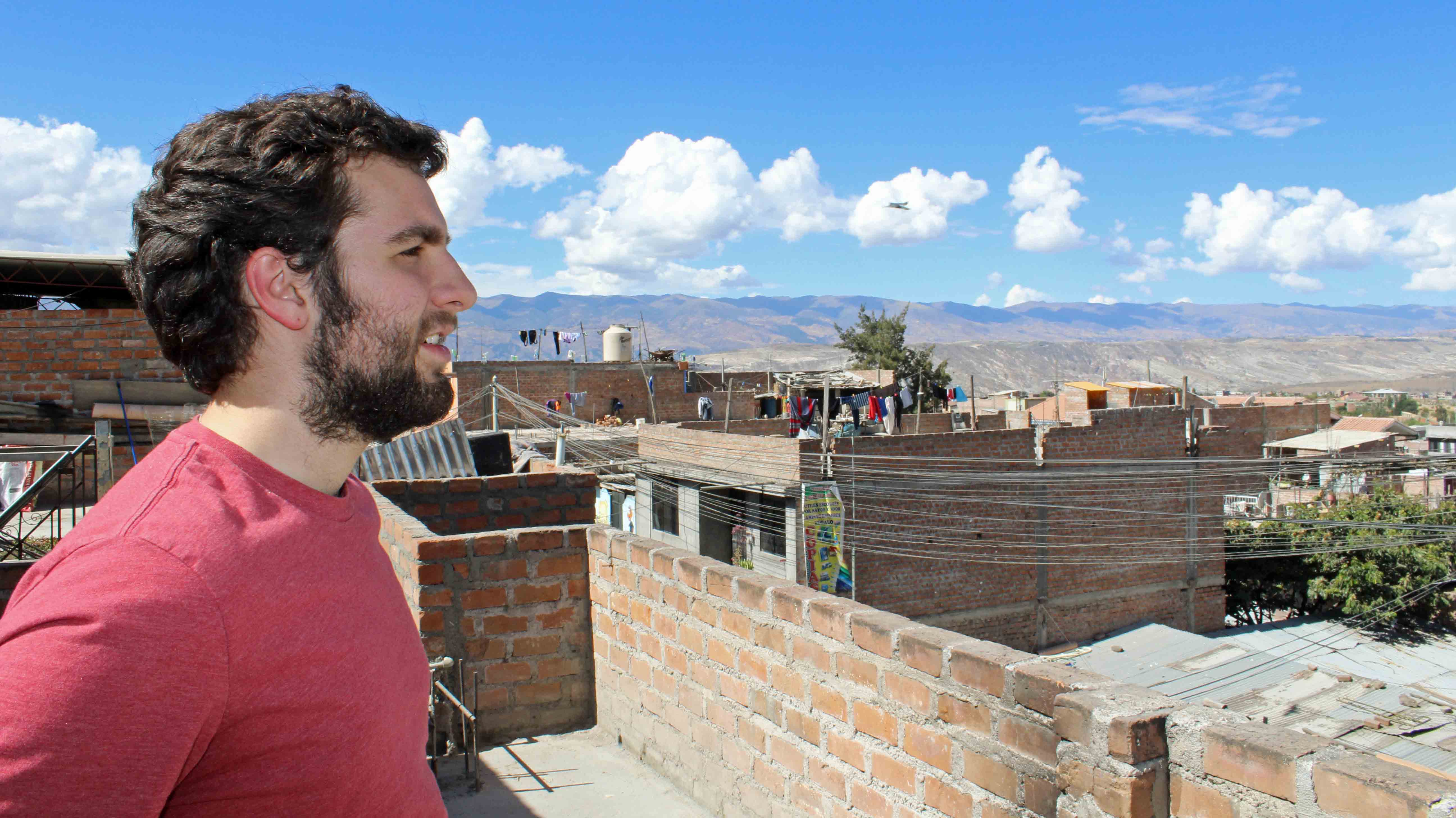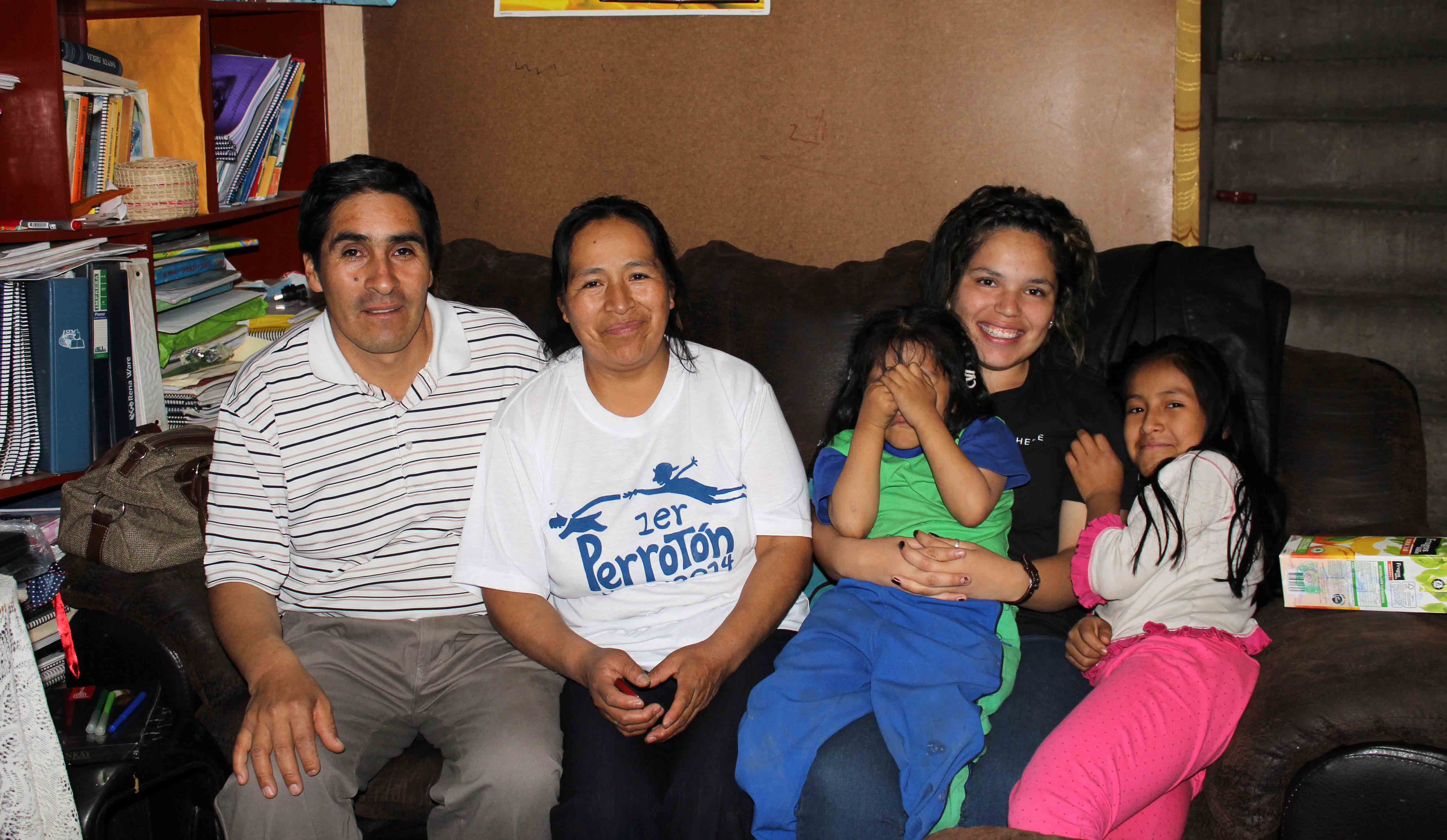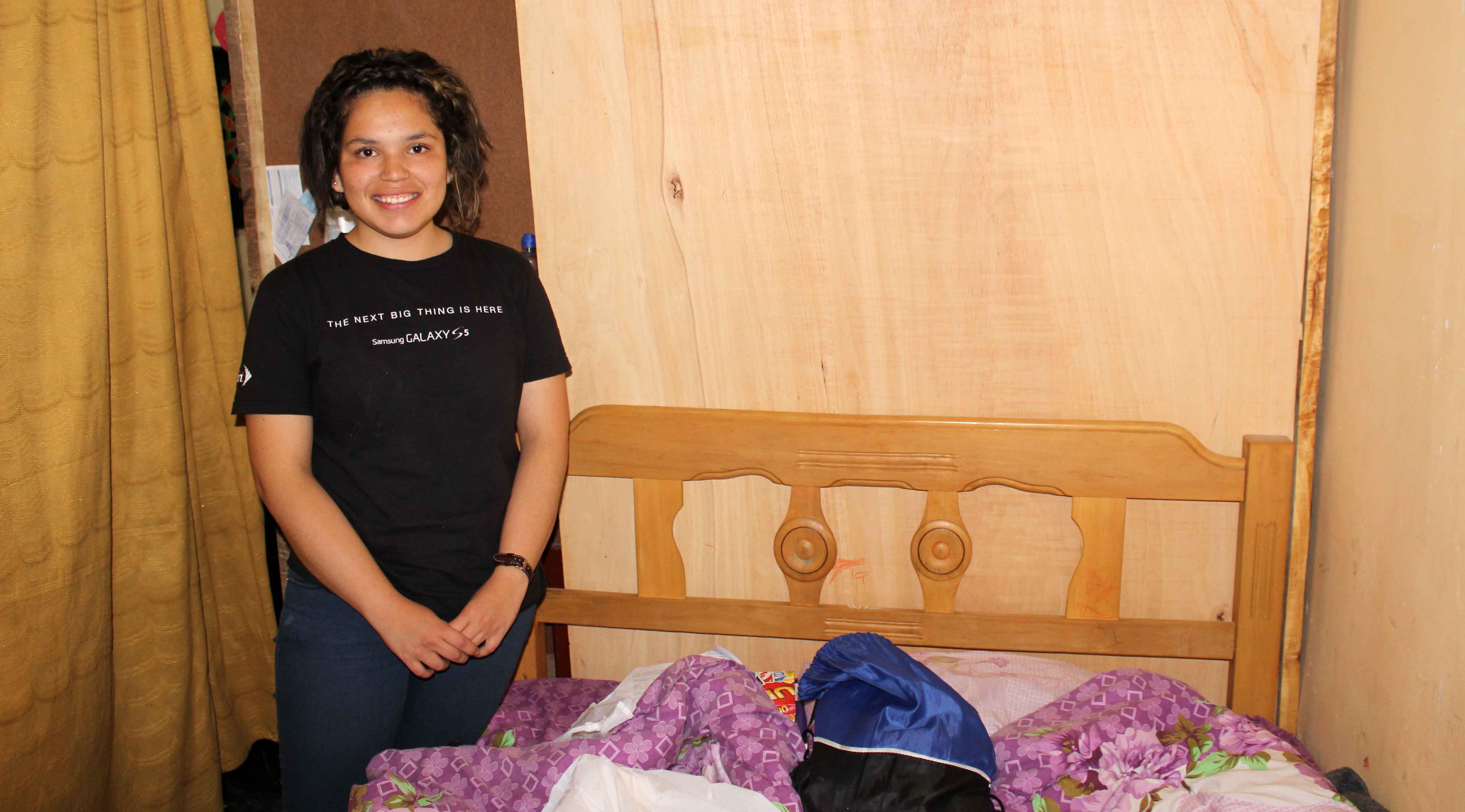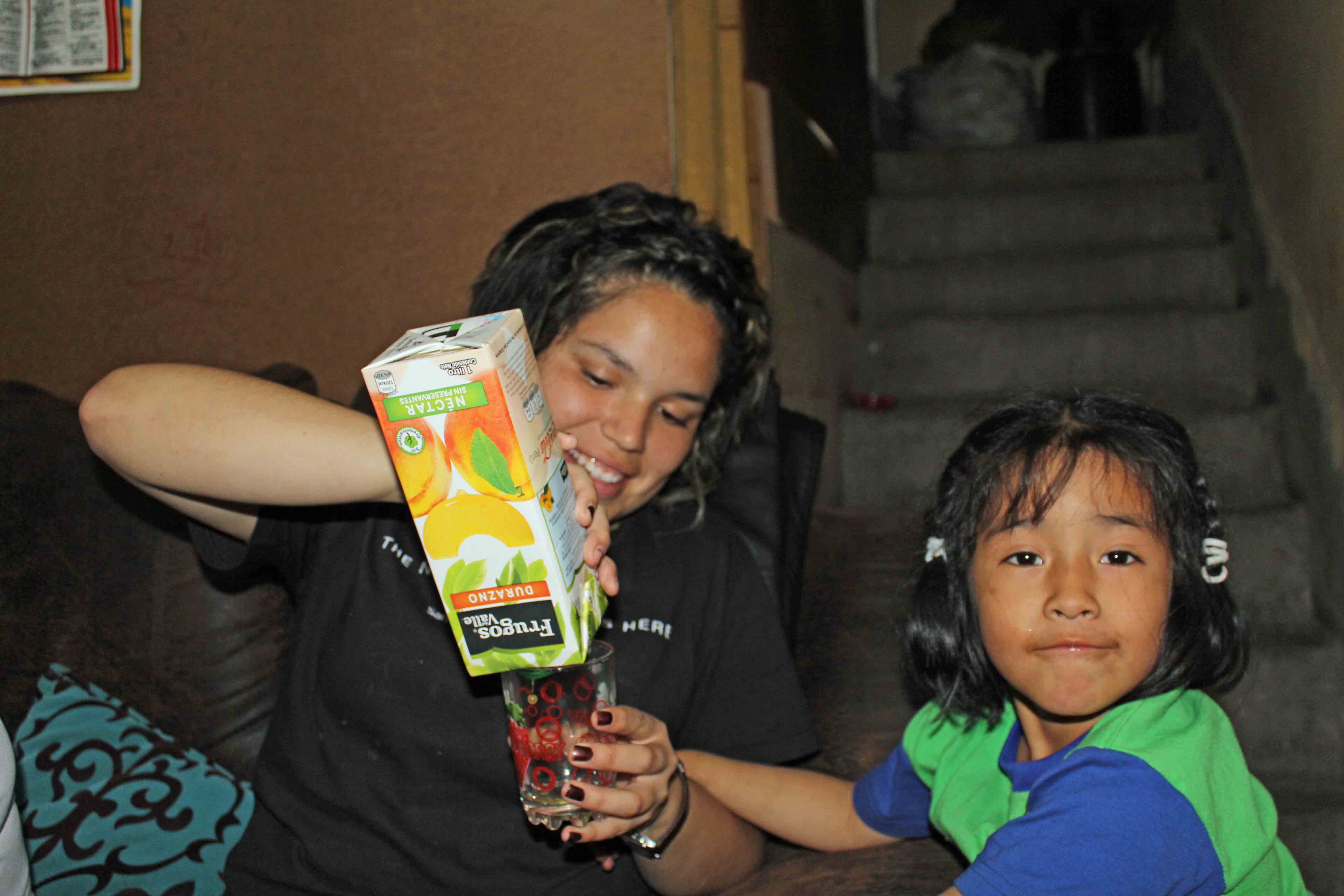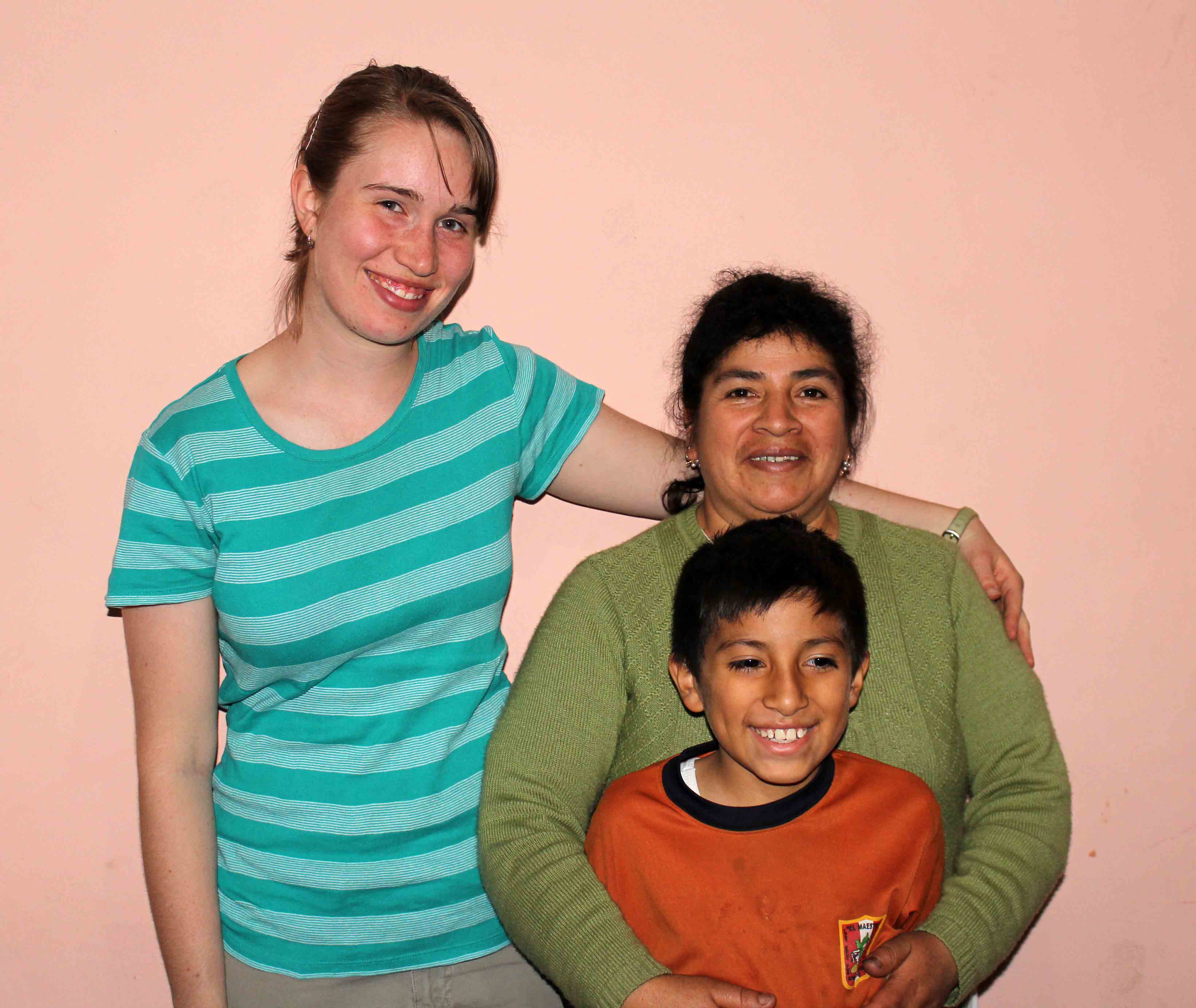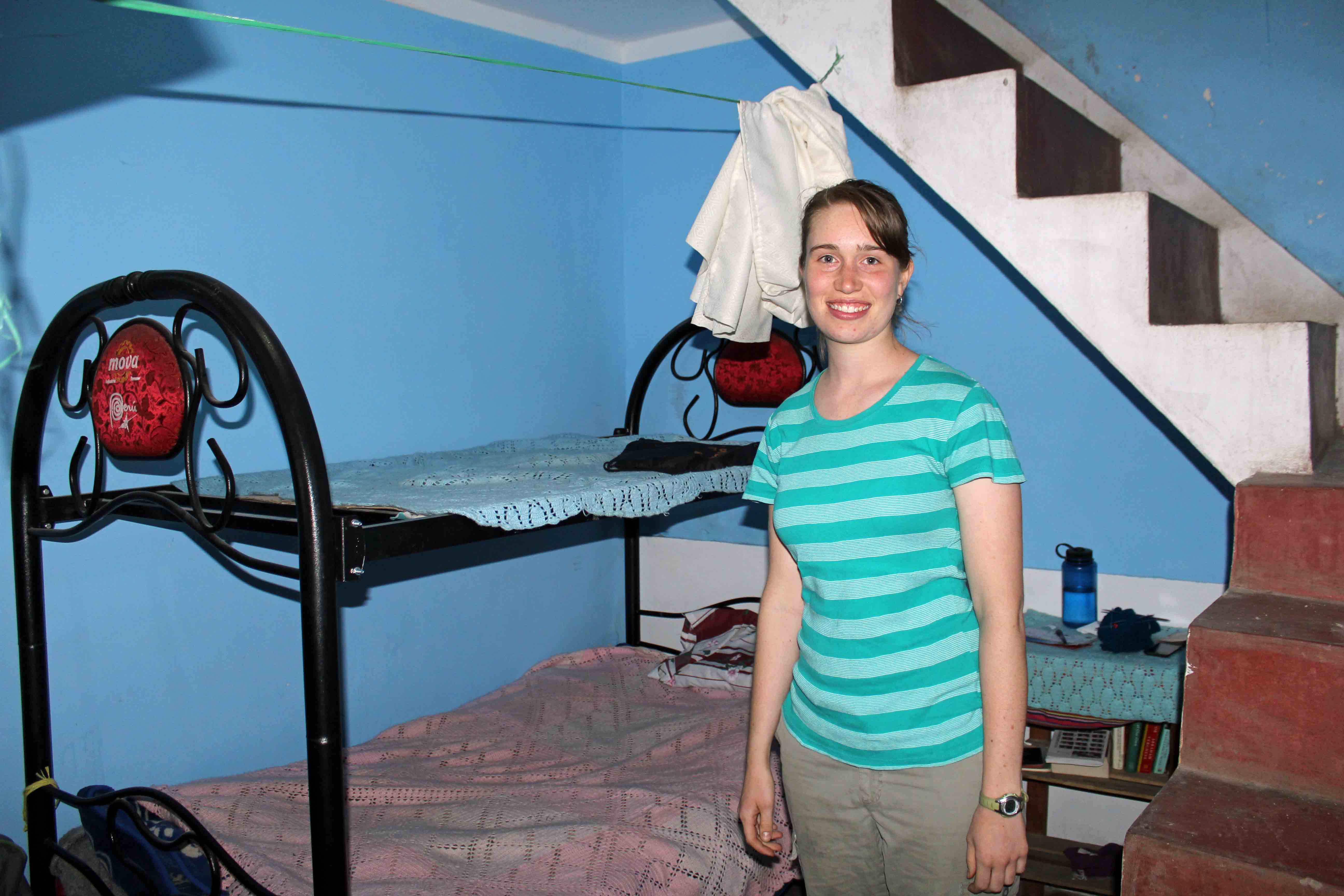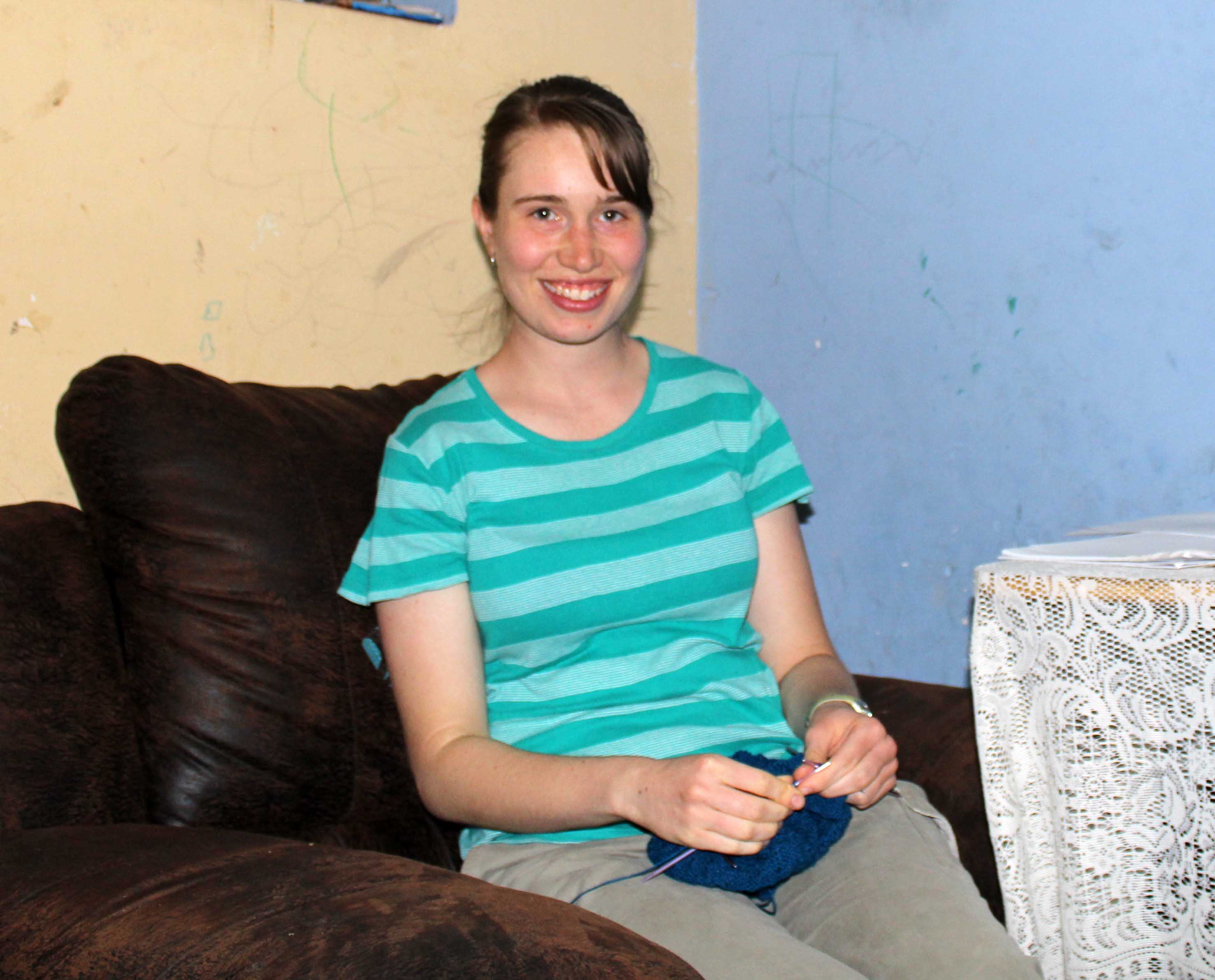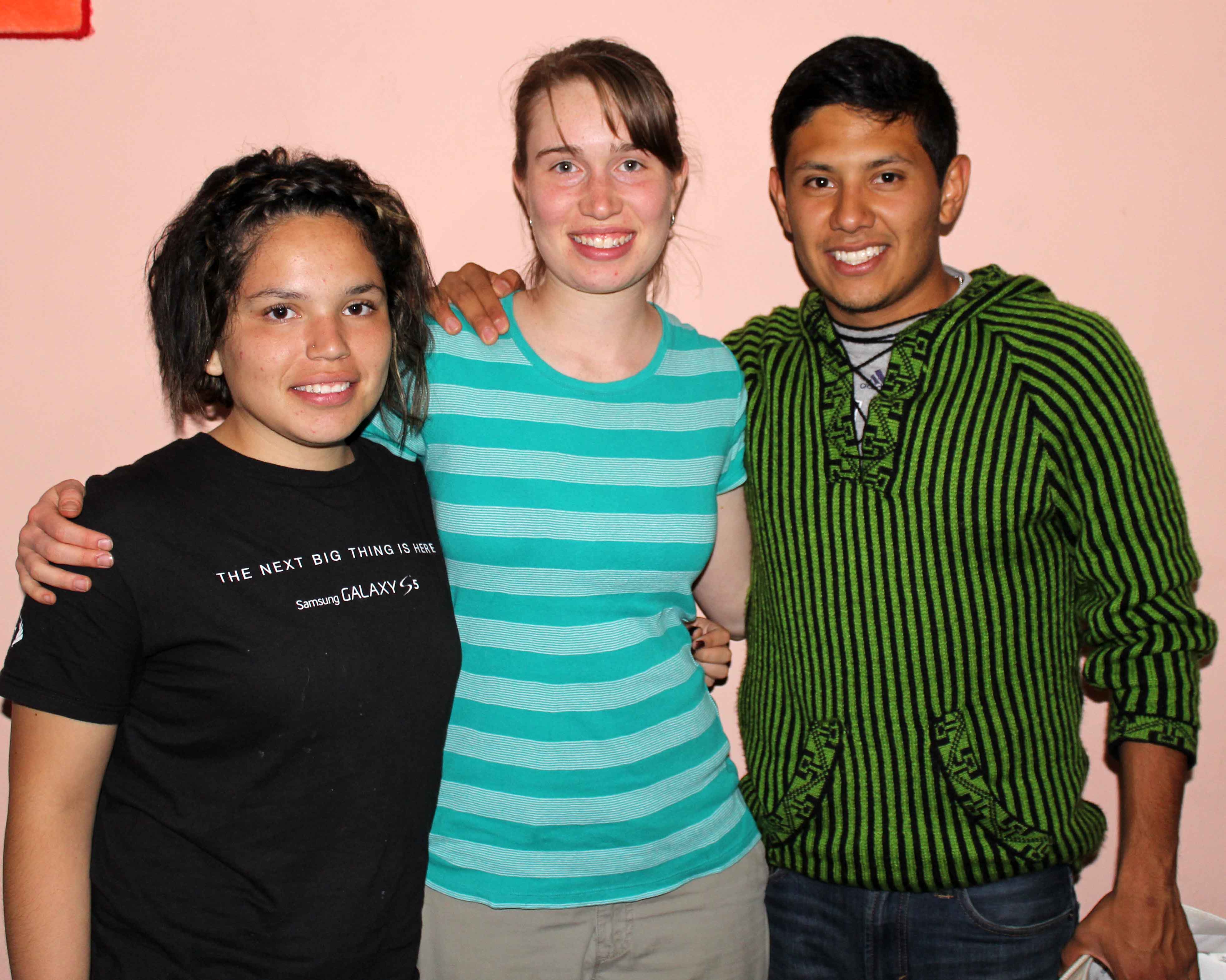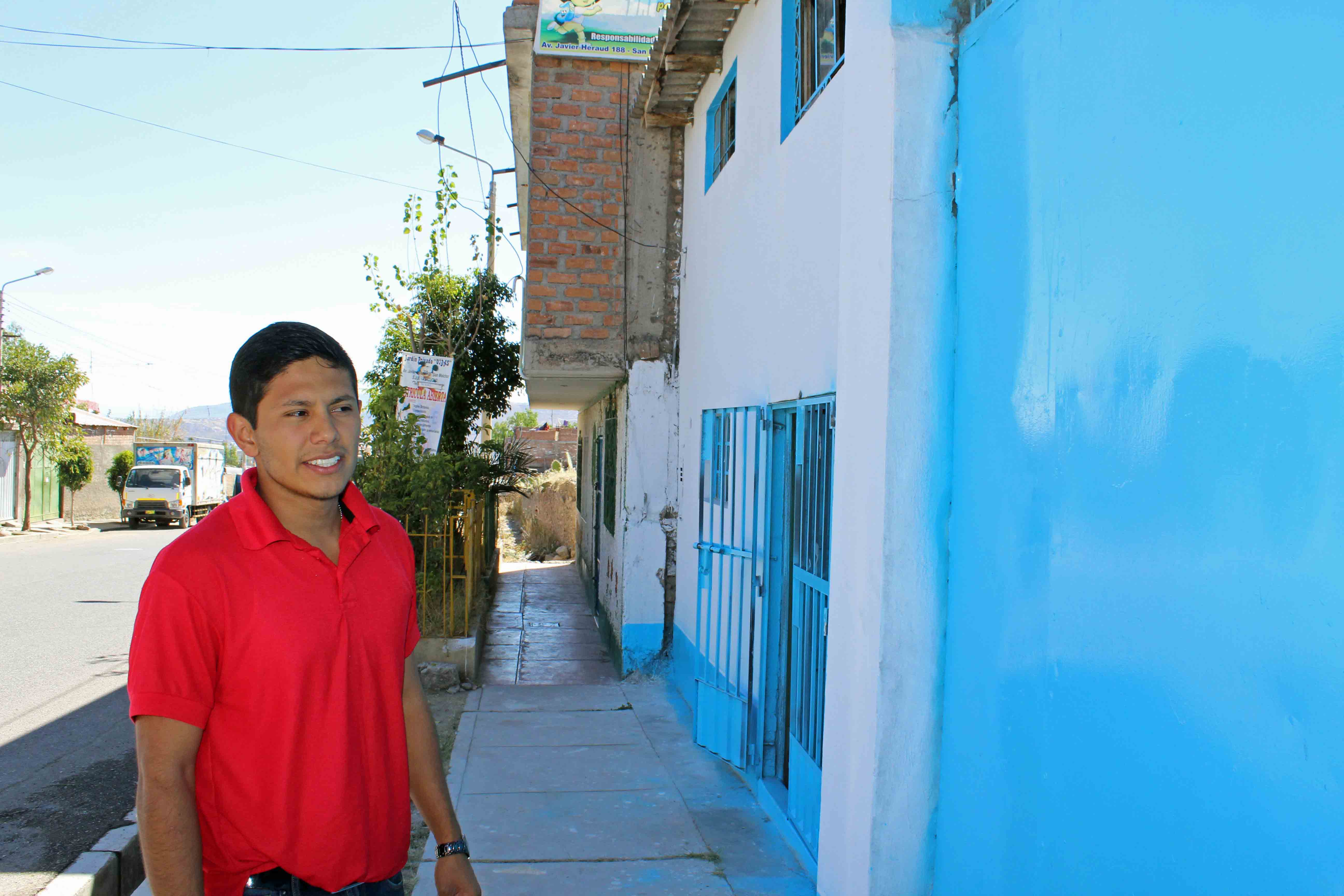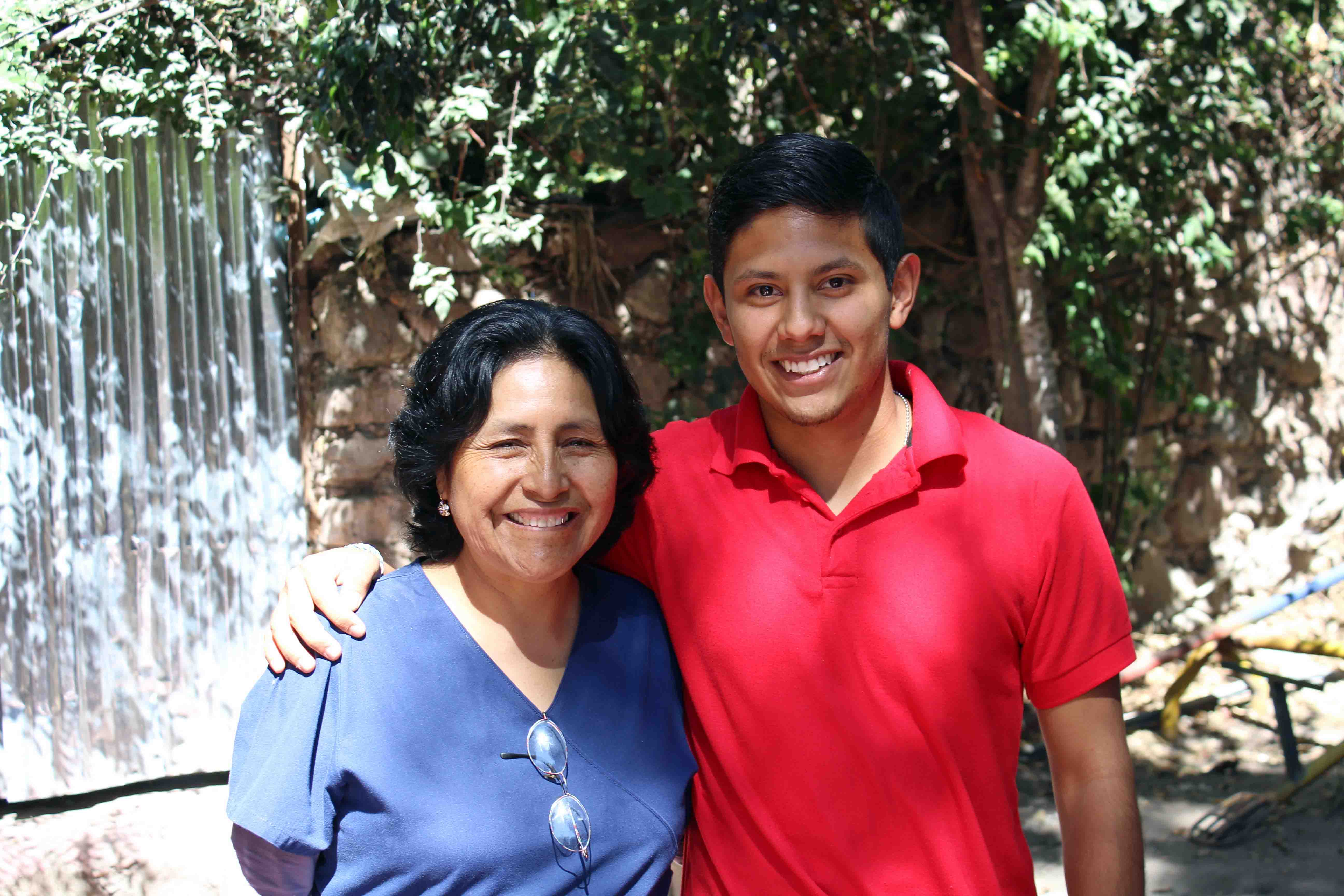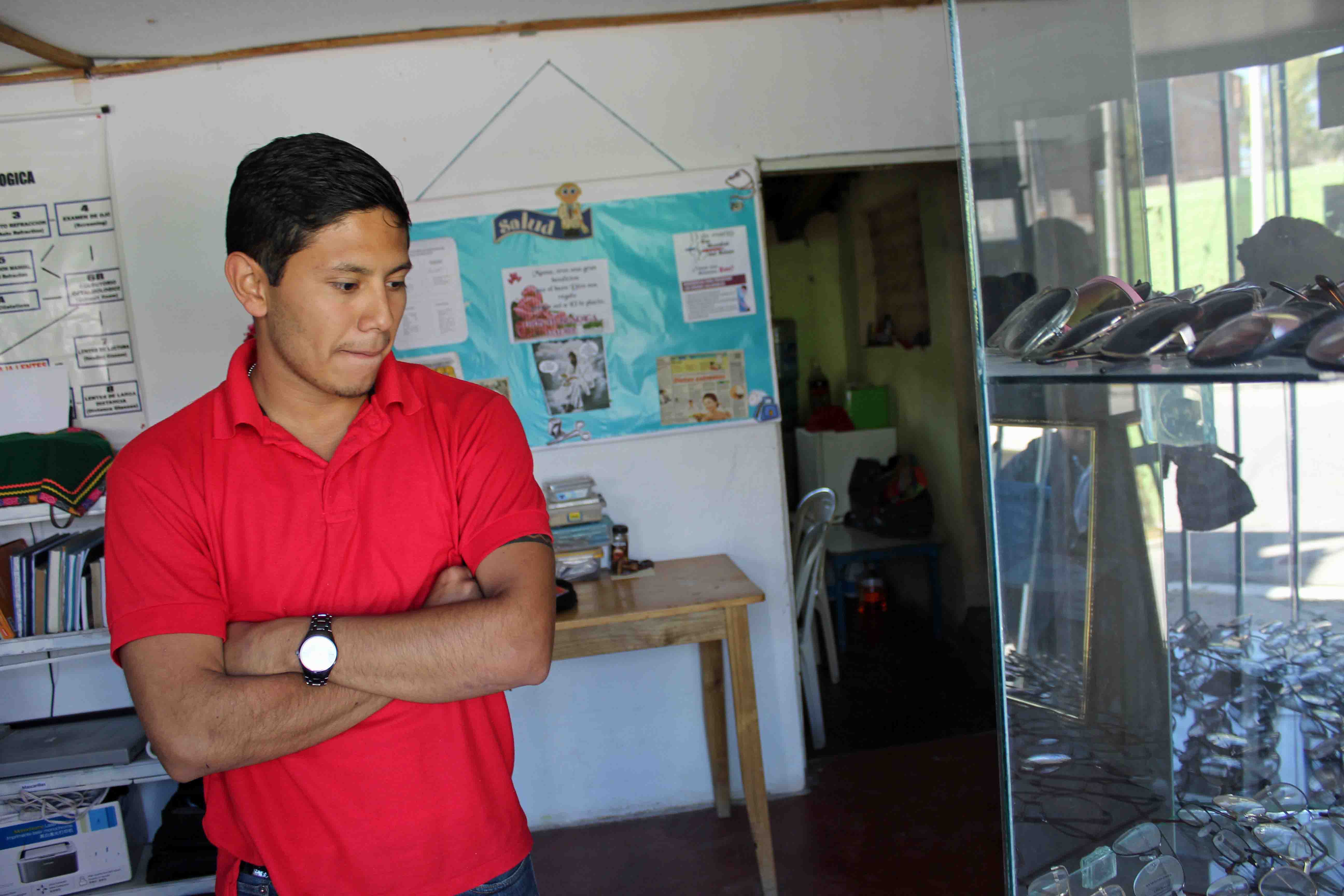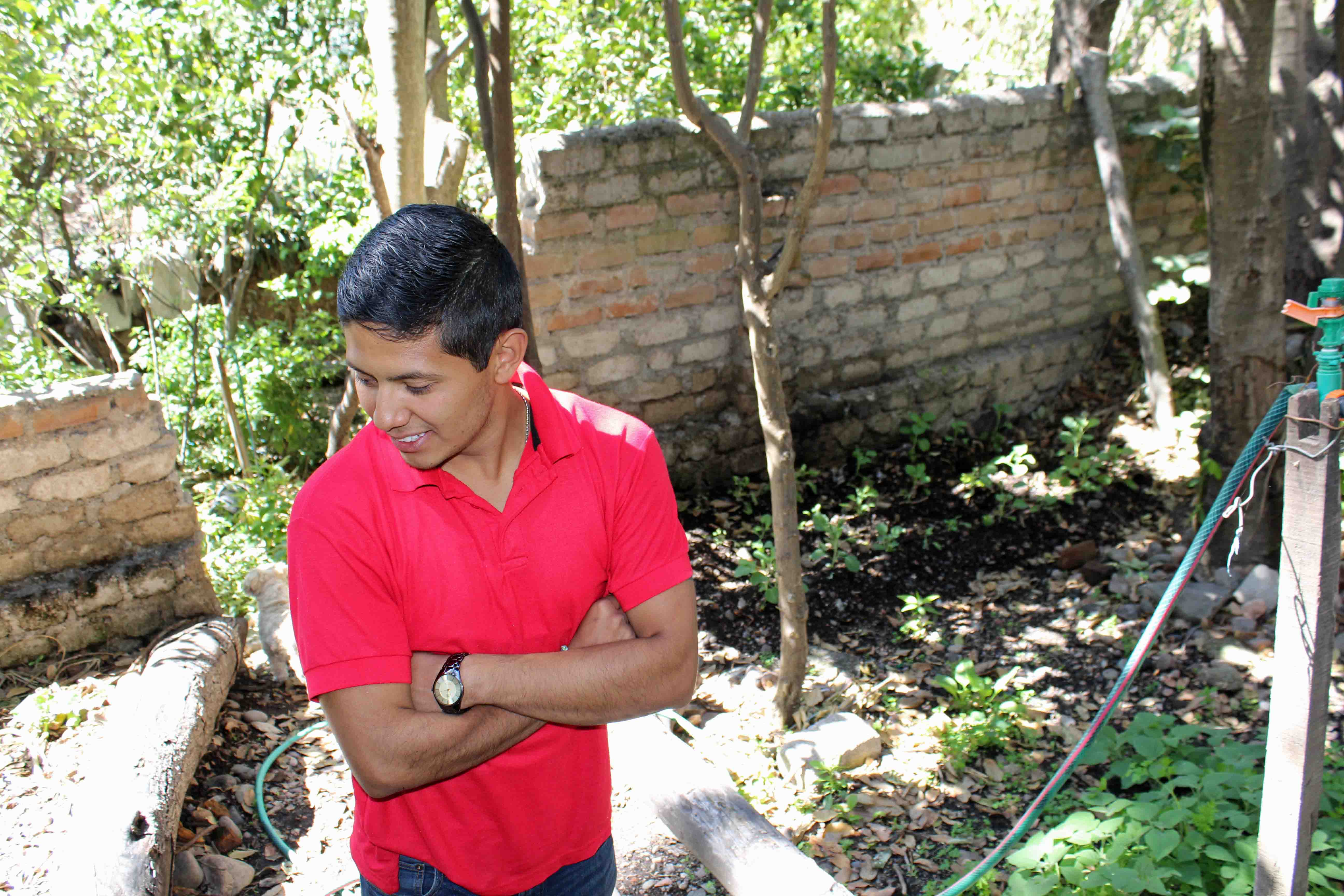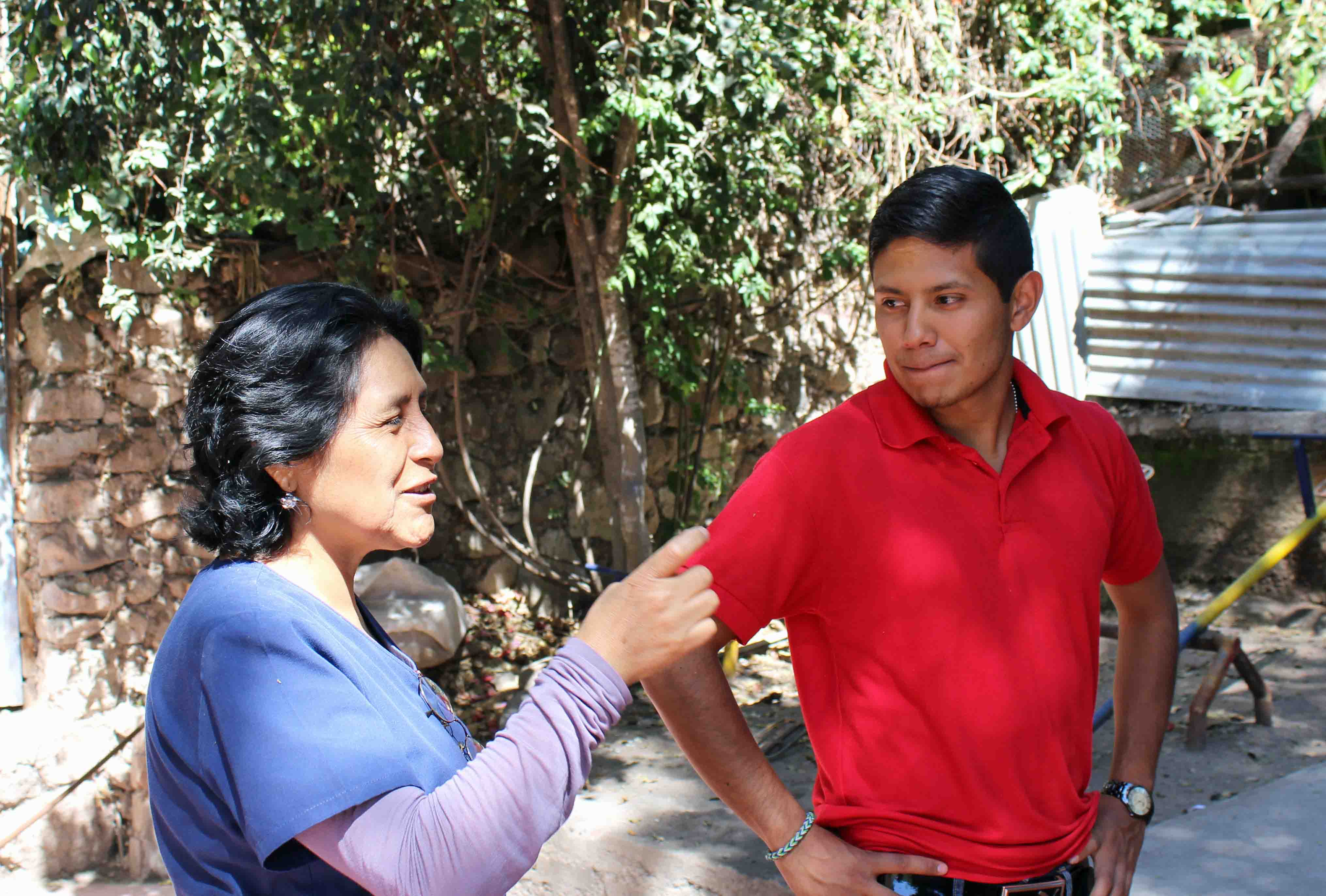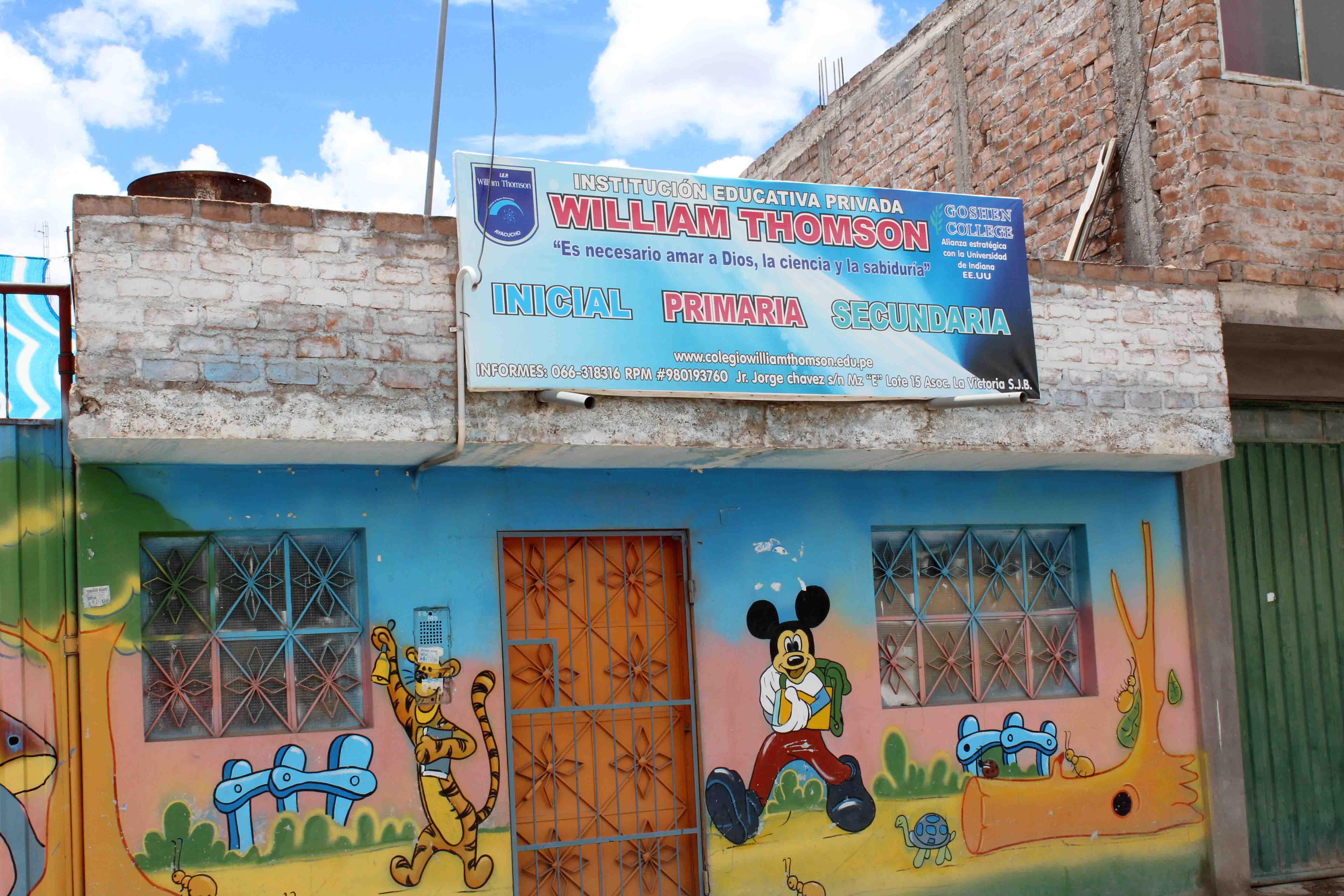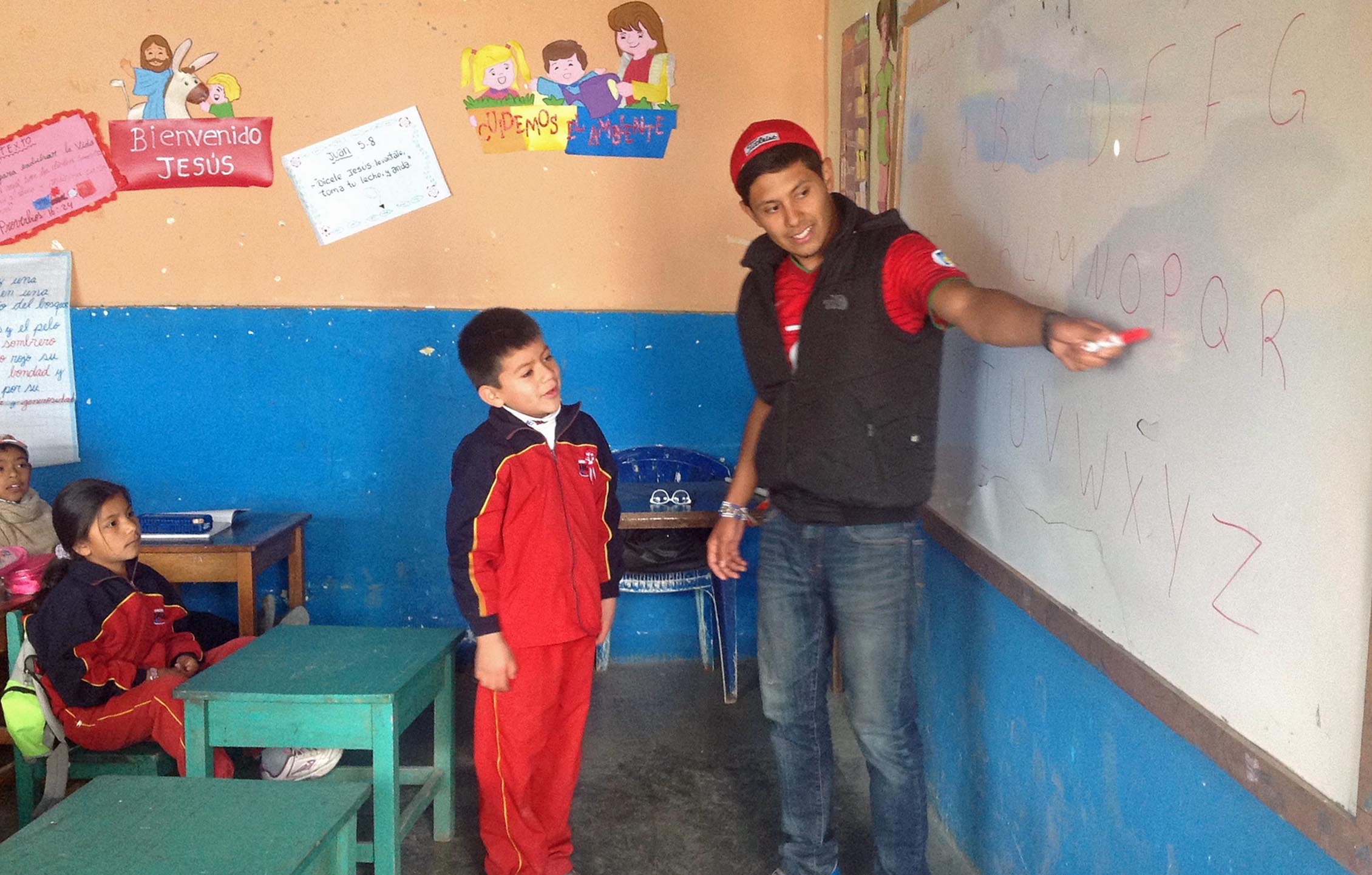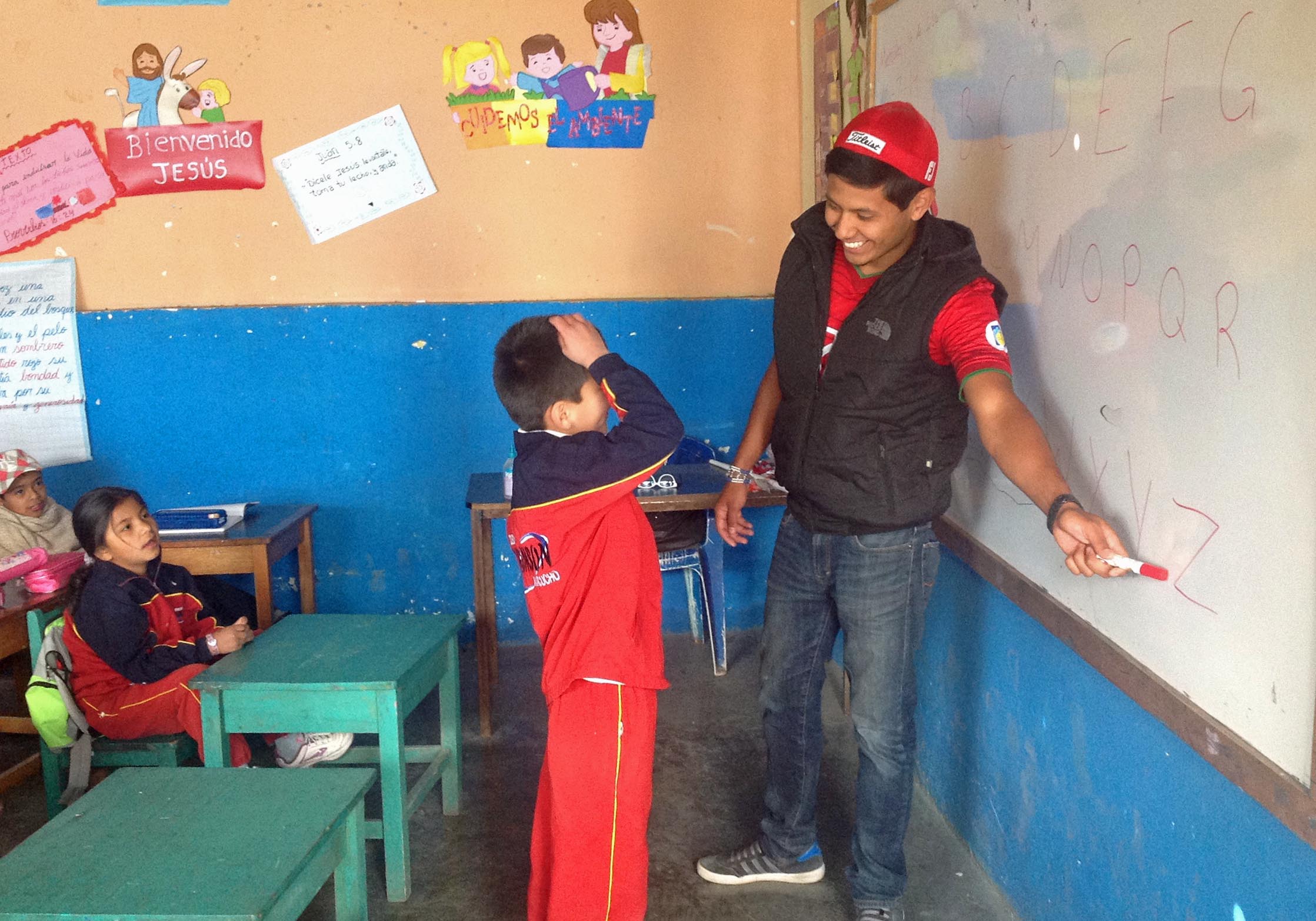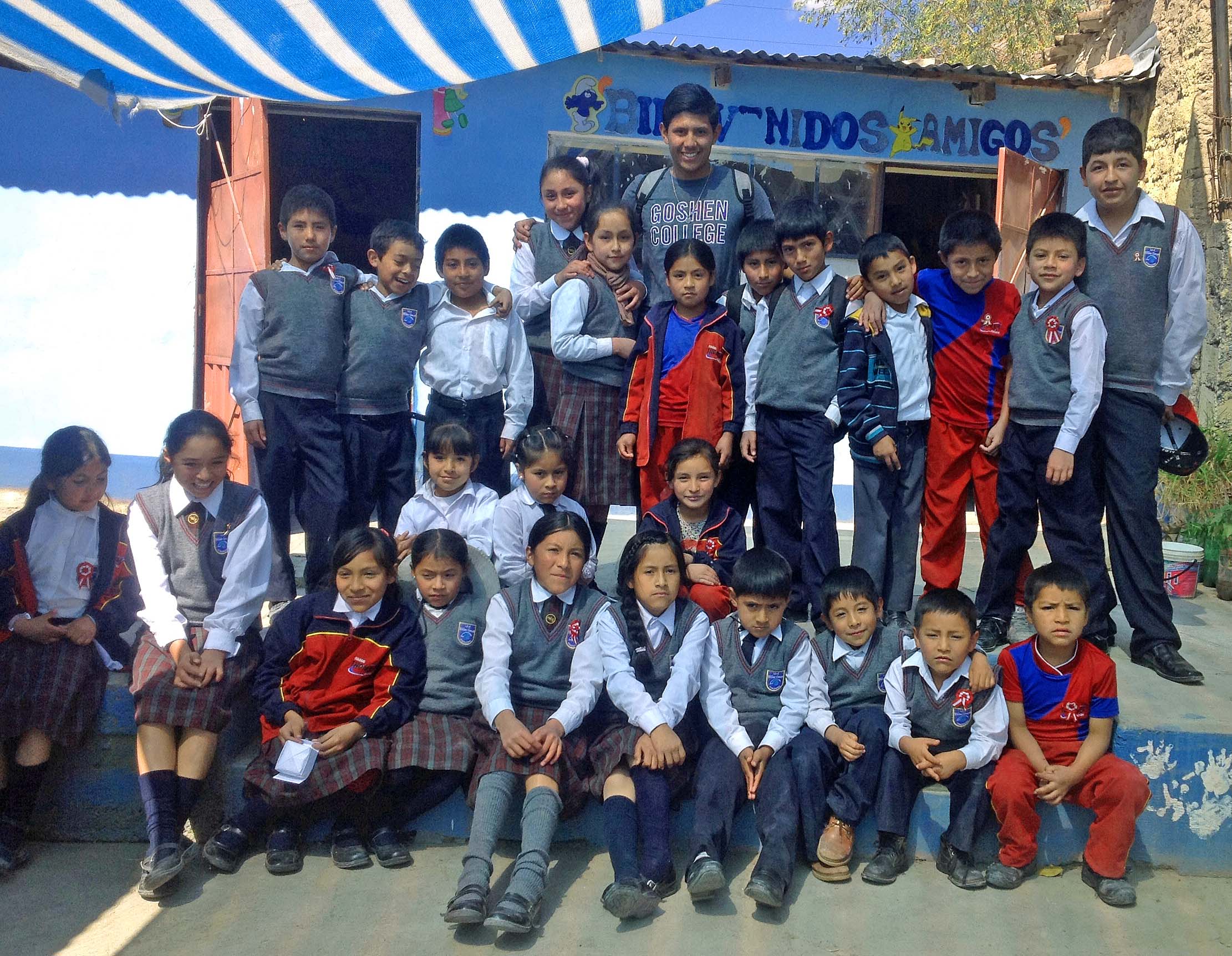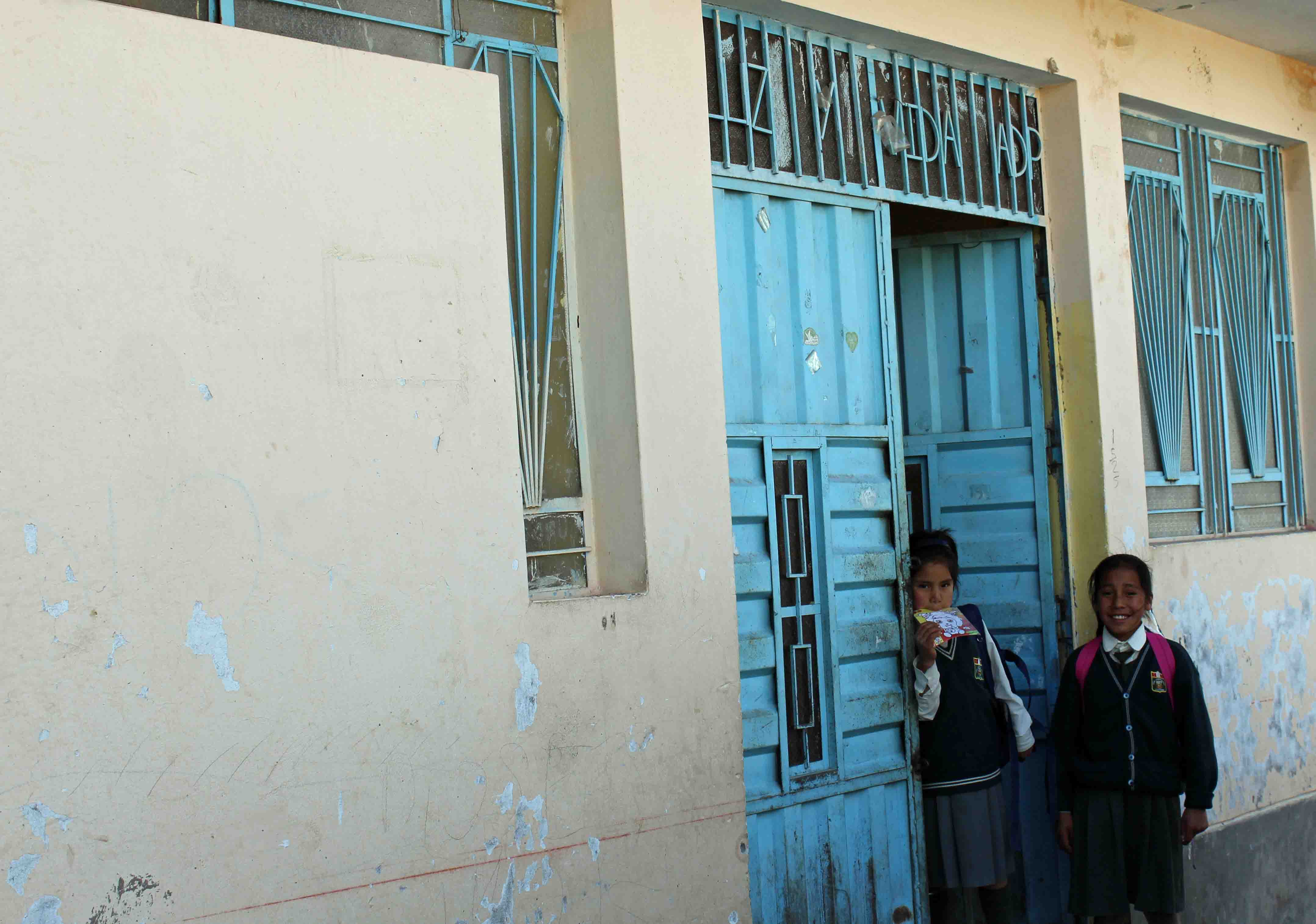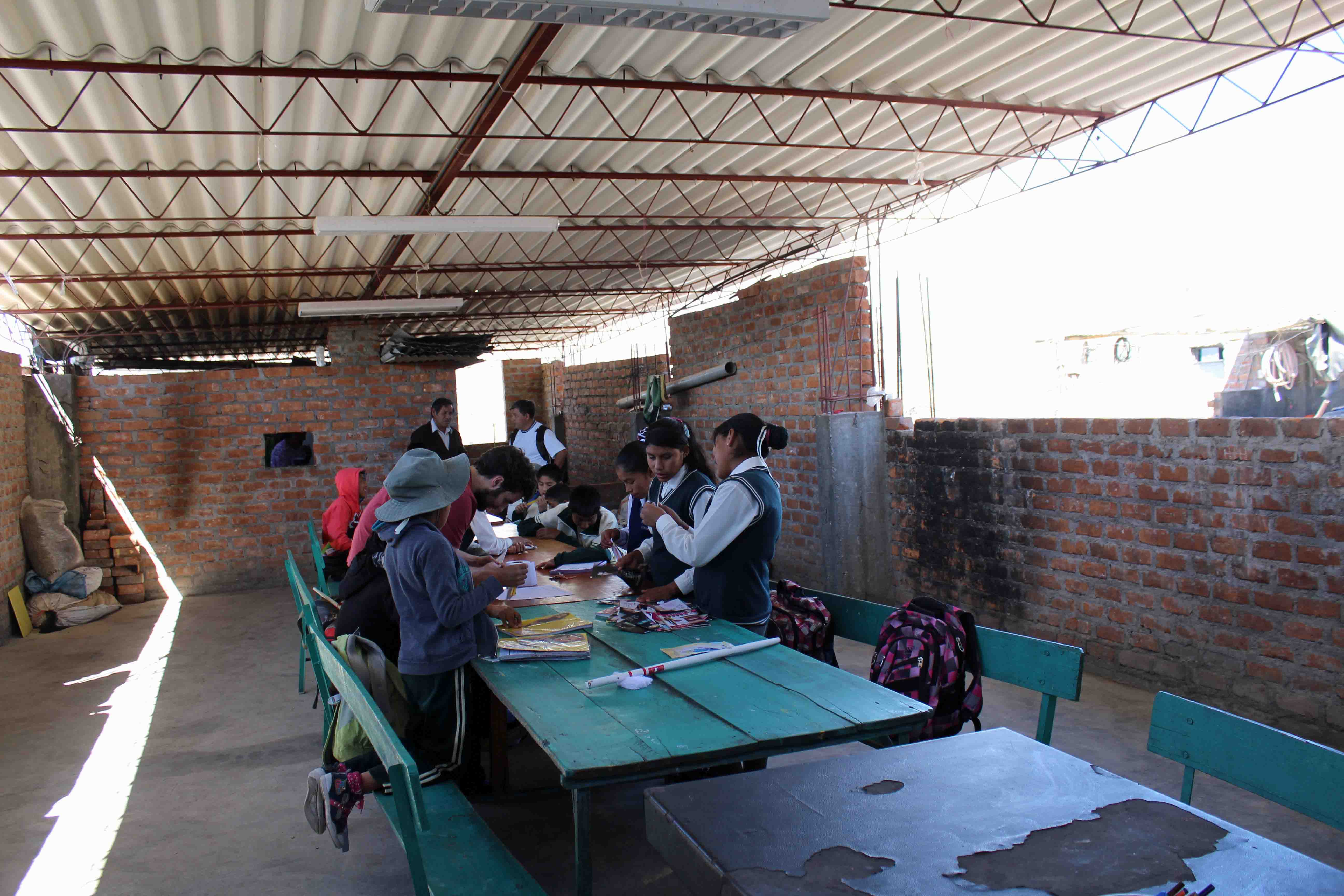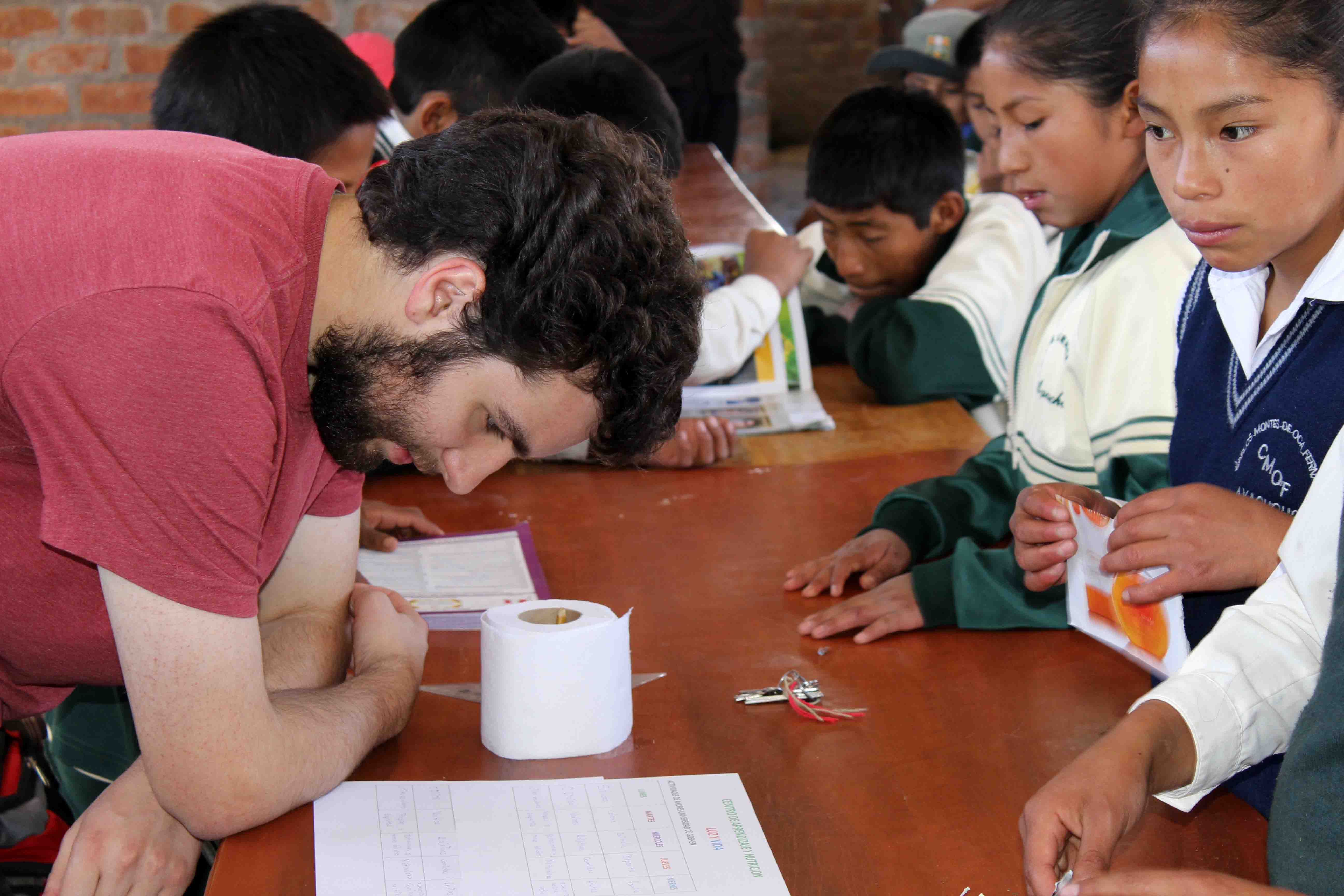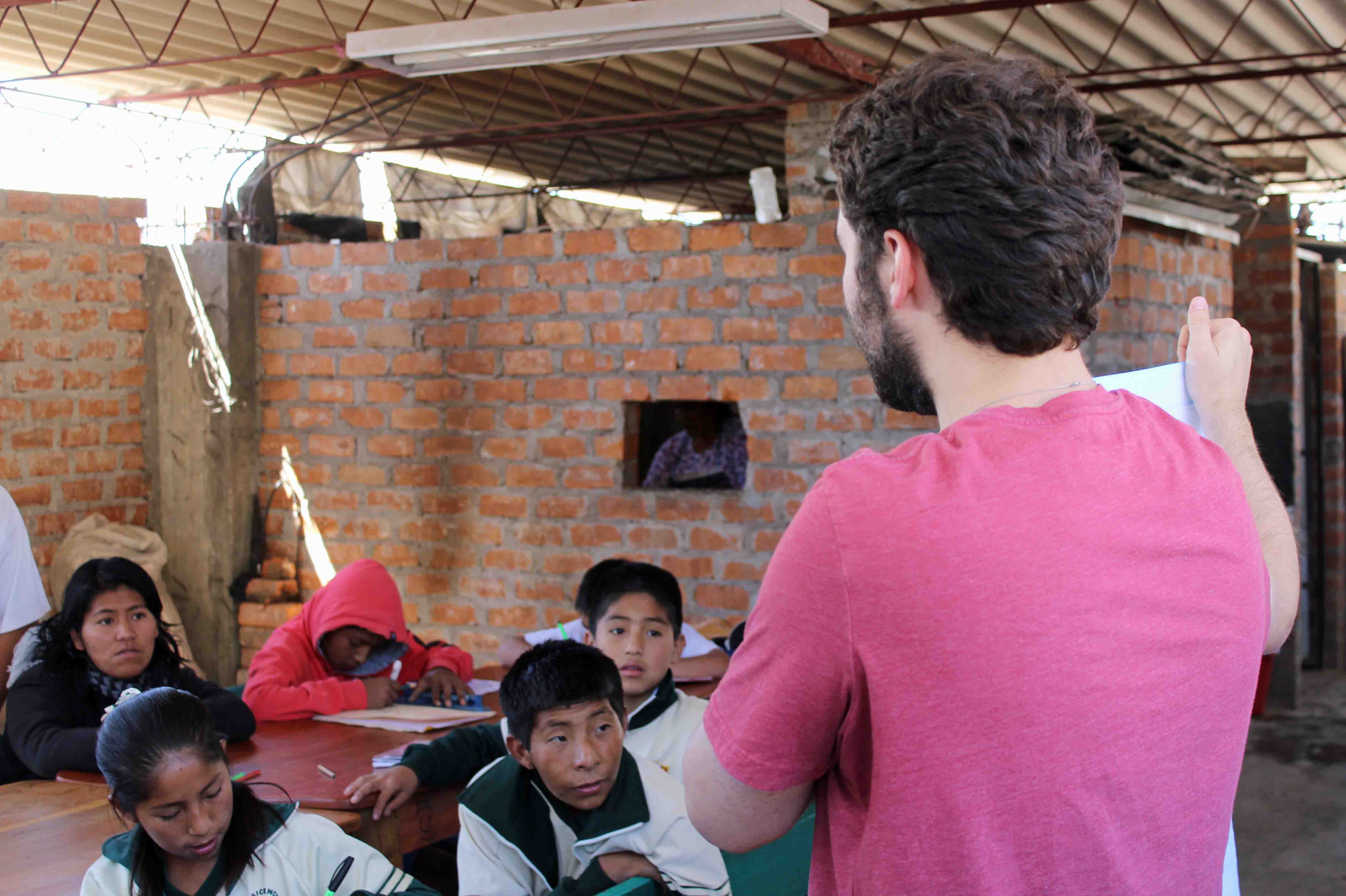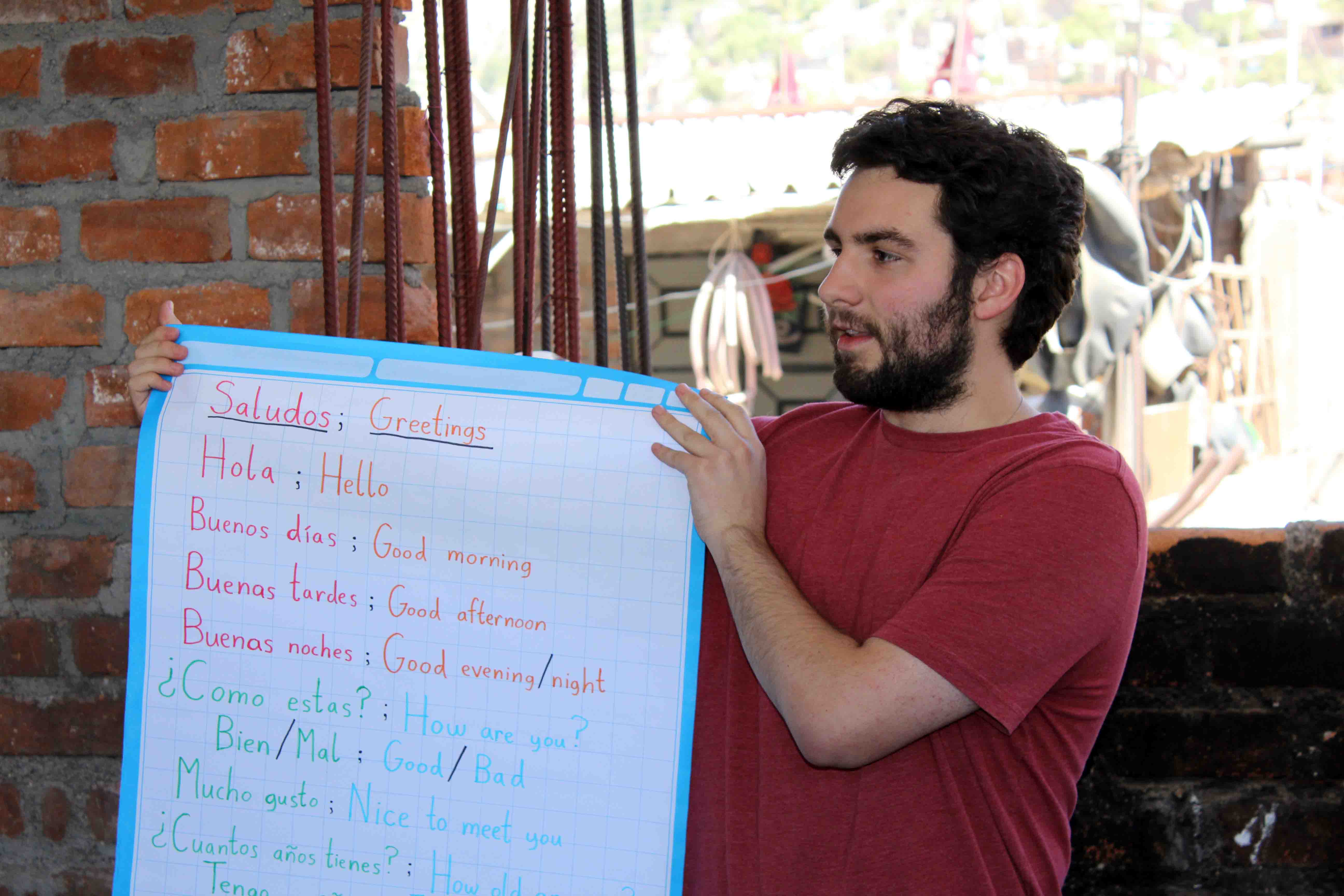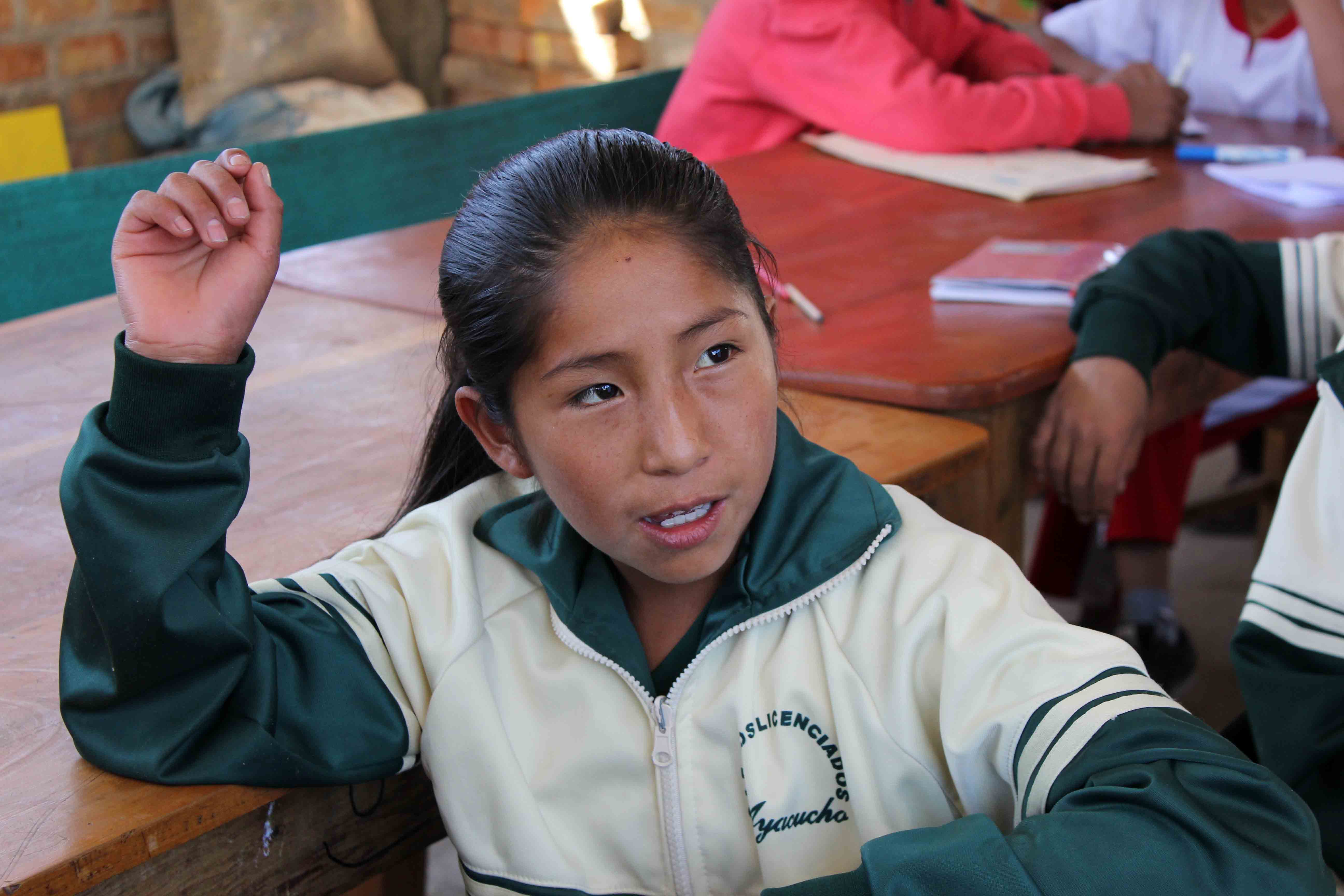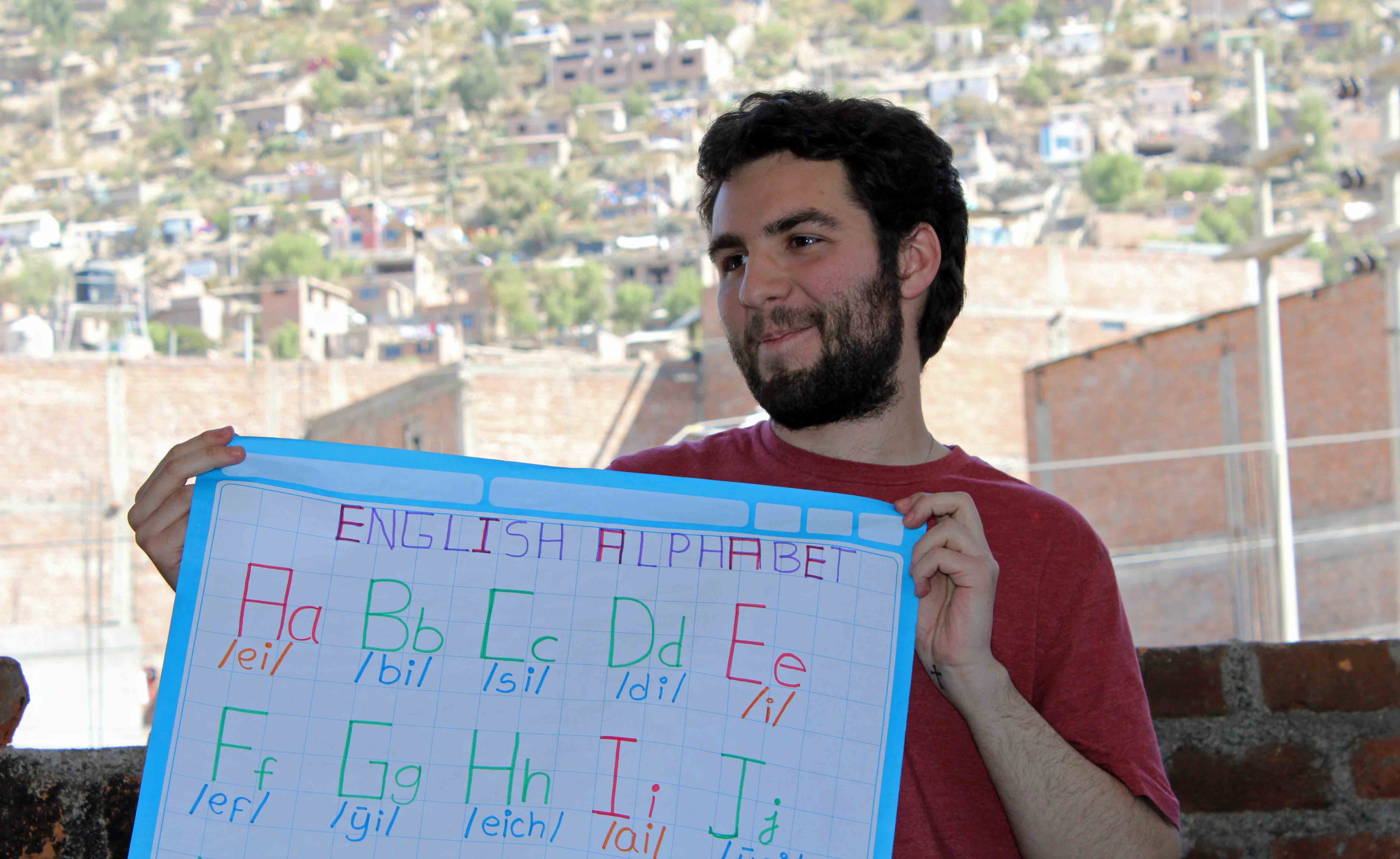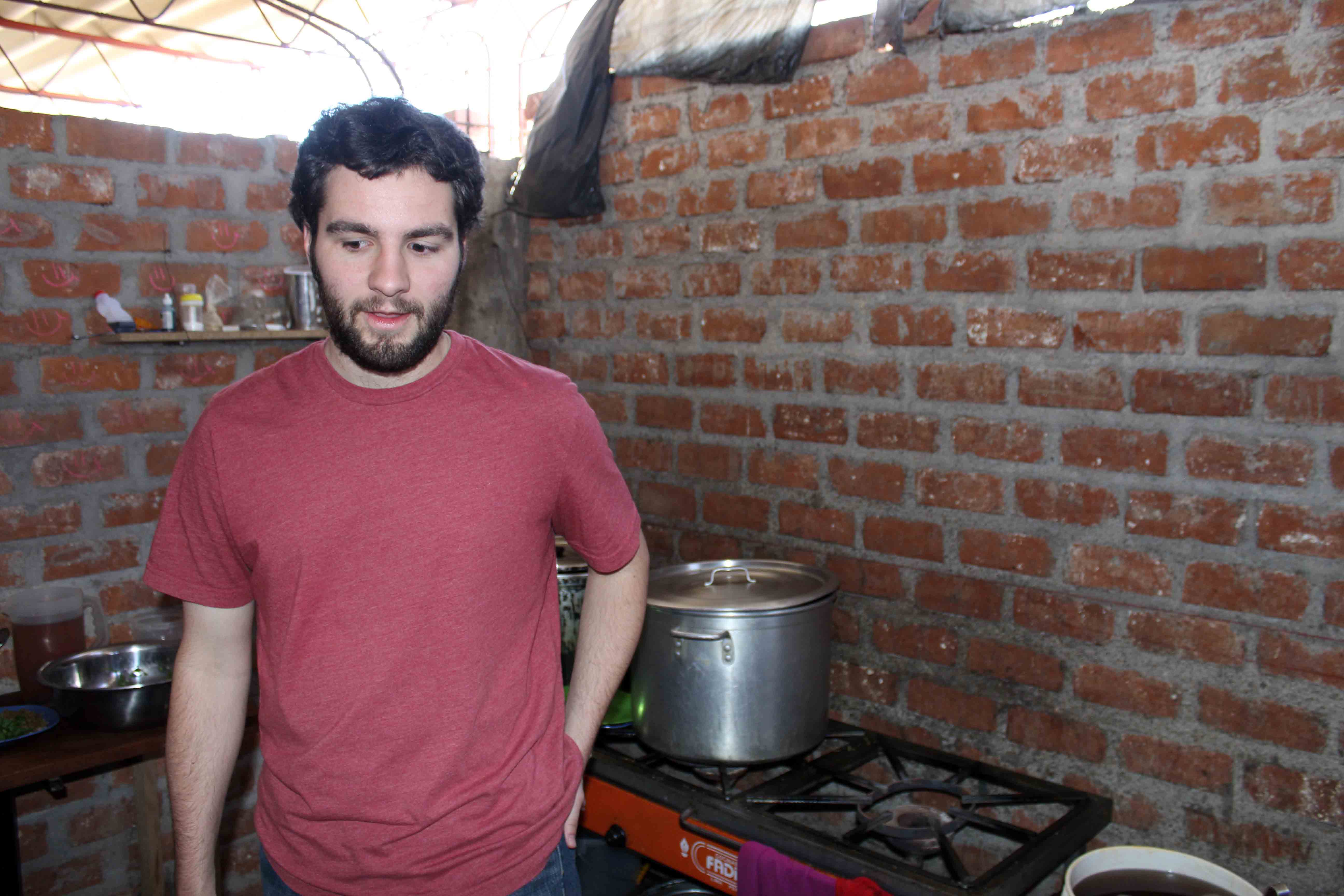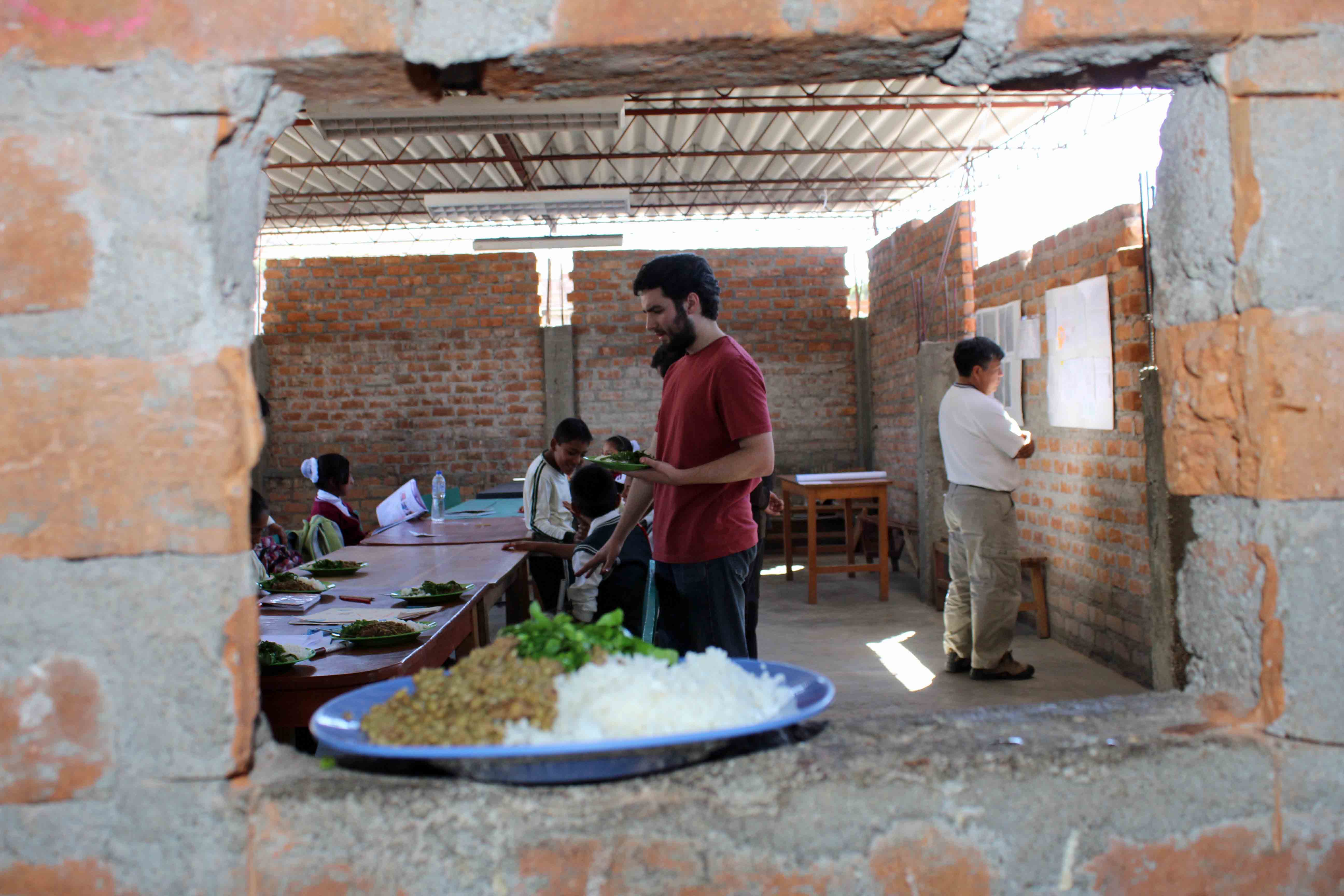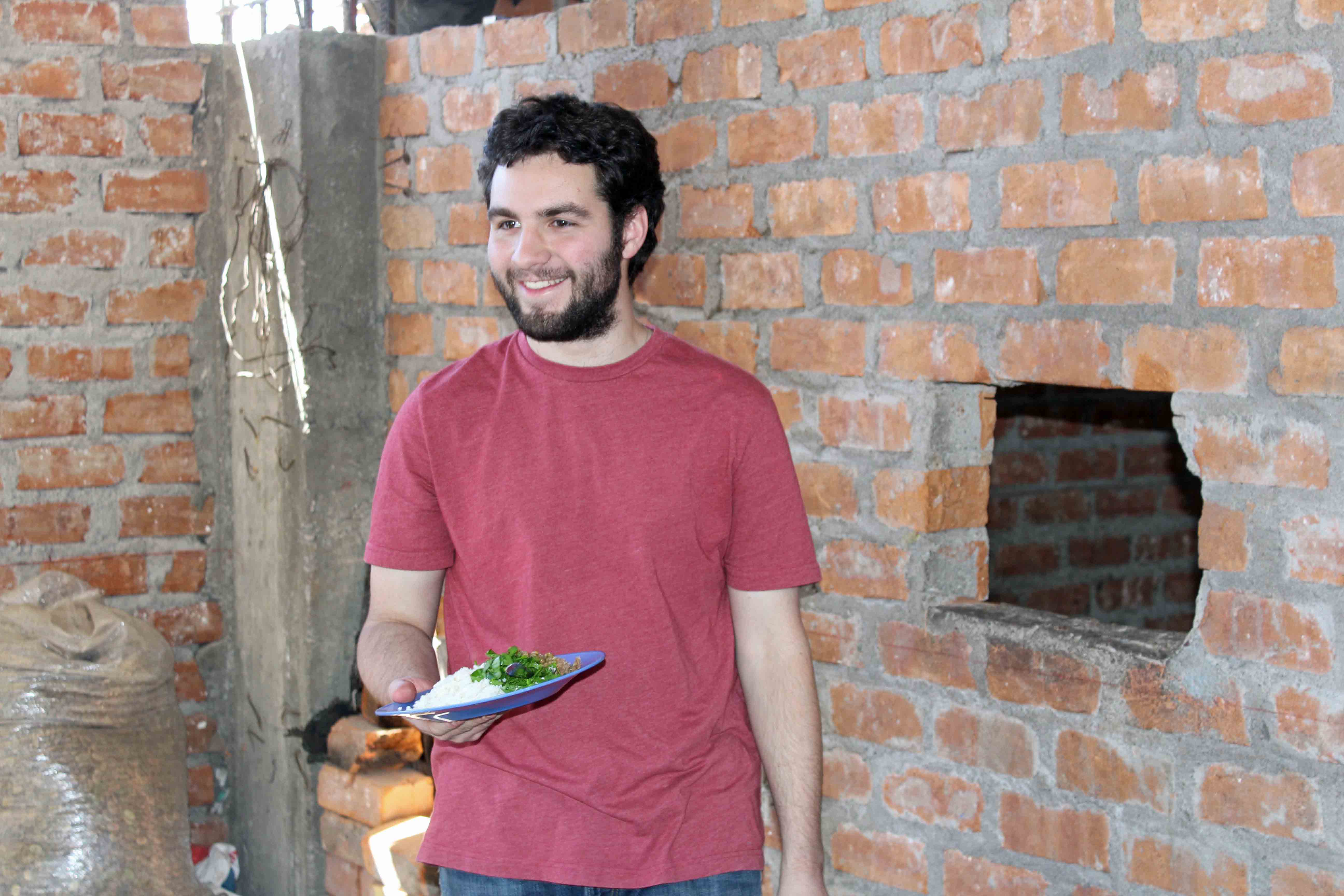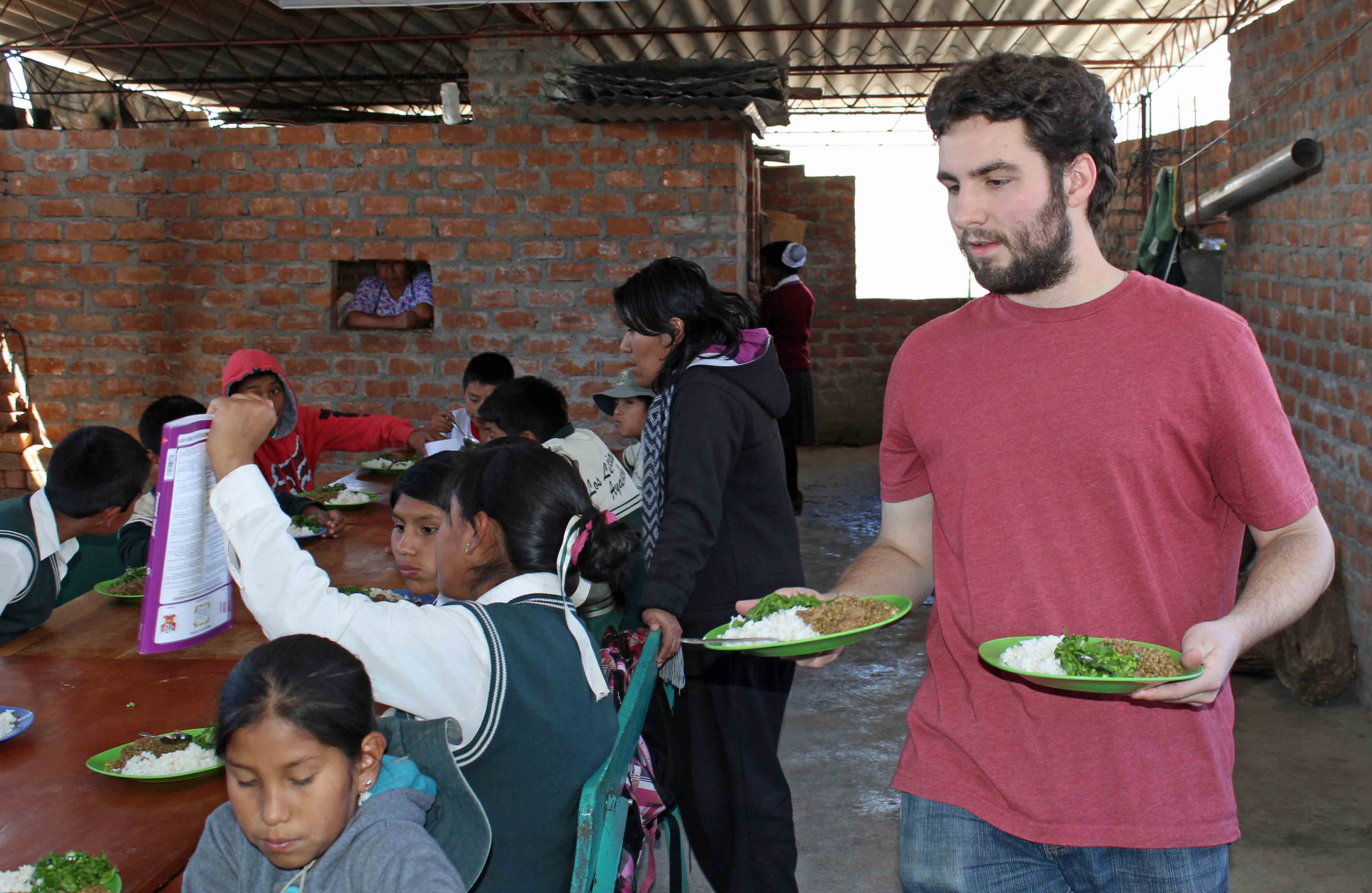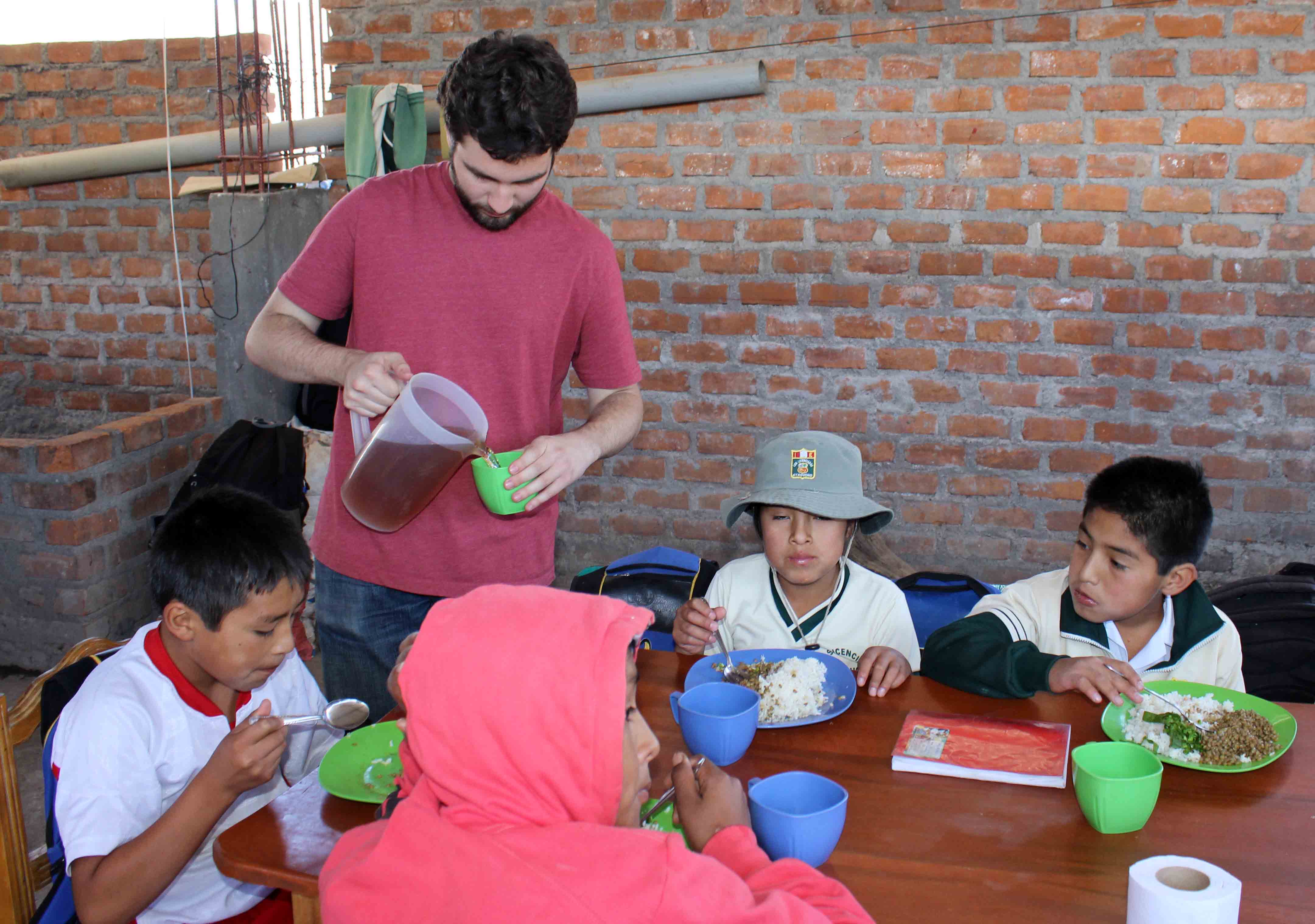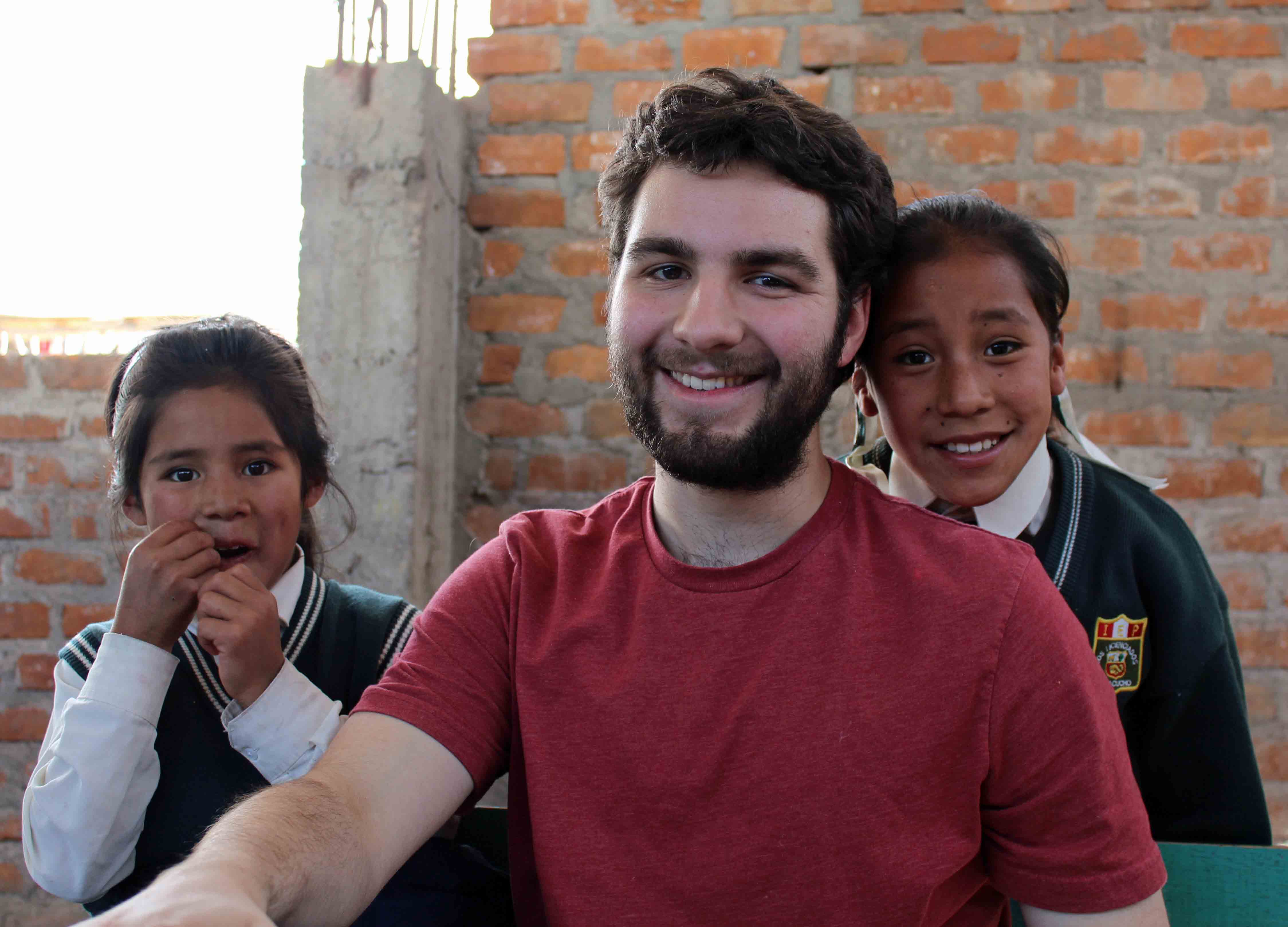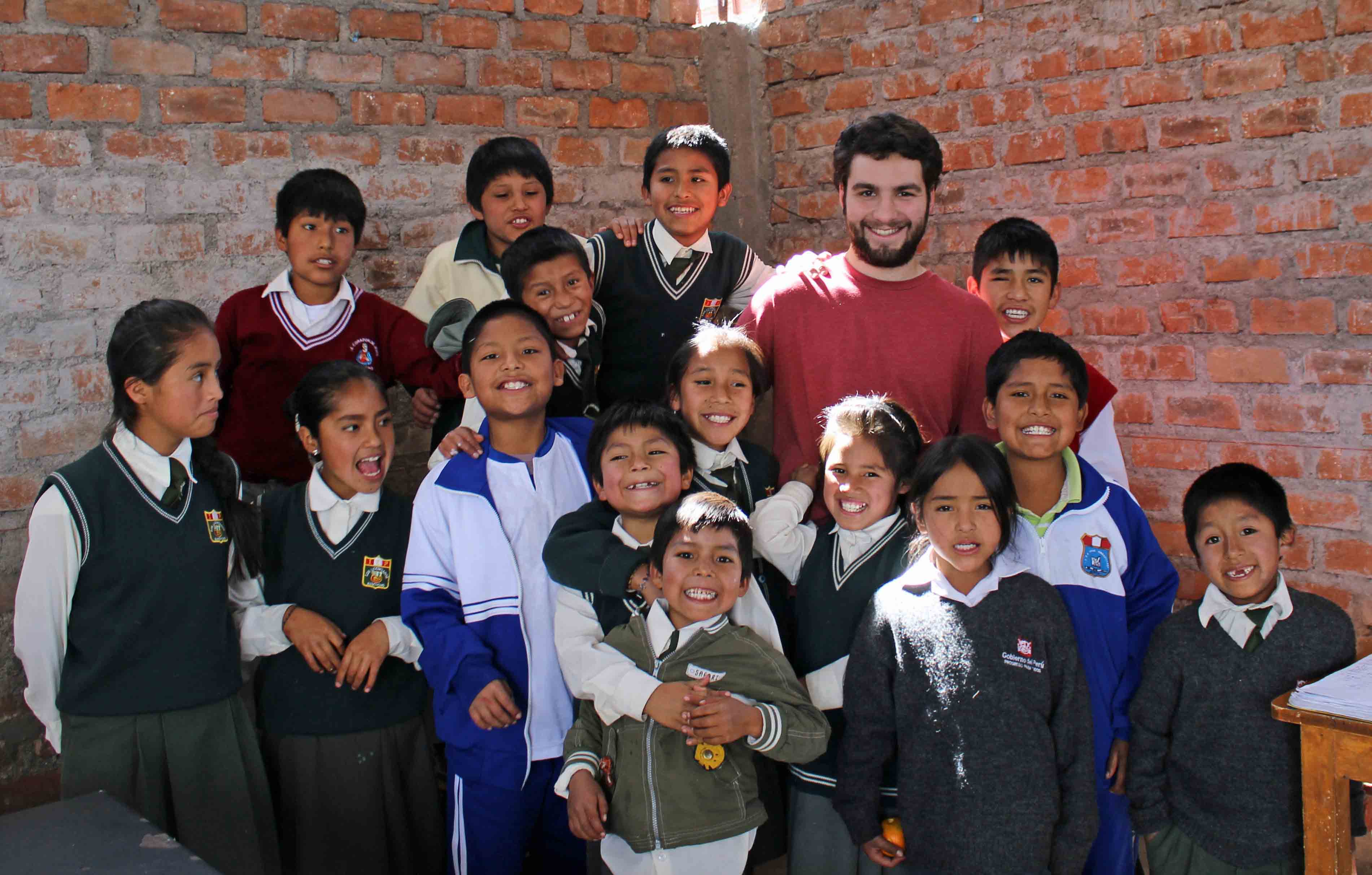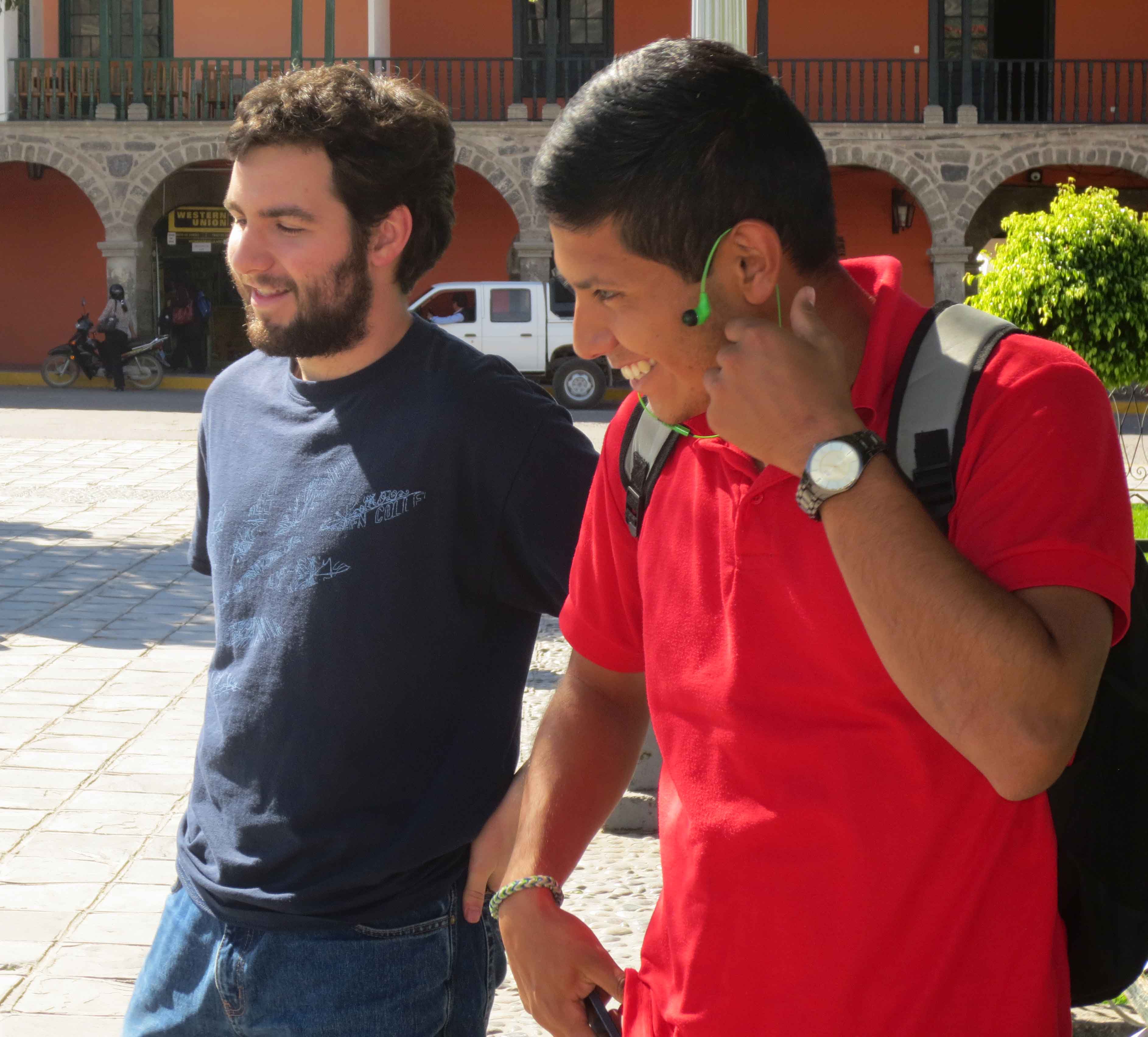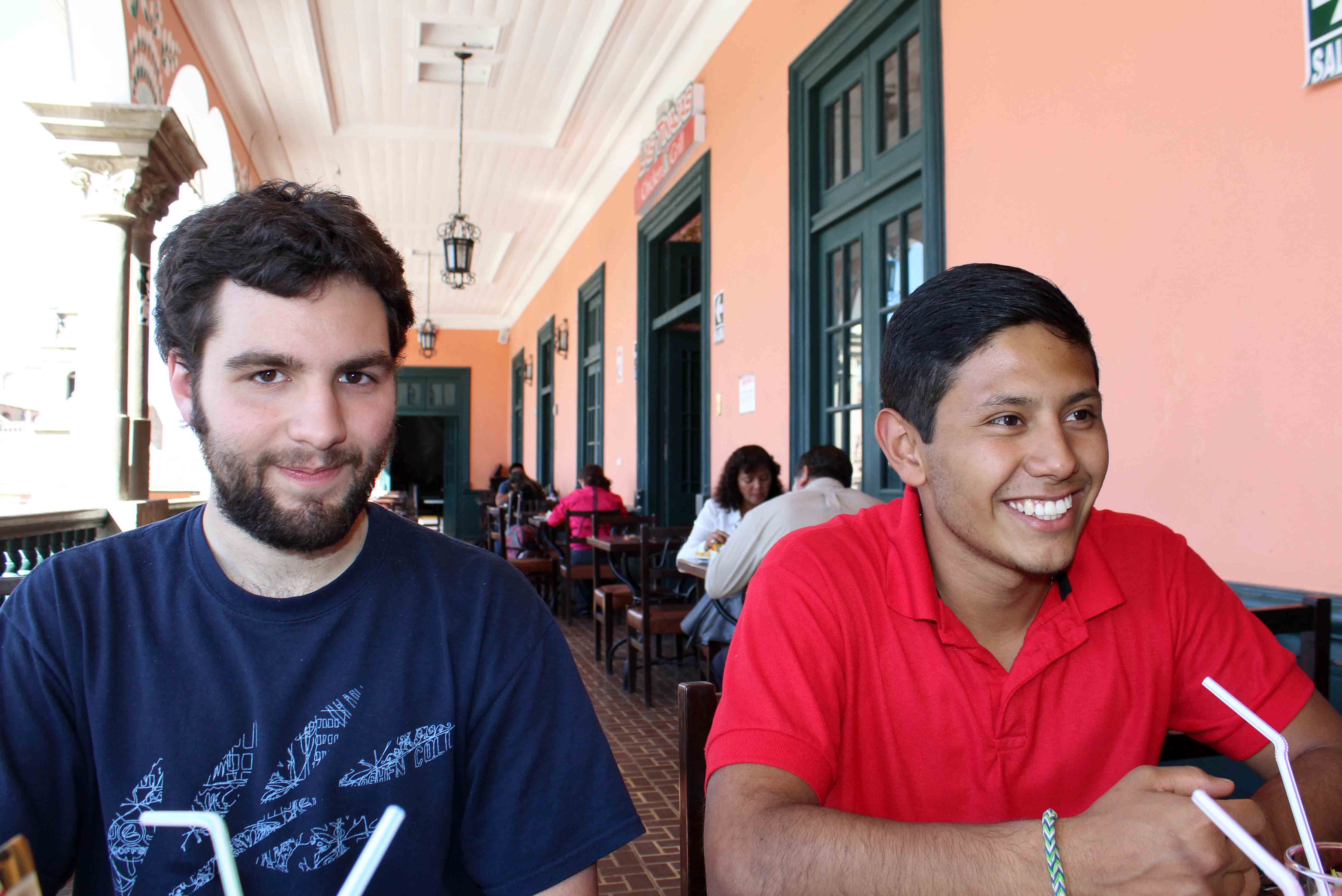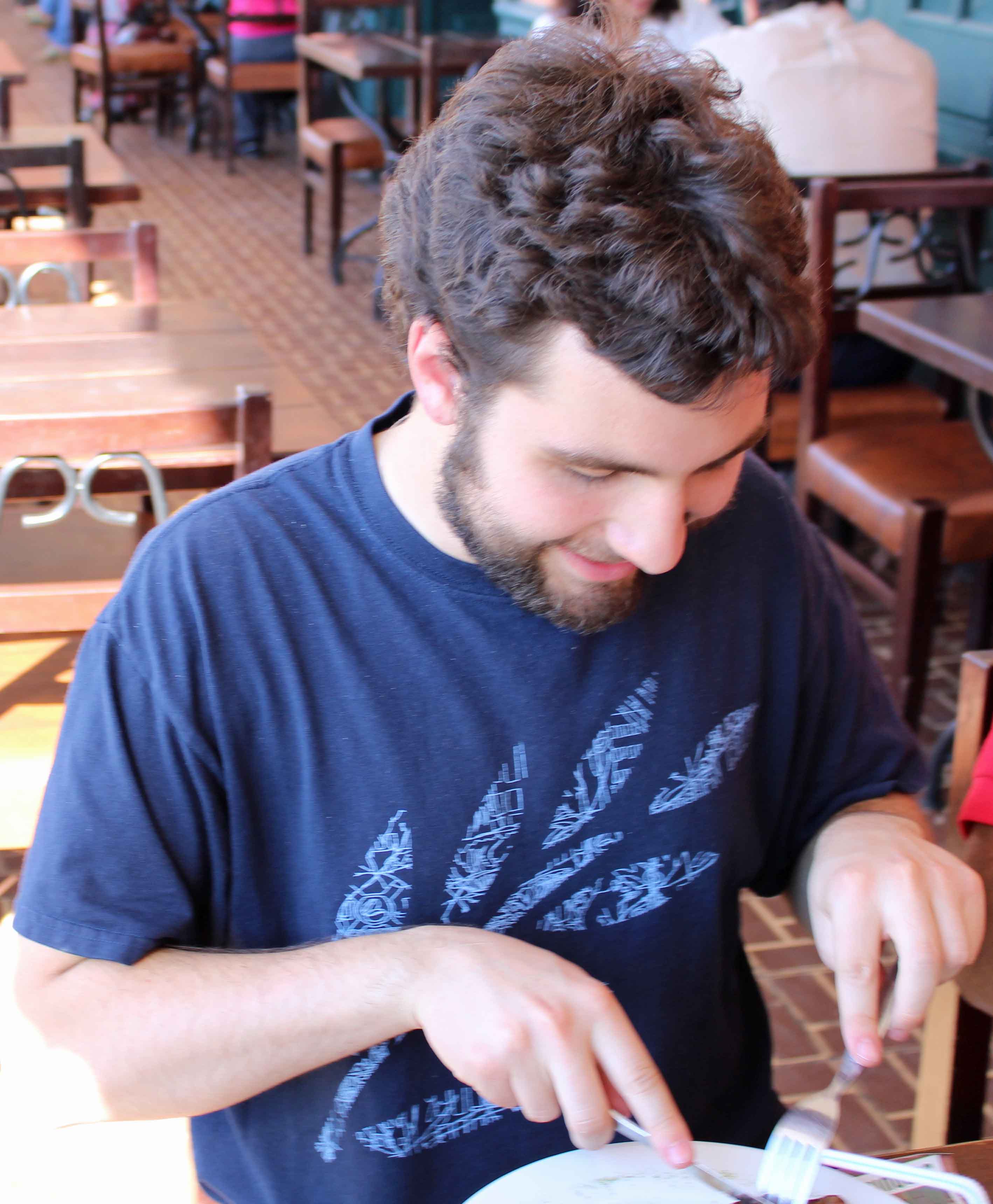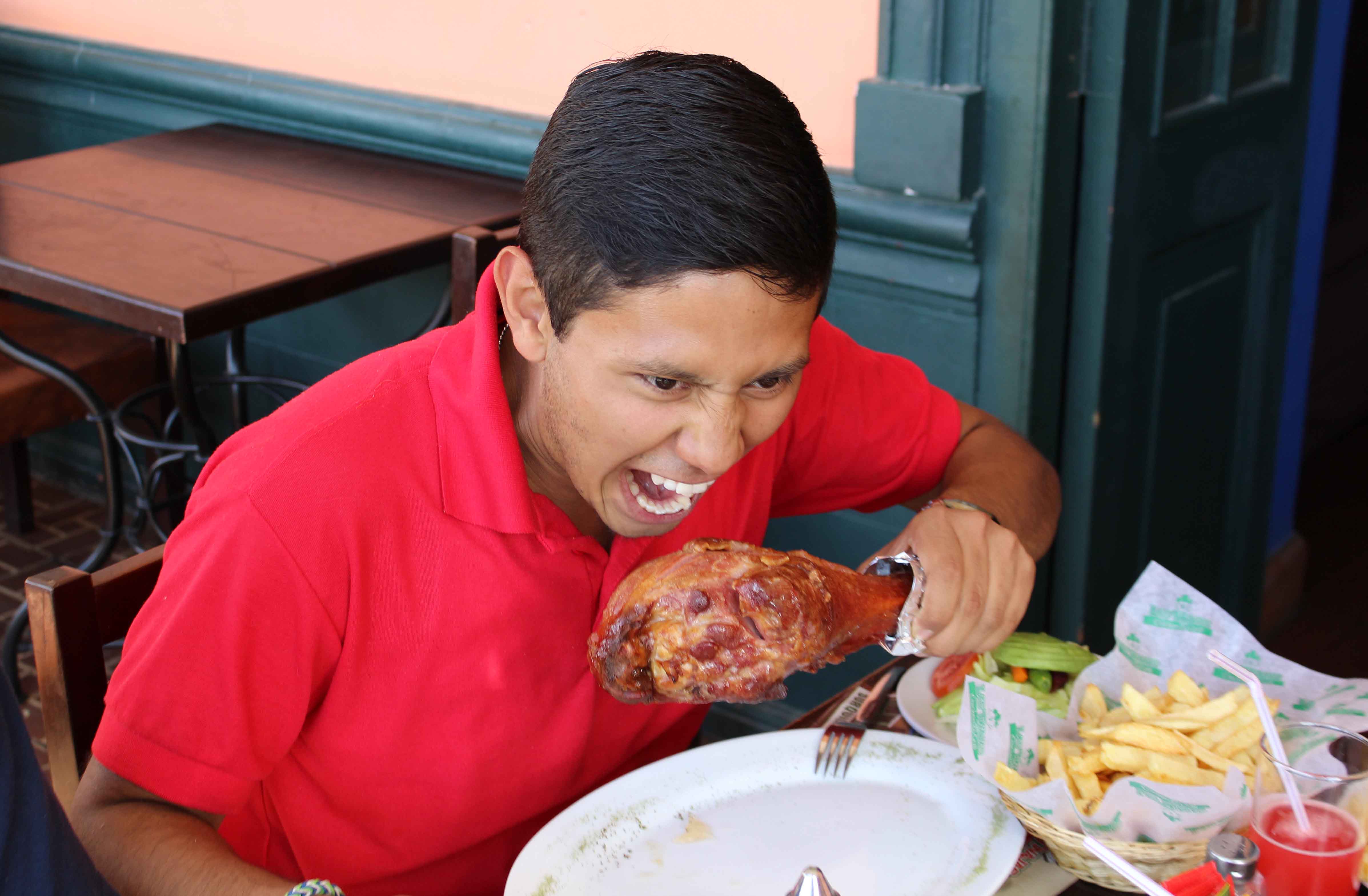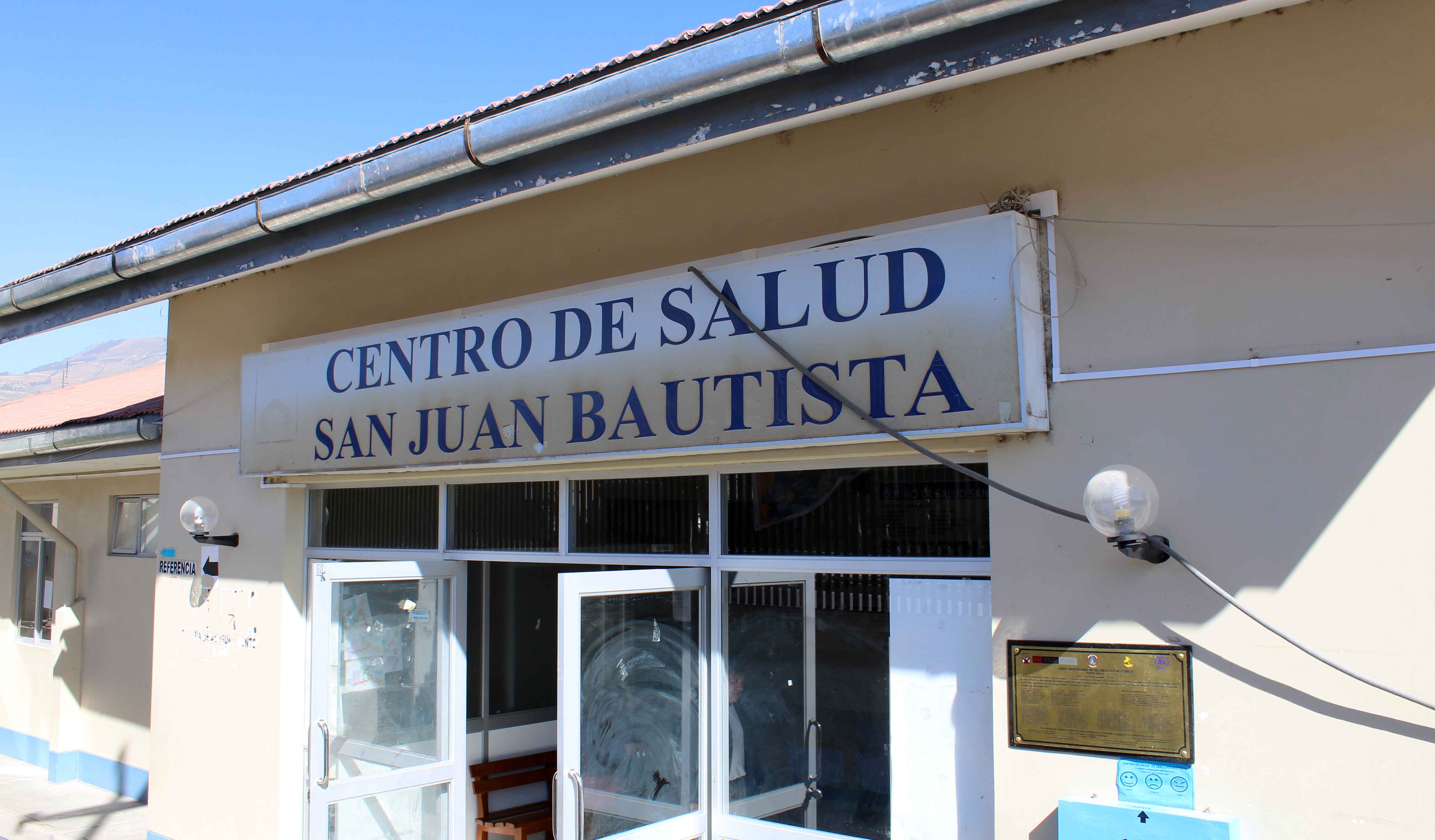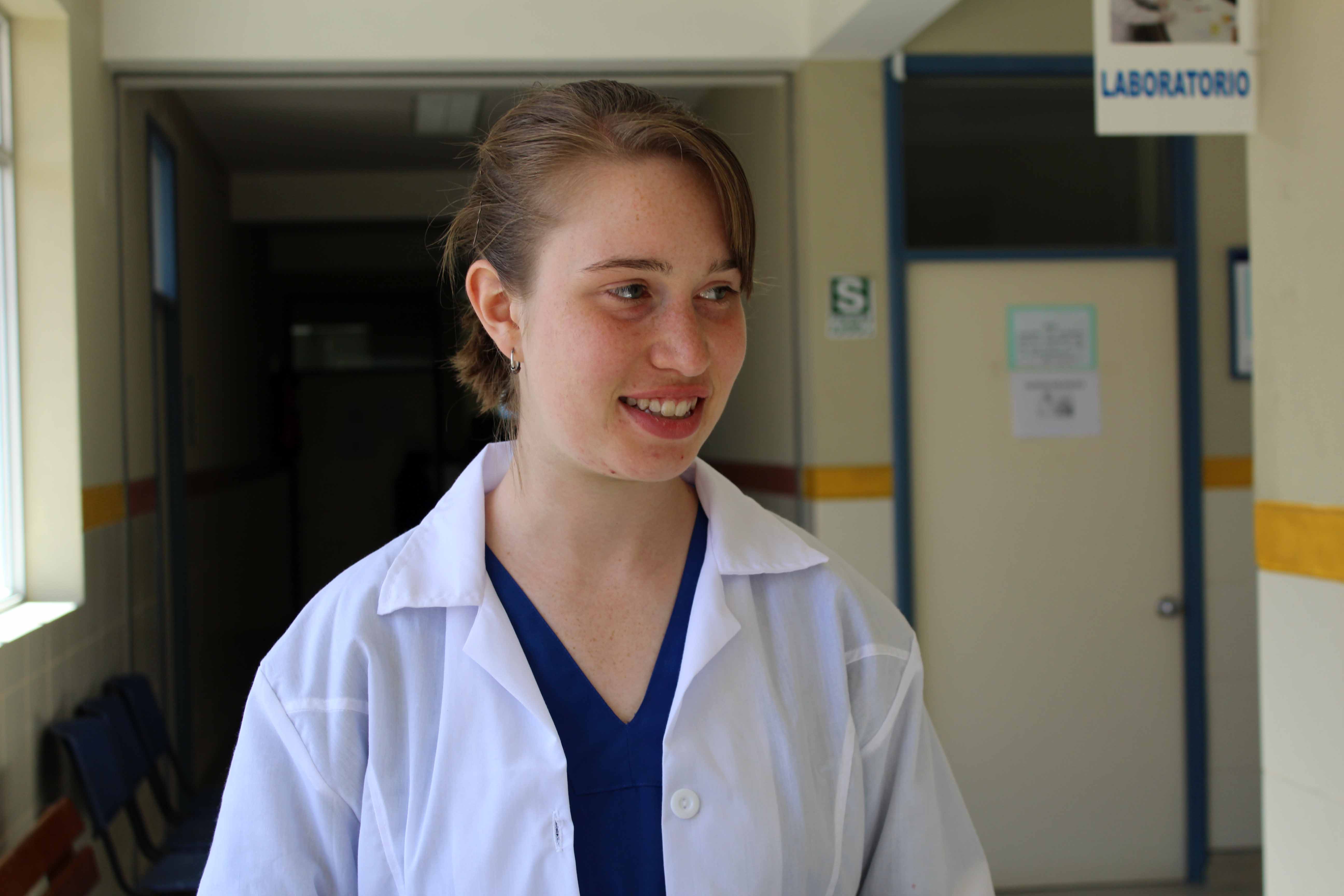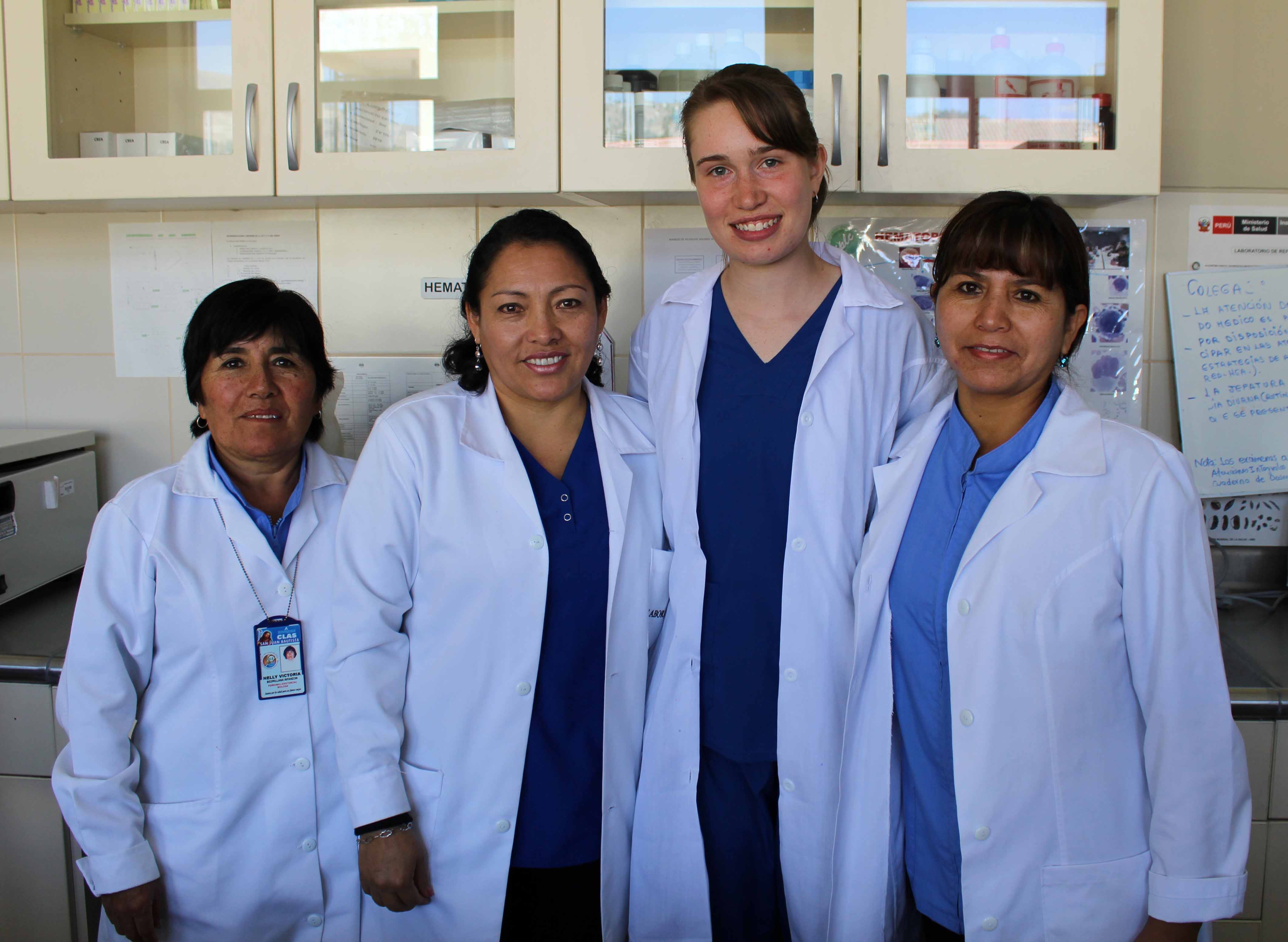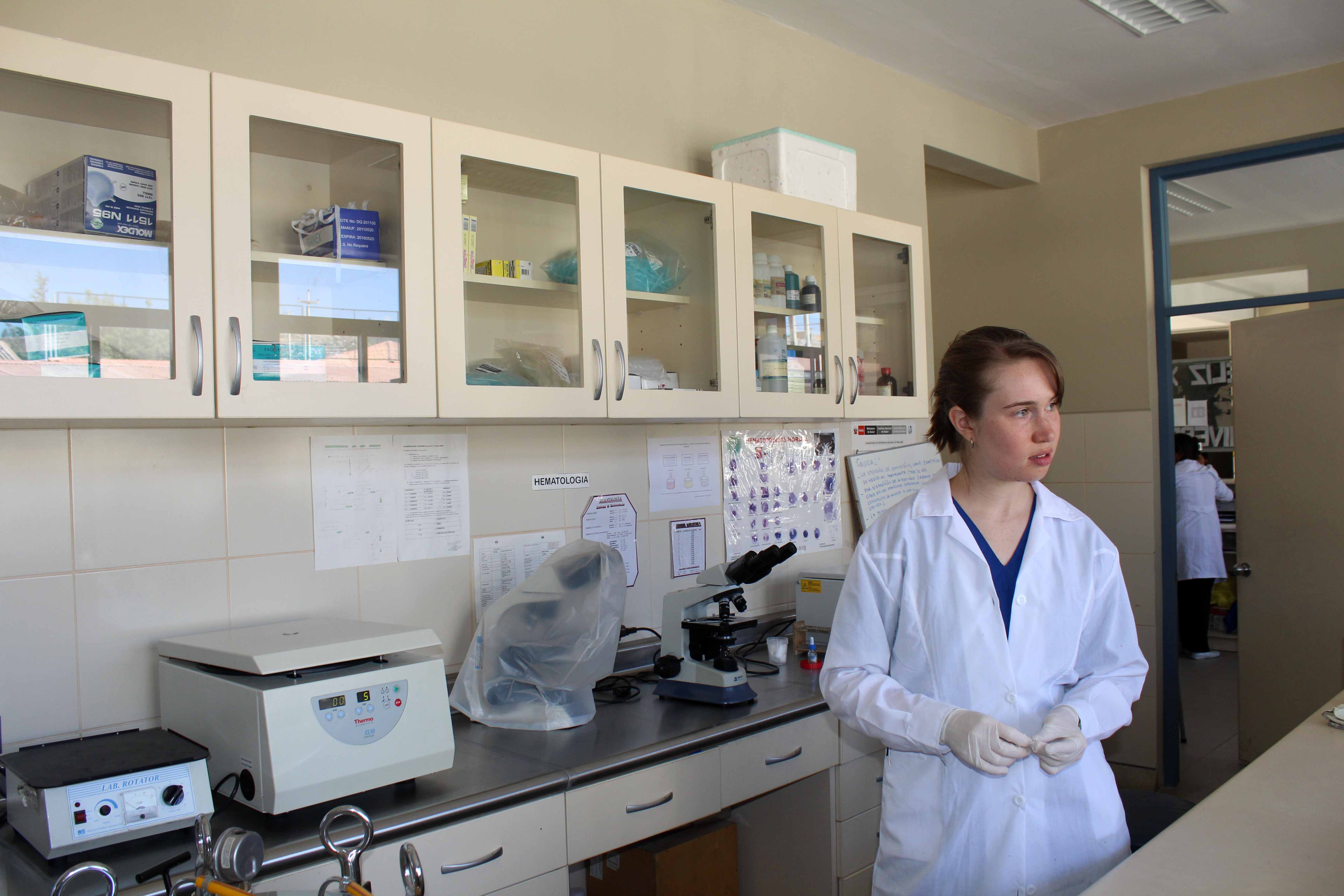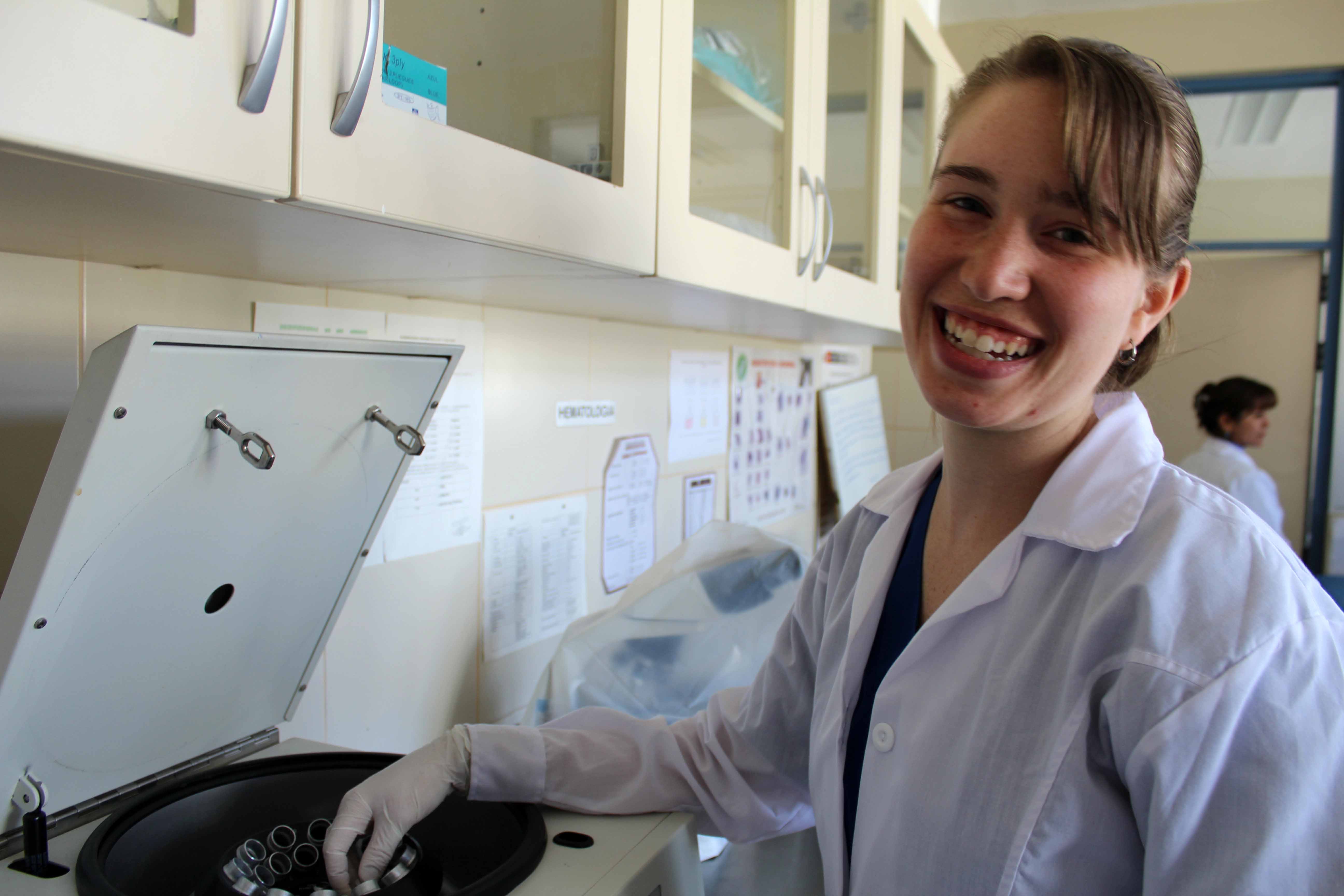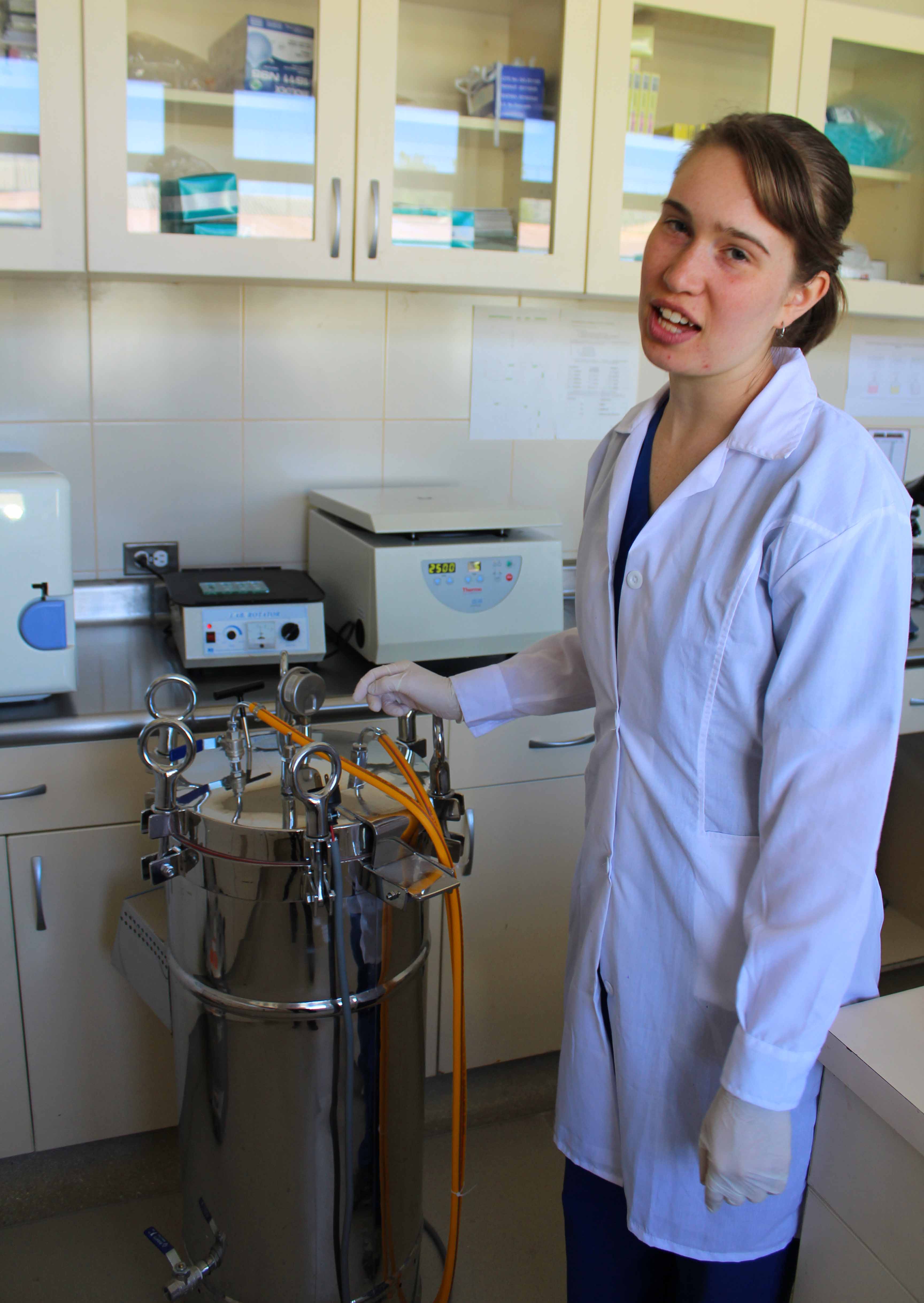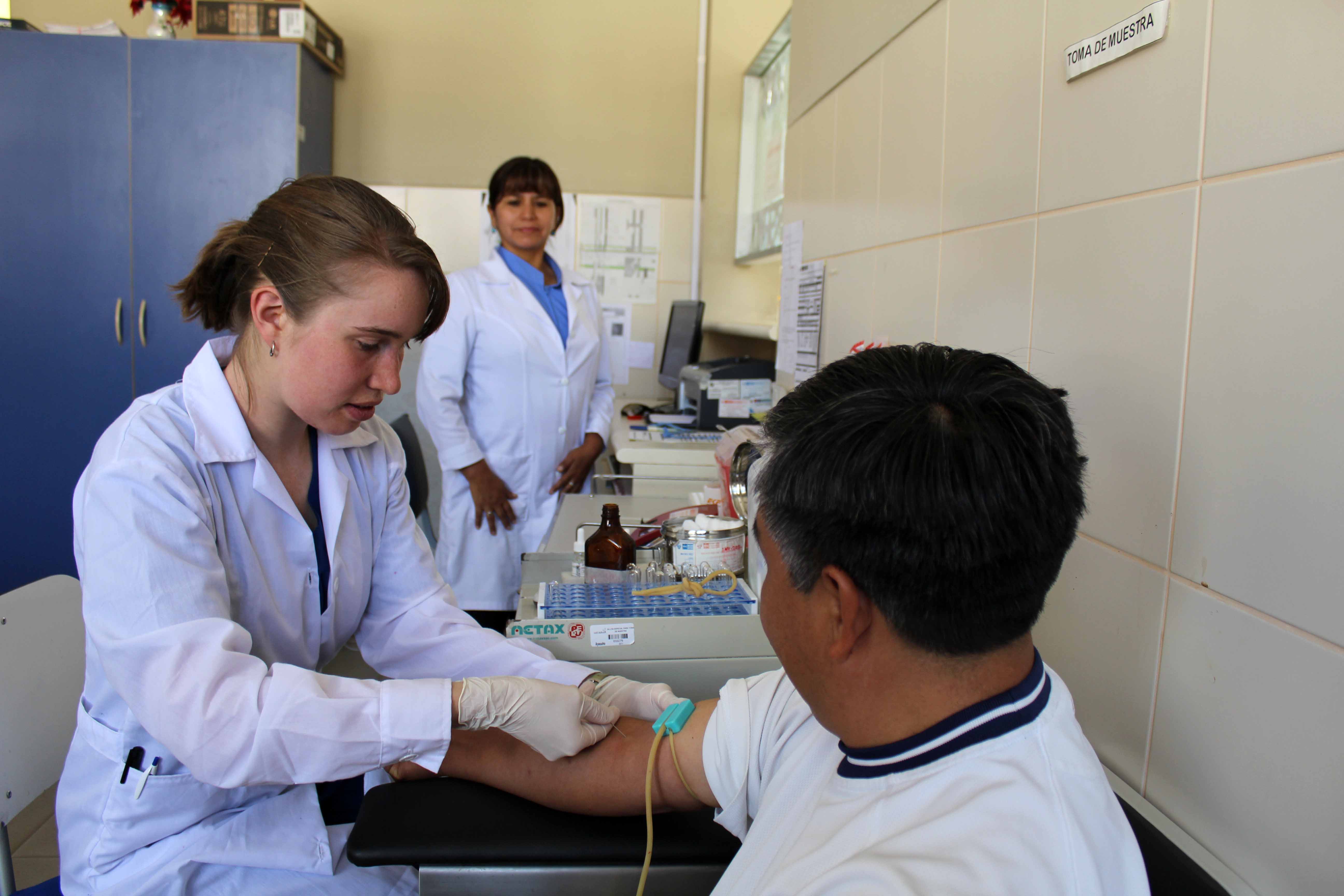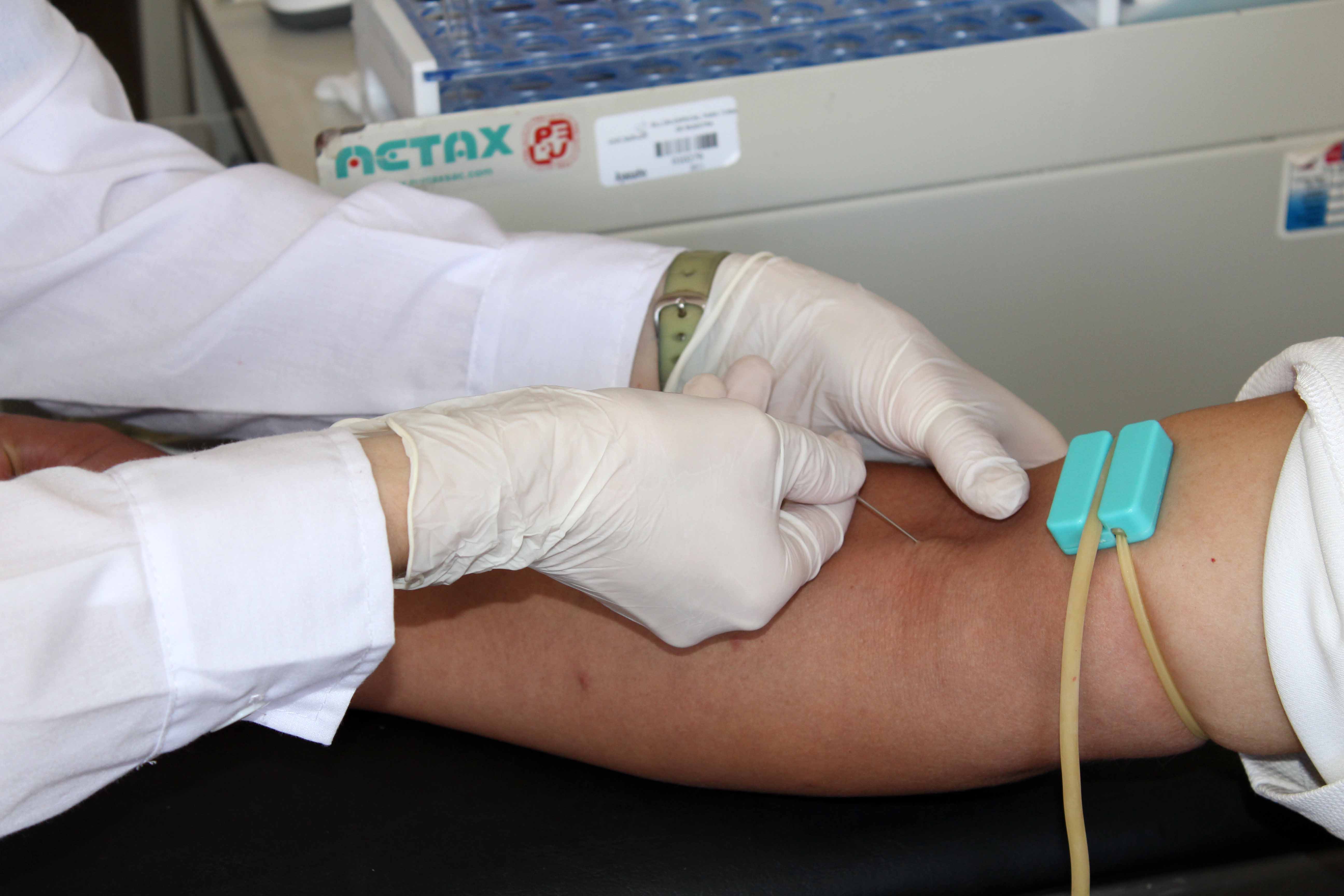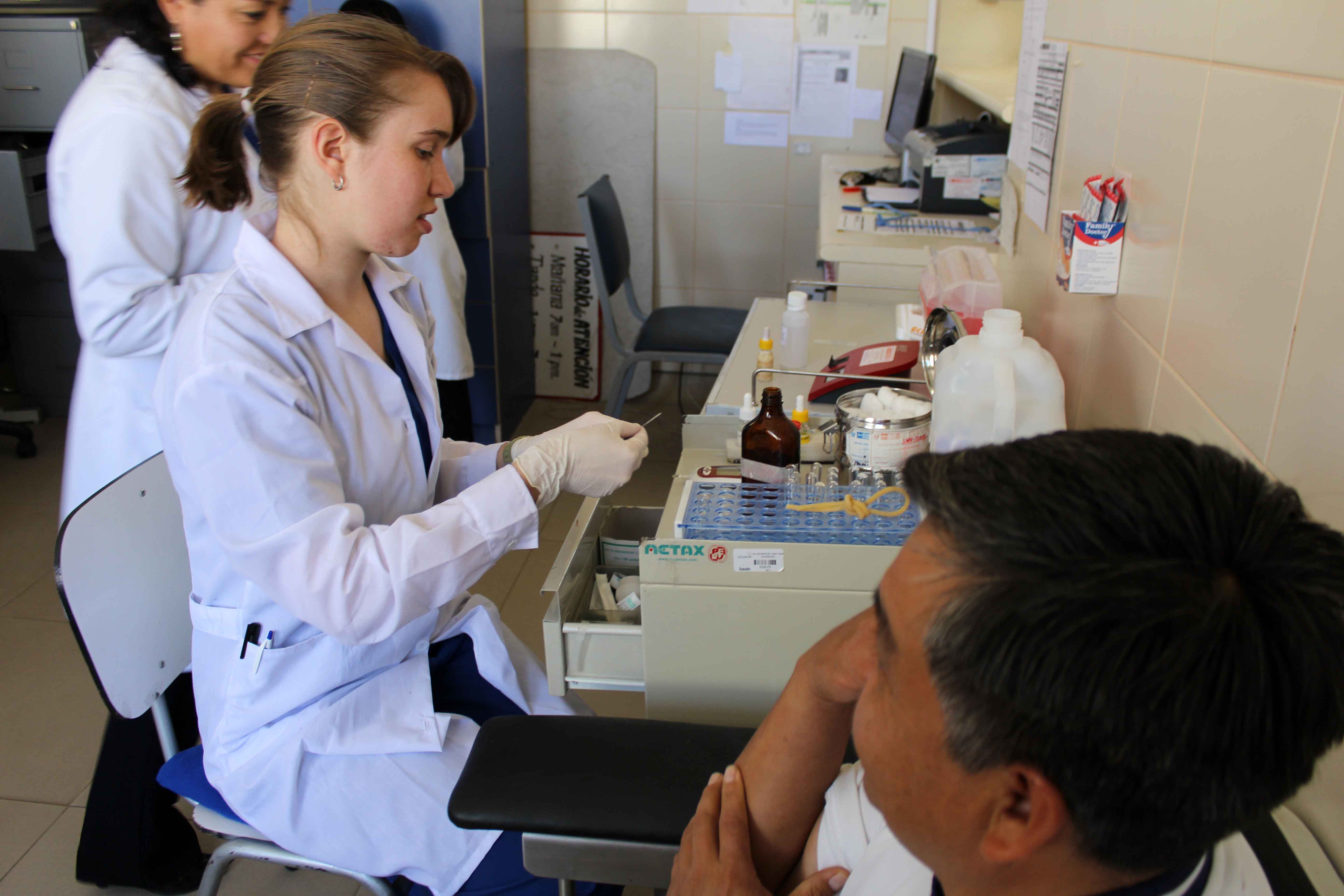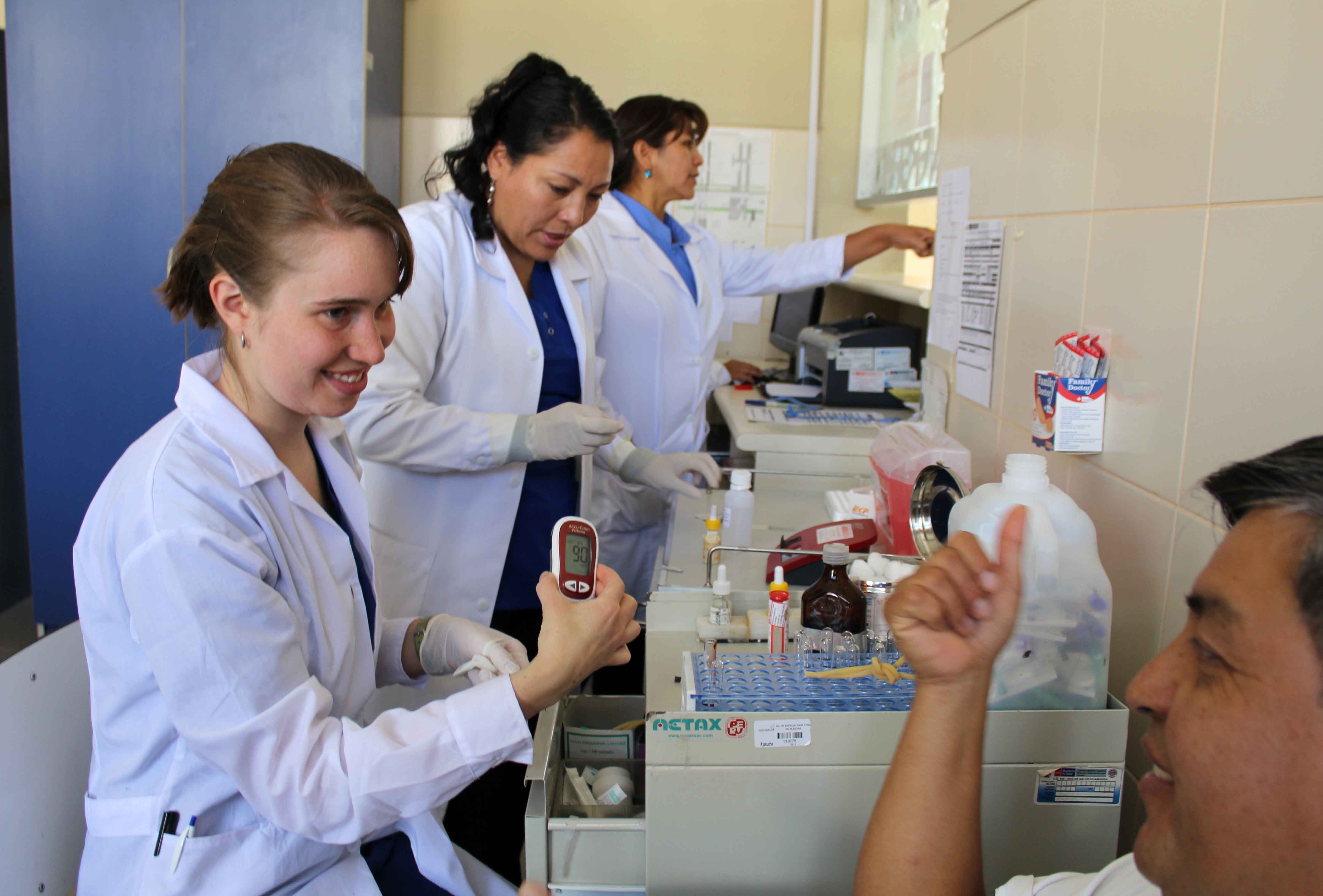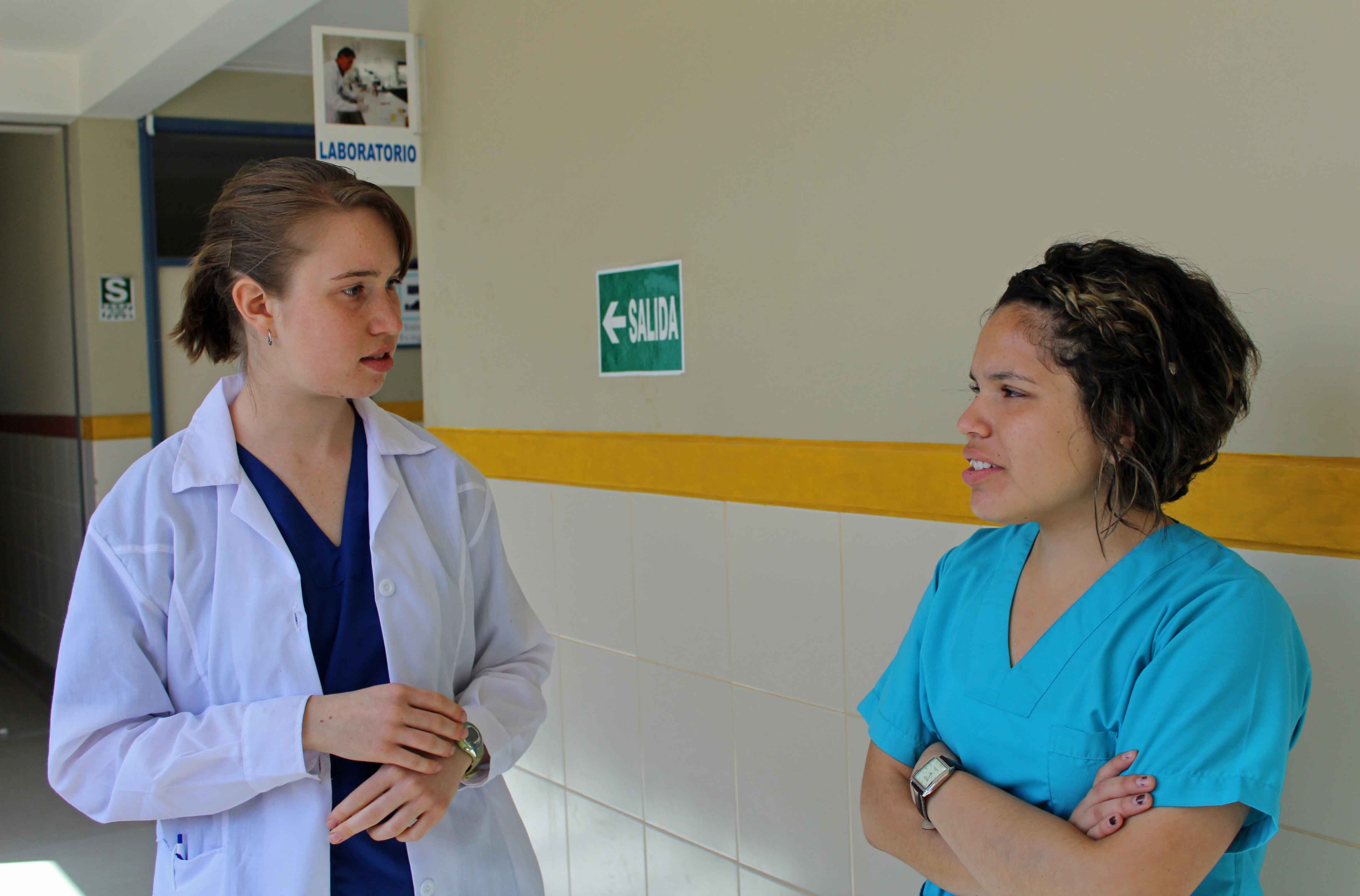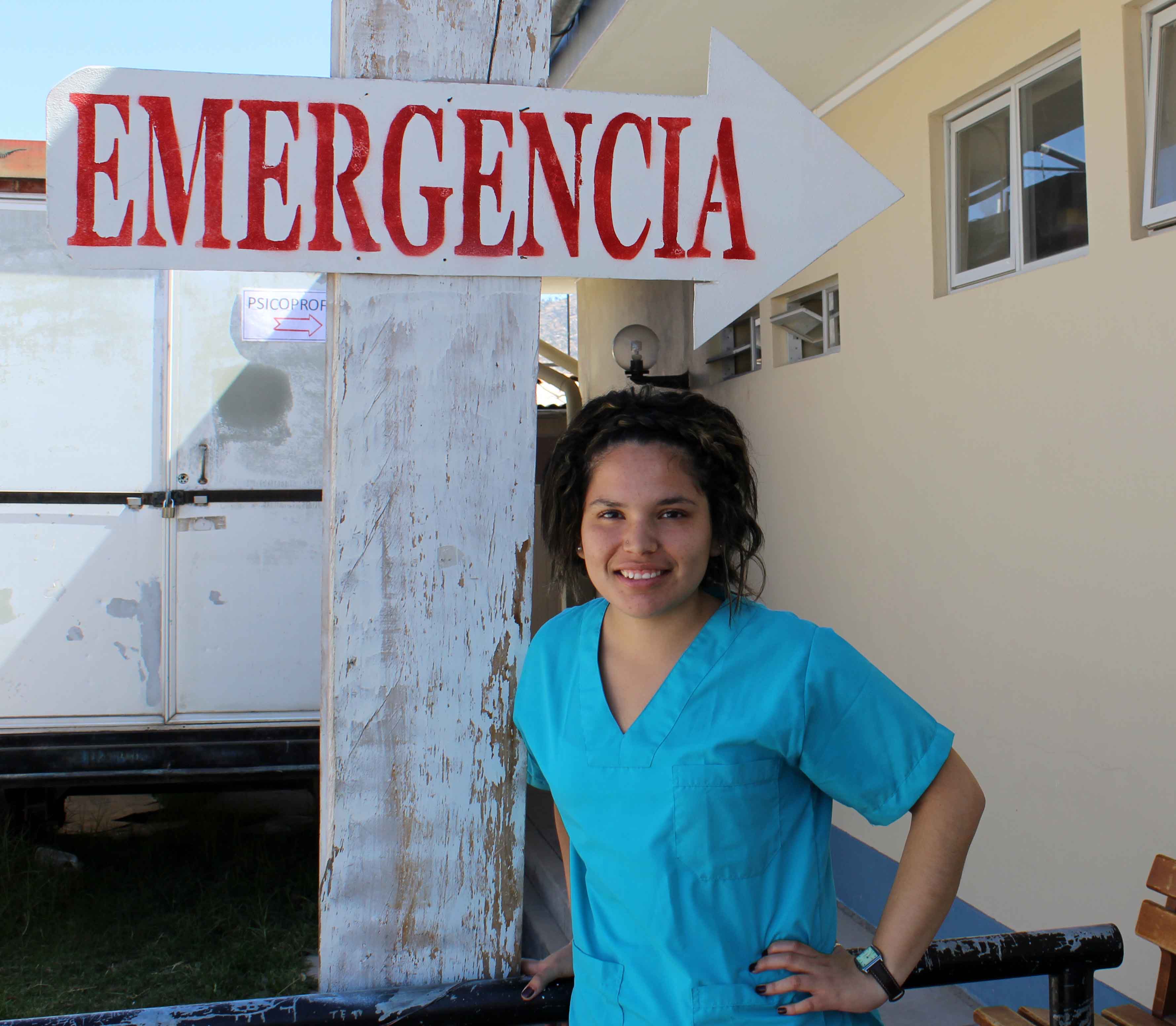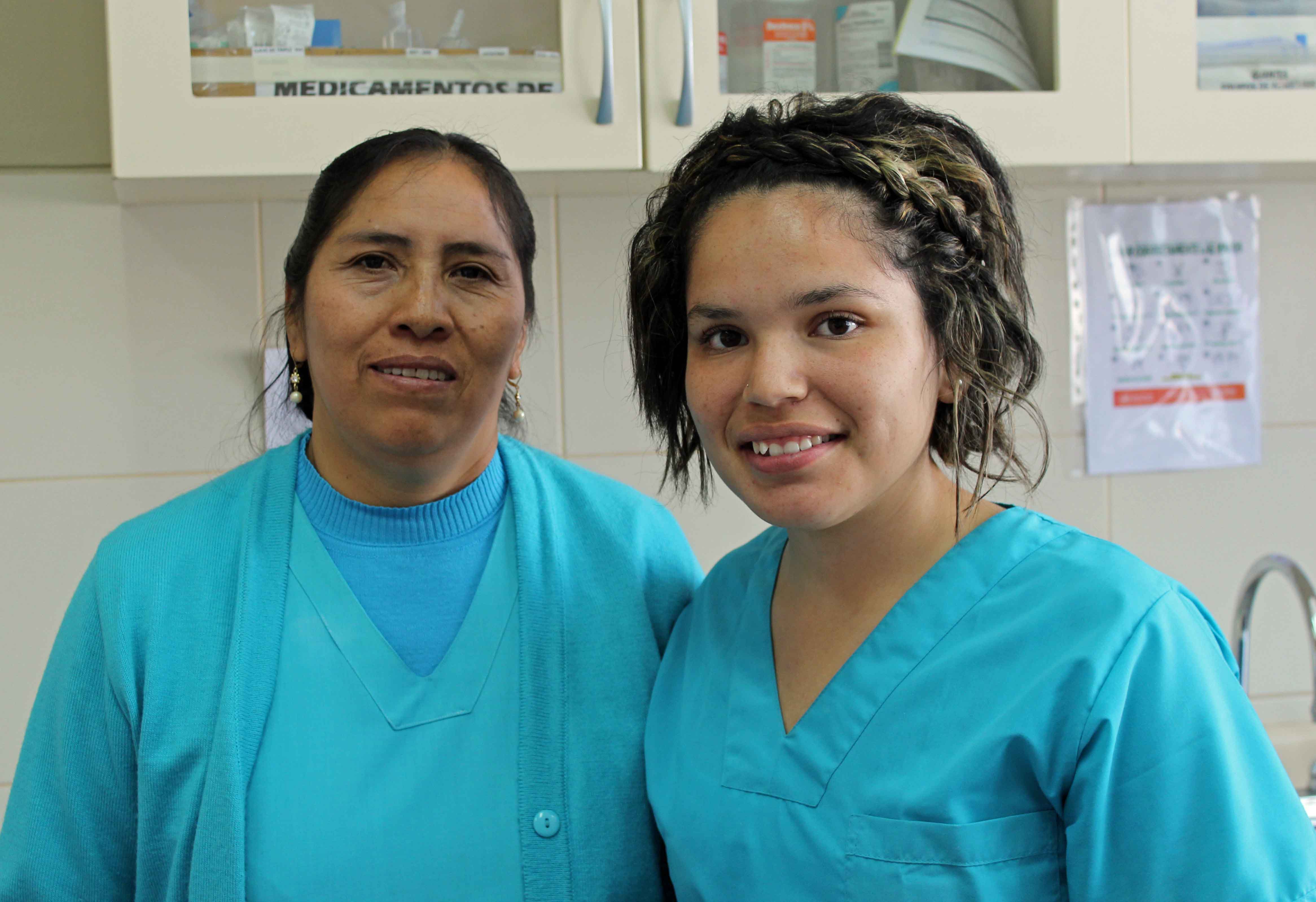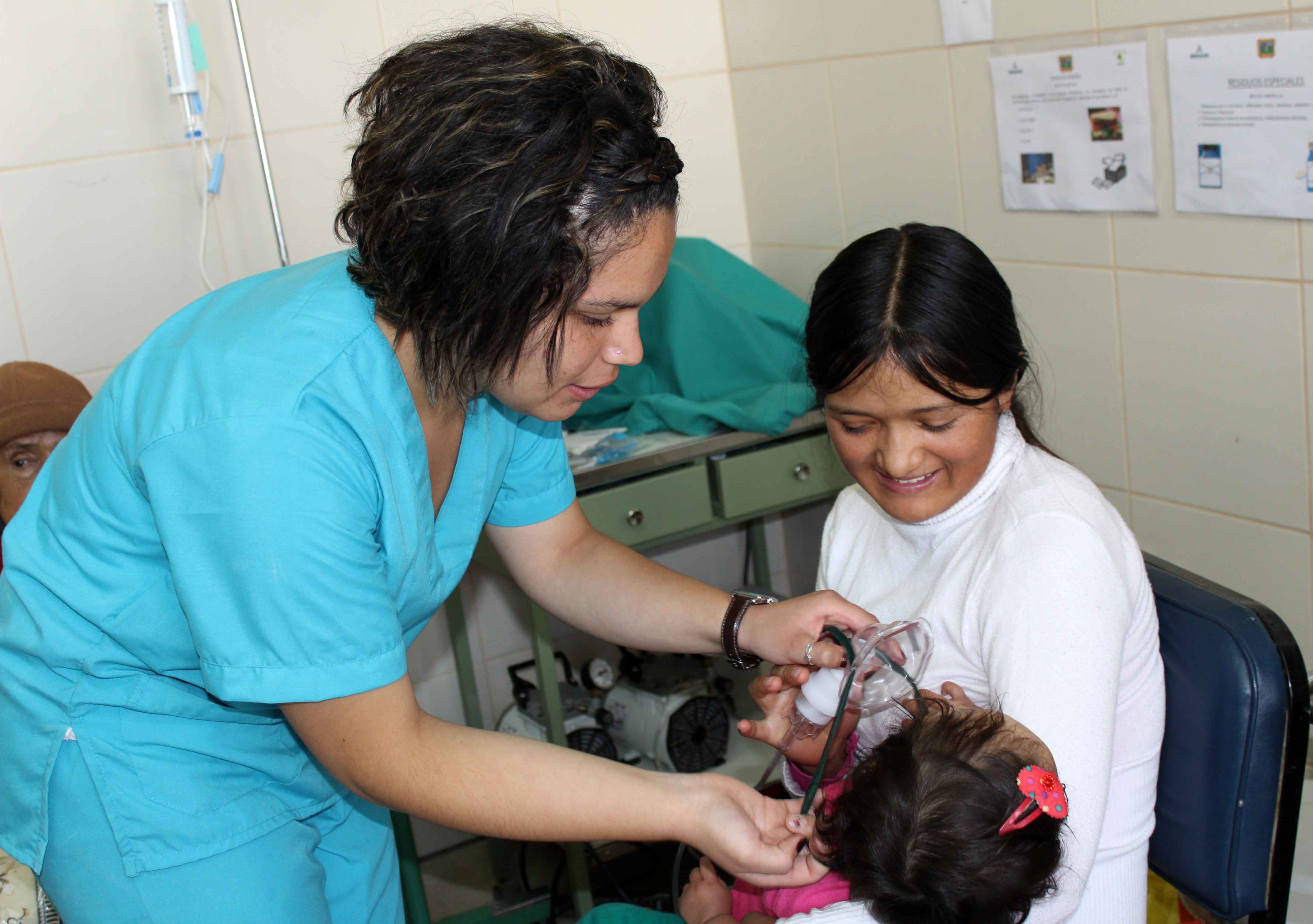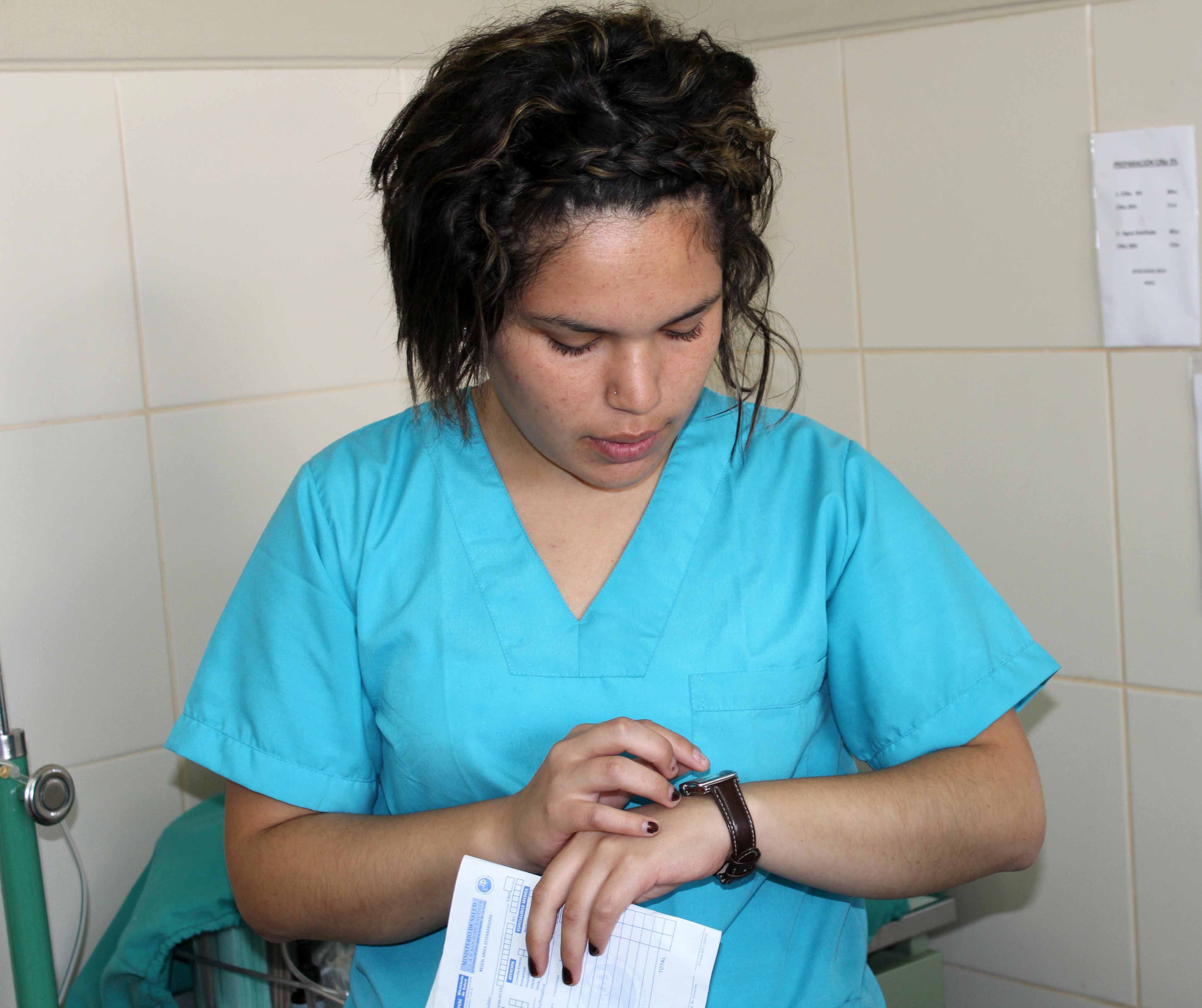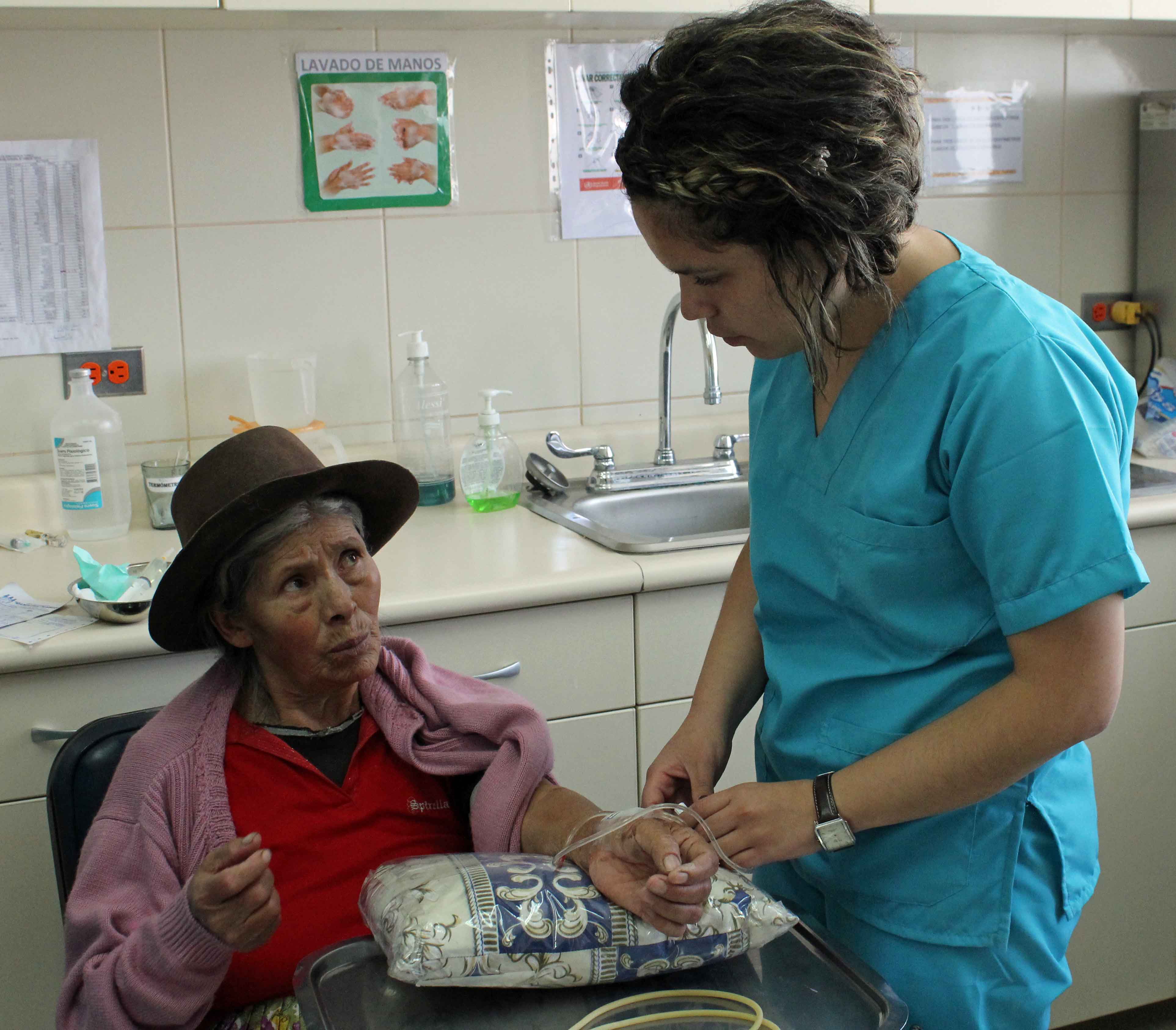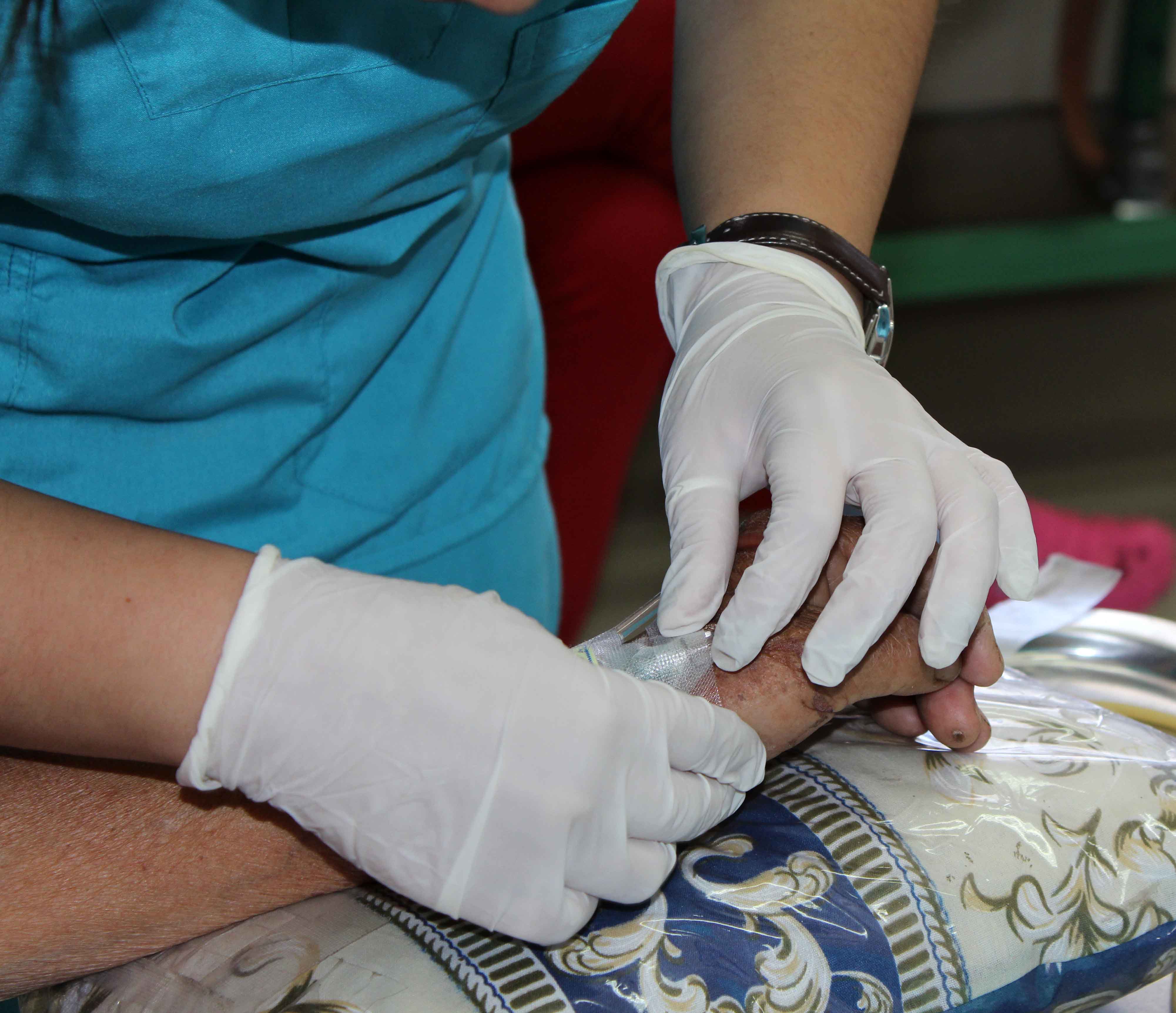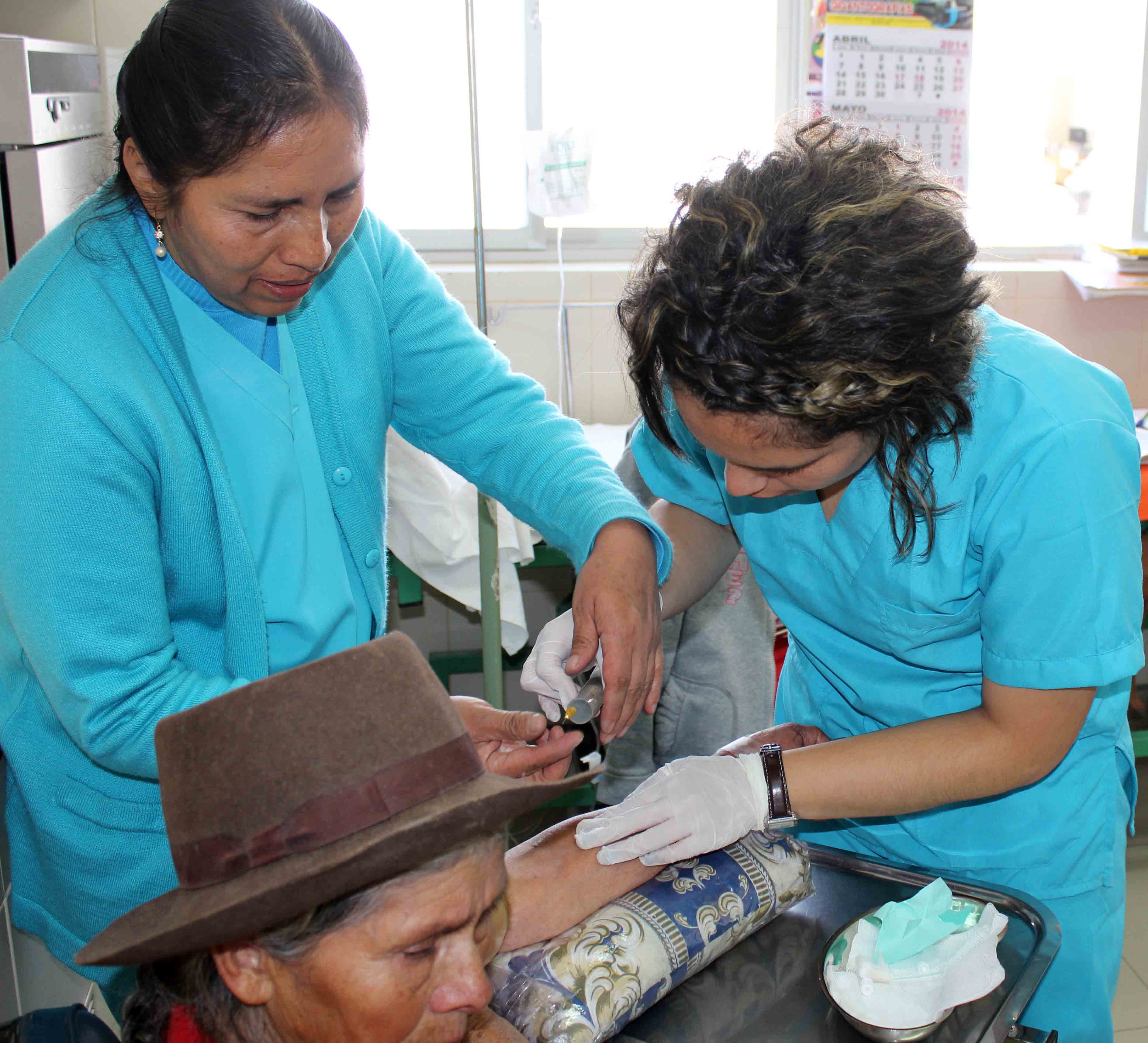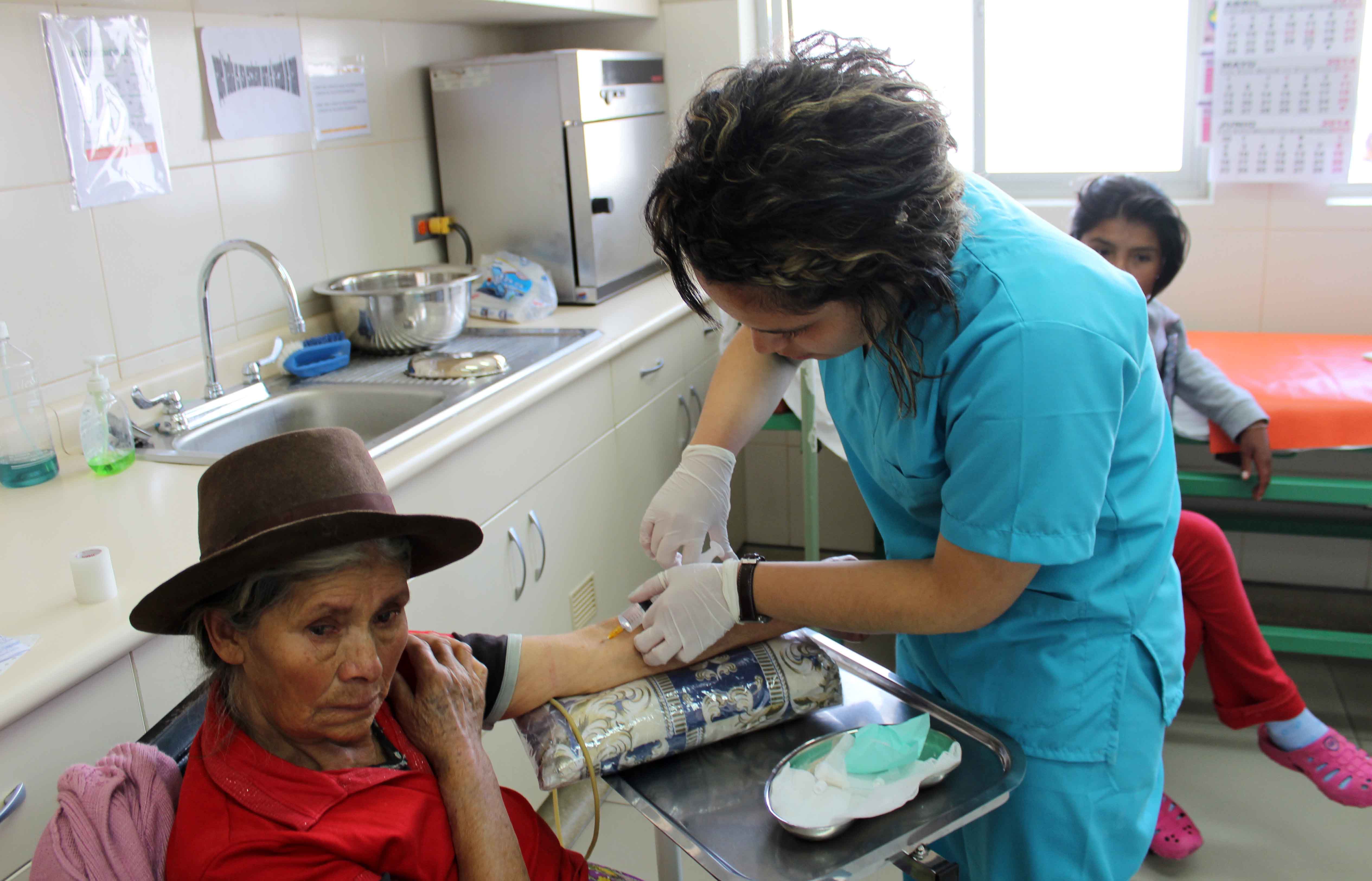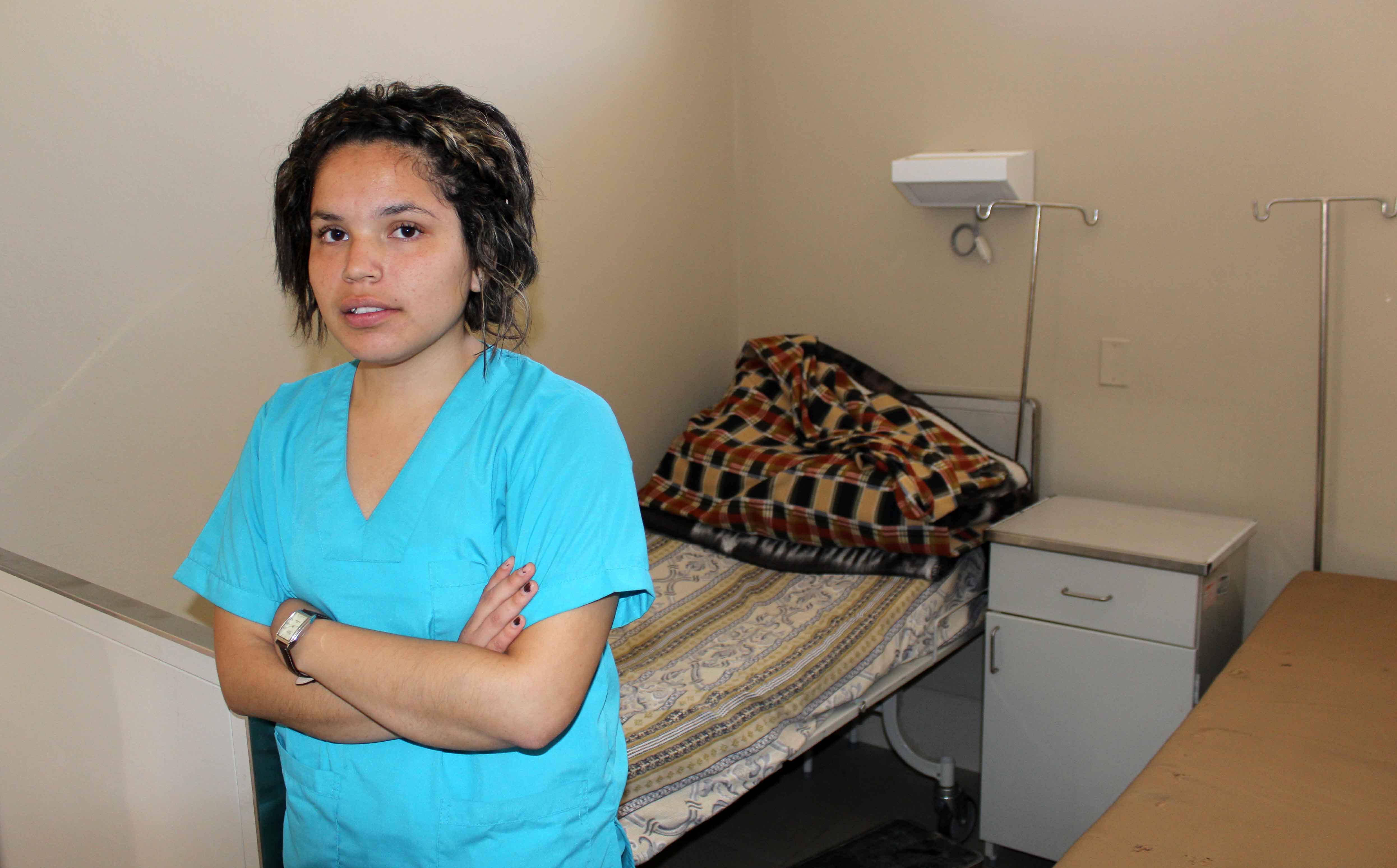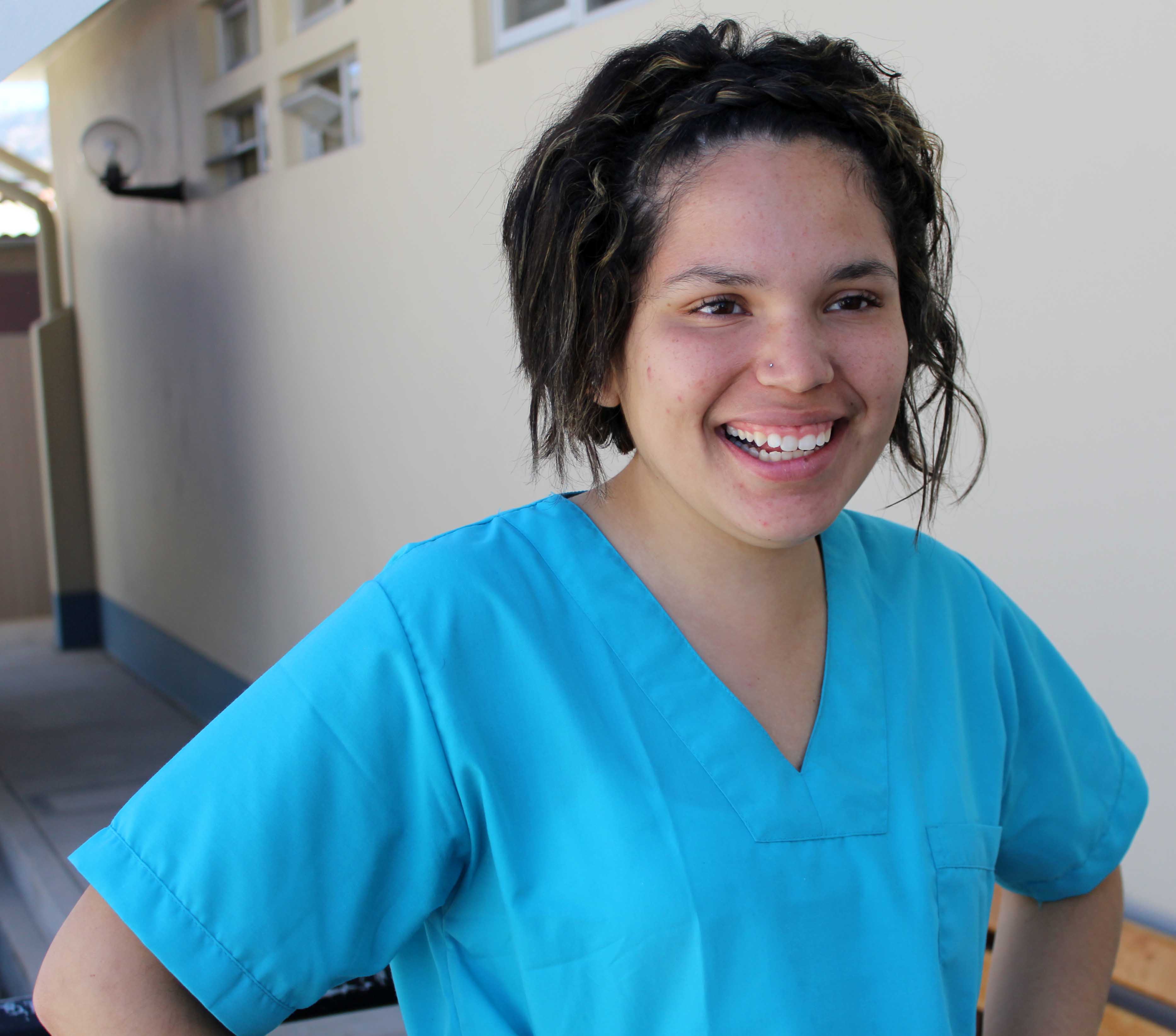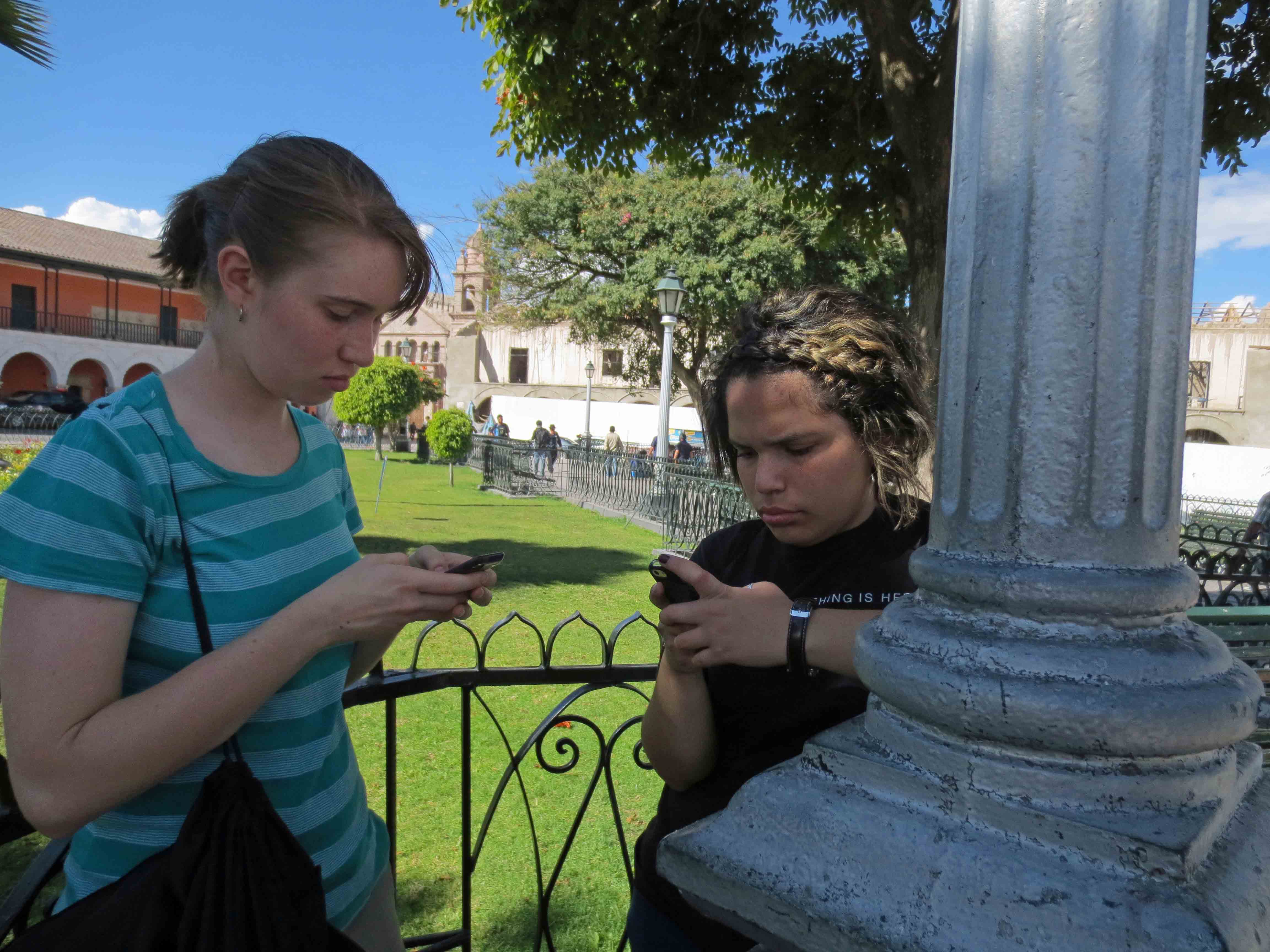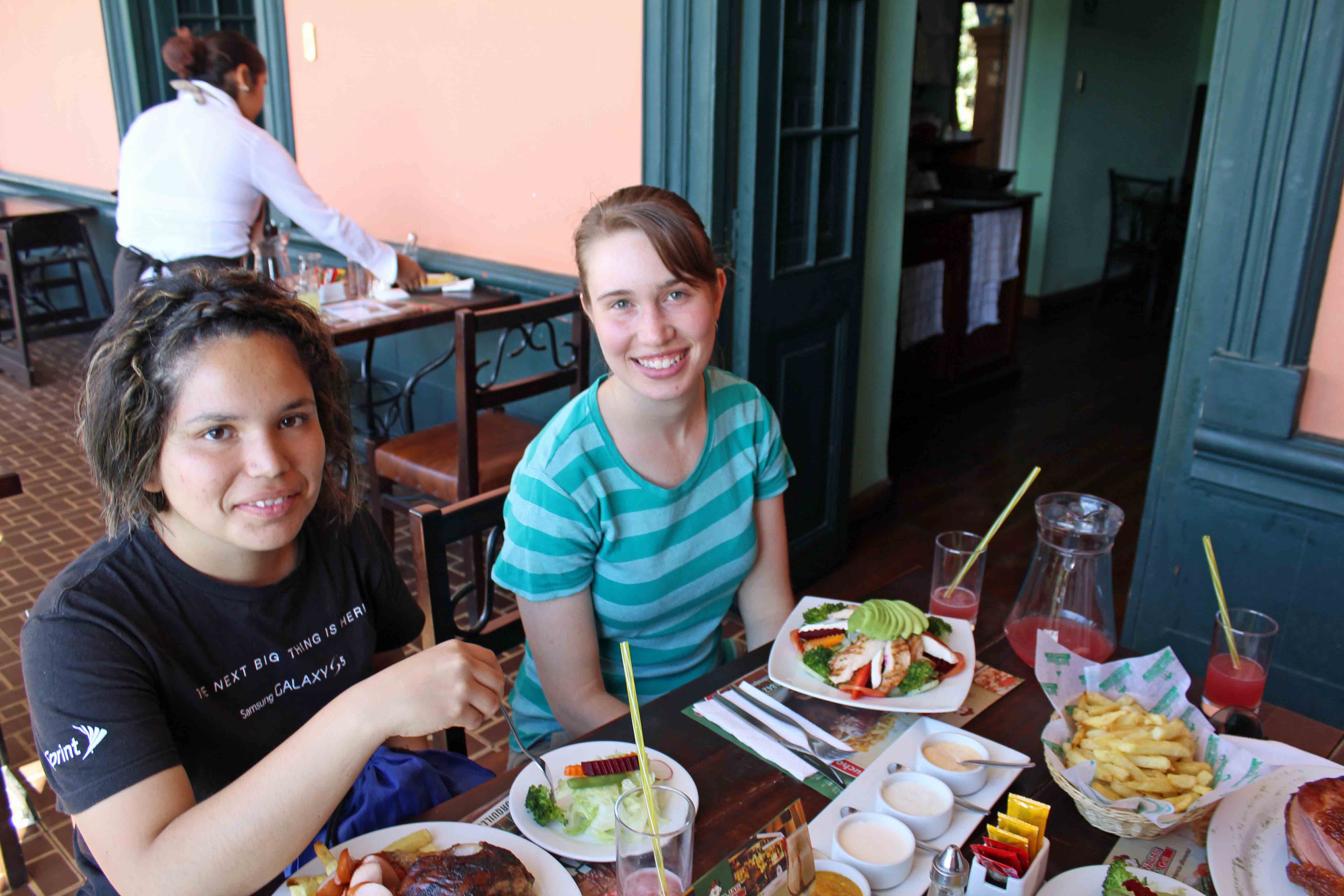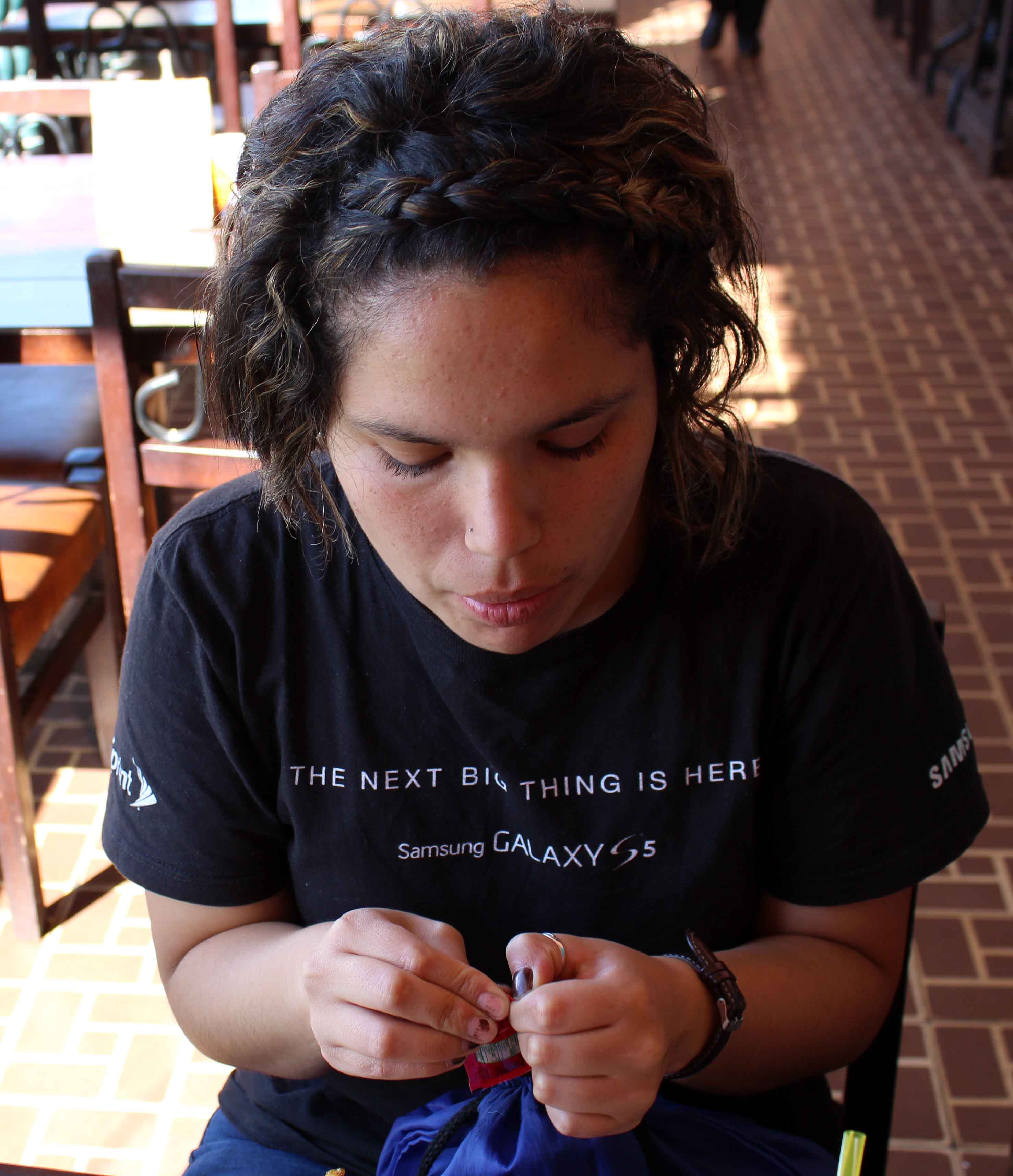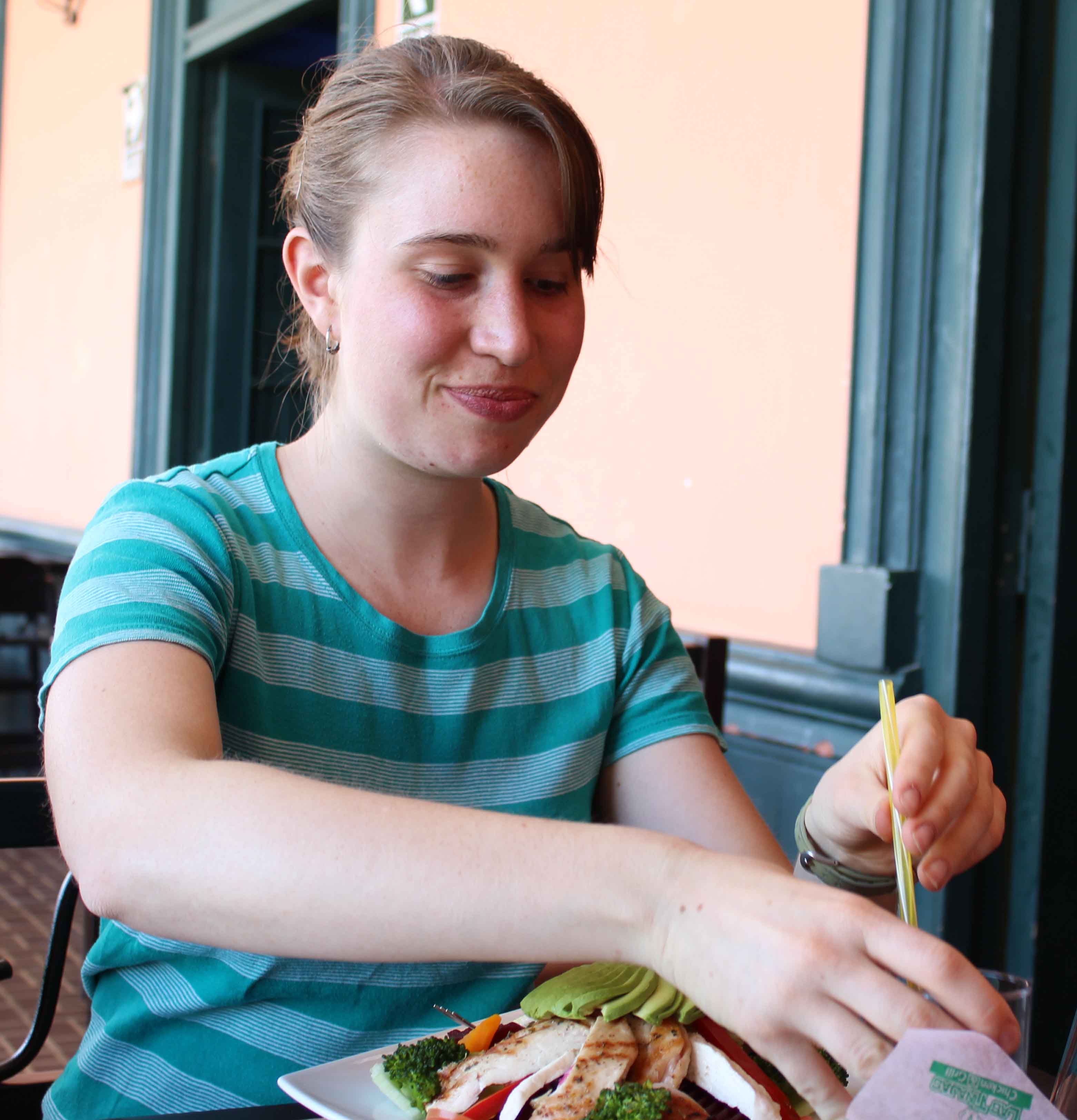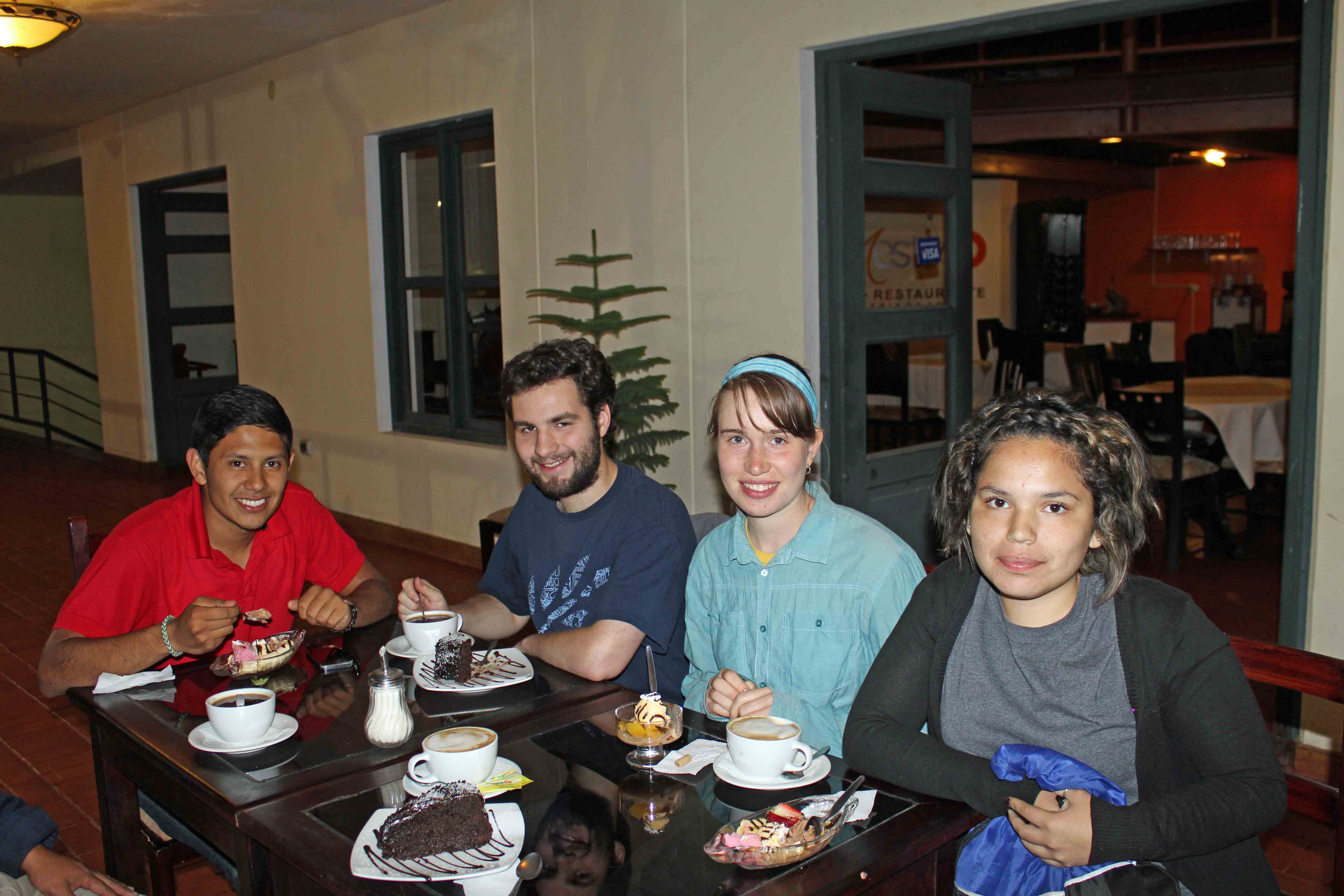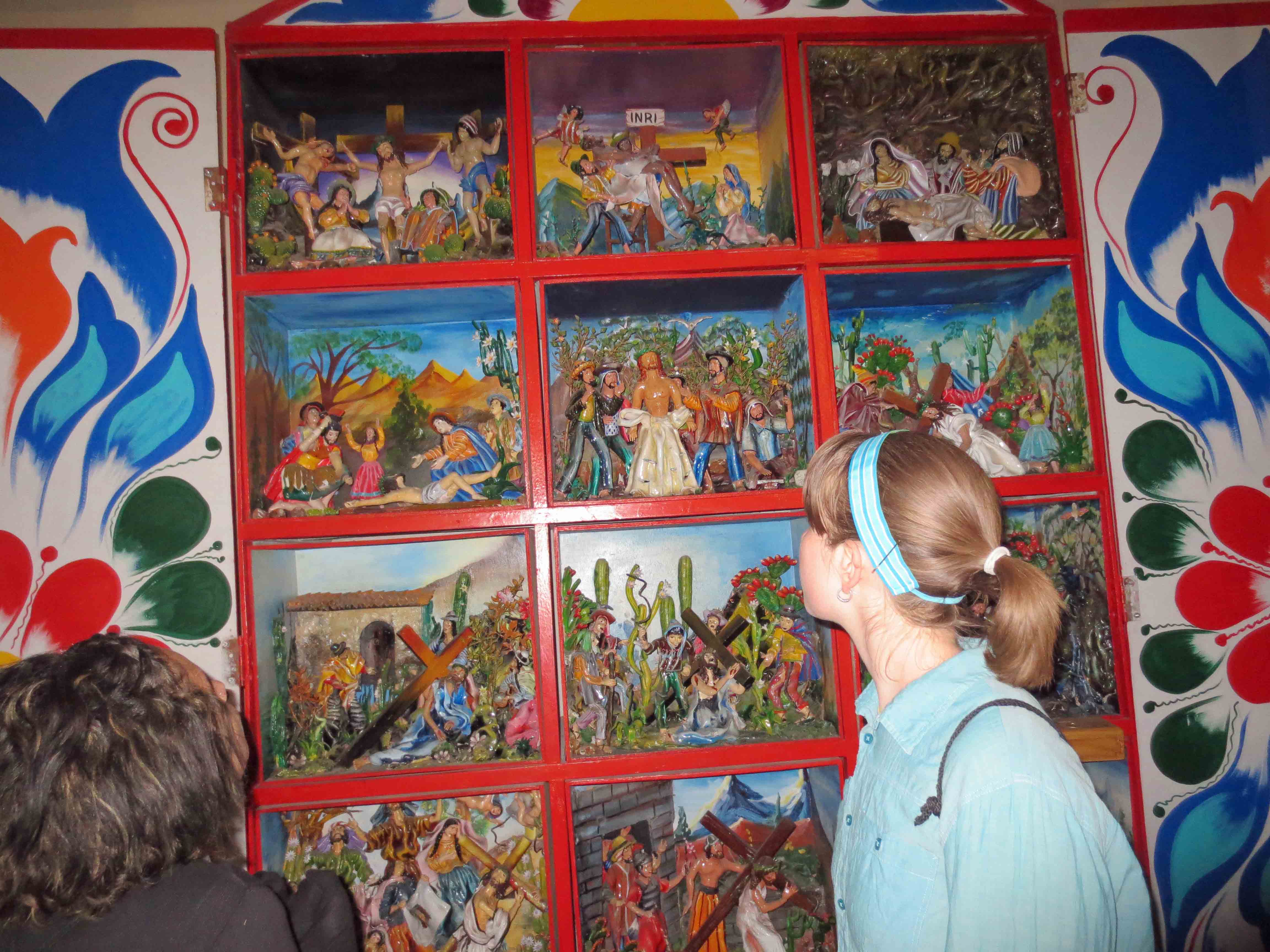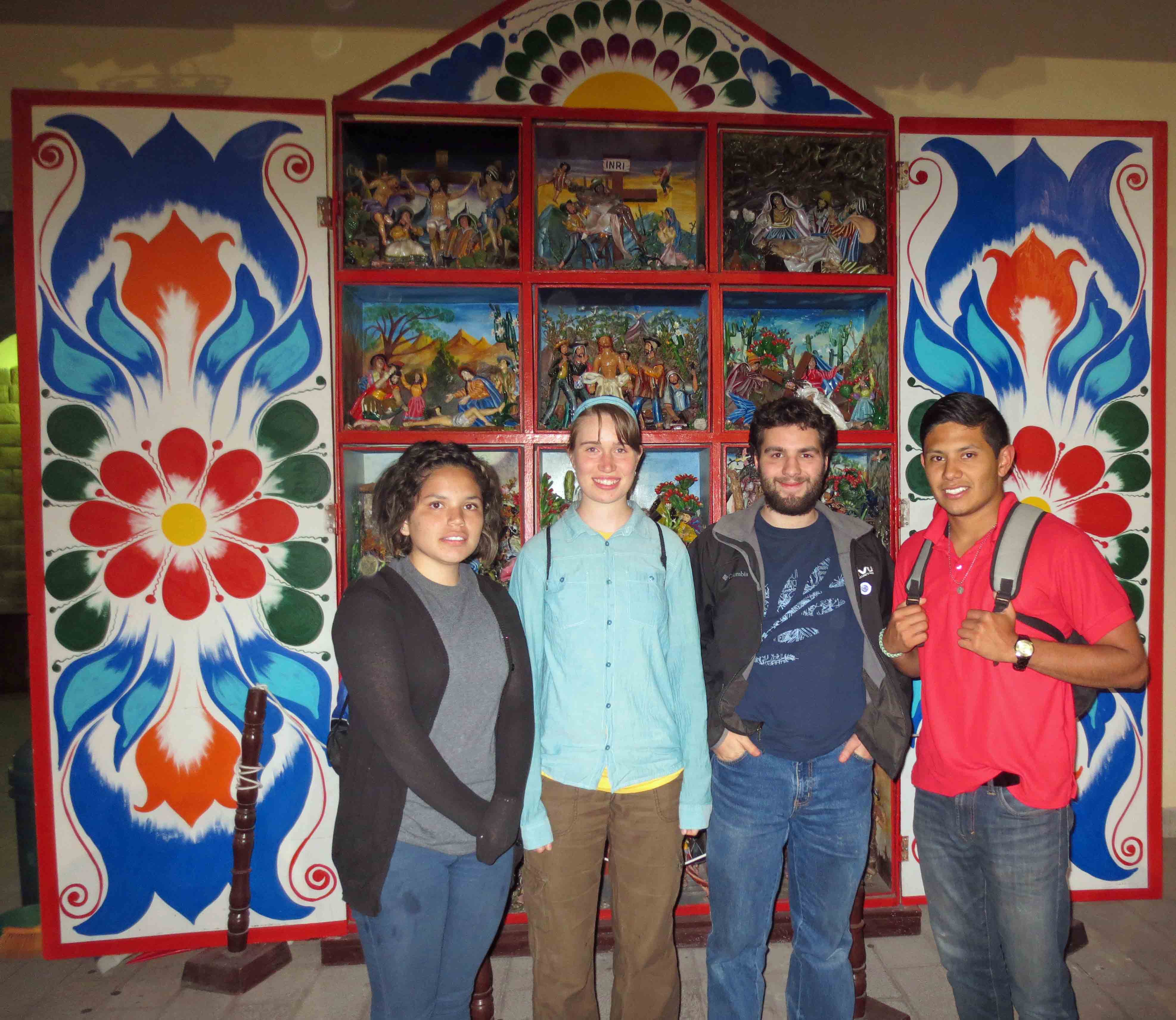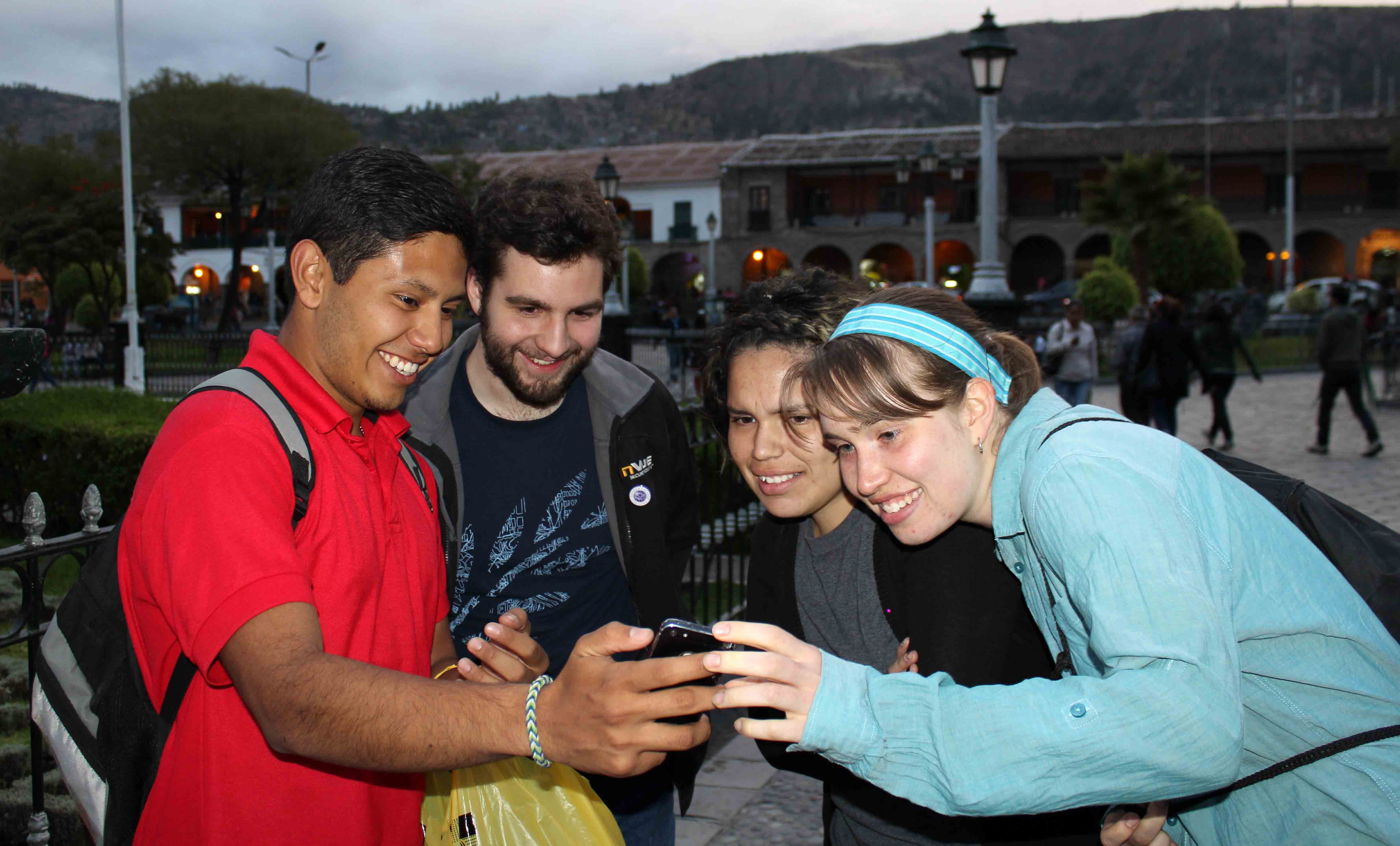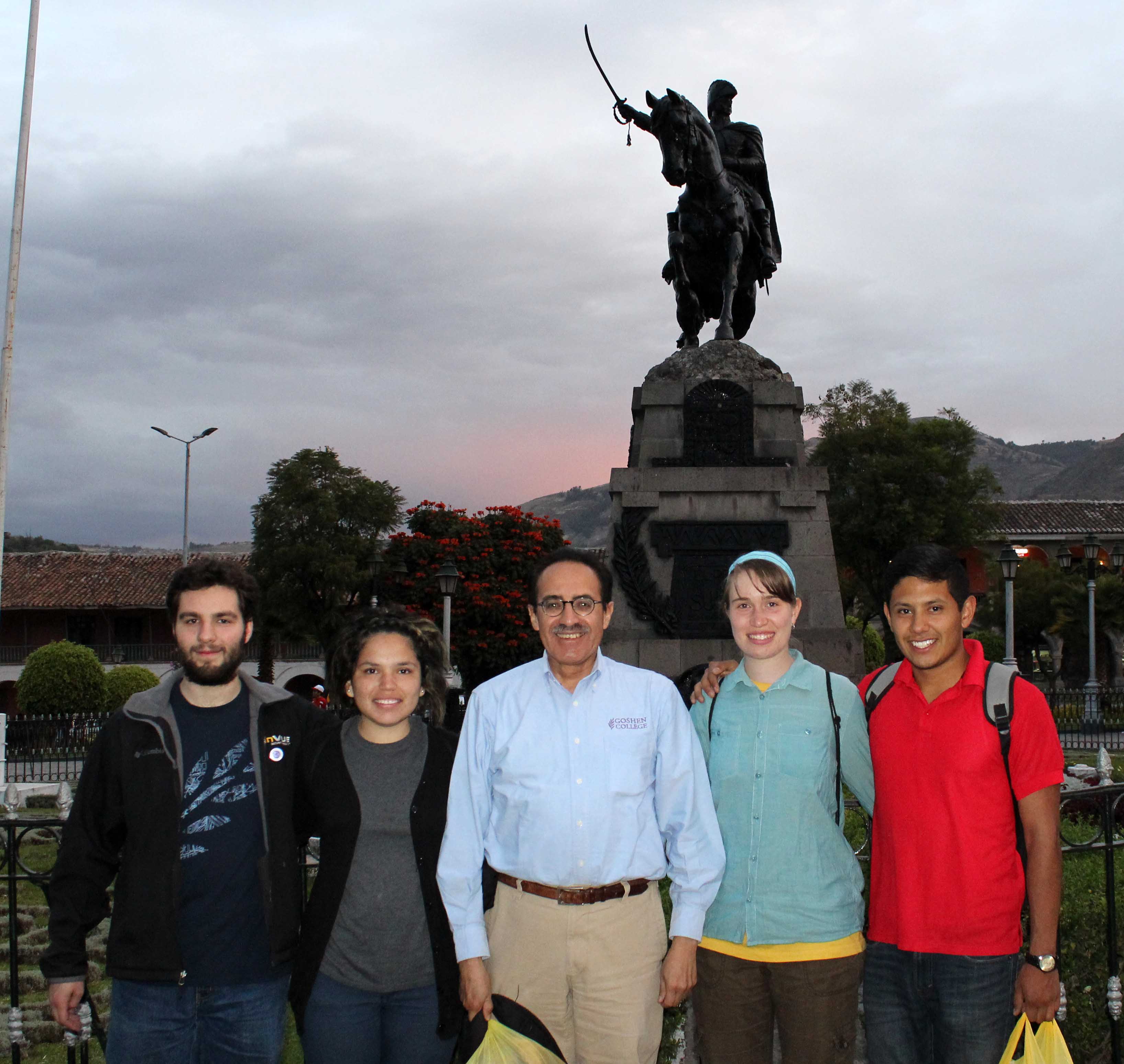Alejandro, Andrew, Edith and Leah: Service in Ayacucho
Alejandro, Andrew, Edith and Leah provided significant service in Ayacucho, a city of about 151,000 residents in the south-central Andes of Peru. Ayacucho is famous for its 33 Catholic churches, which are said to represent one for each year of Jesus Christ’s life. Because of its overwhelming Catholic population, Ayacucho has large religious celebrations, most importantly during Semana Santa (Holy Week of Easter); it draws tens of thousands of visitors from throughout the world.
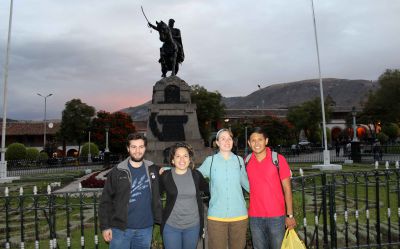
Ayacucho occupies a scenic valley about 2,761 meters, or 9,058 feet, above sea level in and has a splendid climate. This time of year, the days are sunny and warm and the nights cool. The city also is known for its colonial architecture, outstanding folk arts and handicrafts and tranquil atmosphere.
Spanish conquistador Francisco Pizarro founded Ayacucho in 1540 as San Juan de la Frontera de Huamanga and intended it to be a bulwark against a possible Inca rebellion. The city is celebrated throughout South America because of the critical battle for independence that was fought in 1824 in the nearby highlands of Quinua, which later became known as Ayacucho or “dead corner” in the Quechua language. General Antonio José de Sucre, who had been appointed by South American liberator Simón Bolivar, commanded troops that defeated Royalist forces, setting the stage for independence of Peru and the rest of South America. In honor of the victory, Bolivar changed the city’s name to Ayacucho. A statue of Sucre in Ayacucho’s main plaza commemorates the battle and its significance for the Americas.
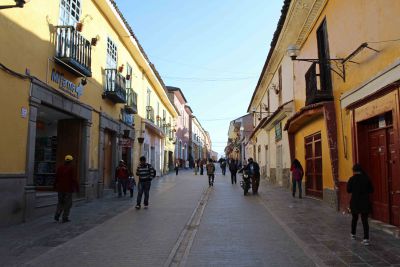
Bloodshed and conflict returned to Ayacucho 156 years later with the advent of the violent revolutionary movement known as the Sendero Luminoso (Shining Path). Abimael Guzmán Reynoso, a philosophy professor at the San Cristóbal of Huamanga National University in Ayacucho, founded the Shining Path and launched a guerrilla war that spread throughout the country. More than 70,000 Peruvians died in the 1980s and 1990s. Ayacucho was the departamento (state) that suffered the greatest number of killings – by the Shining Path as well as the police and the military. Many residents continue to grieve for terror victims who were killed or remain missing.
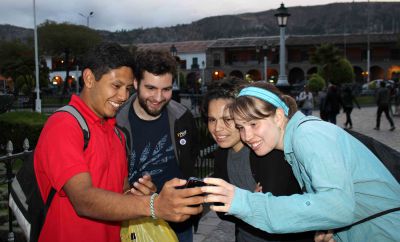
Alejandro, Andrew, Edith and Leah had the opportunity to learn about Ayacucho’s bloody history as well as enjoy its beautiful countryside and quaint streets. Edith and Leah said they loved exploring the city and finding unexpected surprises on their long walks. However, the bulk of the students’ time was spent with their host families and providing service.
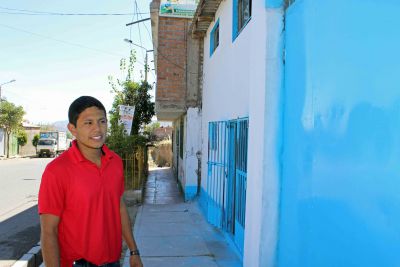
Alejandro lived in in the spacious home of Ercilia Gonzales Pincos, a single mother. Alejandro had a large two-room suite to himself with beautiful views of the city. He also got to know members of a family who rented a room in the home. One Saturday, Alejandro helped family members build a roof for their new home and he appreciated the opportunity to provide worthwhile community service.
Alejandro’s initial service assignment was at the Vidas Clinic, which is operated by Raquel Yupanqui Quicaña, a nurse with a passion for helping the poor. Raquel and her husband, Pastor Máximo Candia Castillo, serve the people of their area with a youth ministry and two small clinics – Vidas and one in nearby Quinua. Alejandro, who hopes to become a physician, observed medical procedures at both clinics and assisted with chores and maintenance duties.
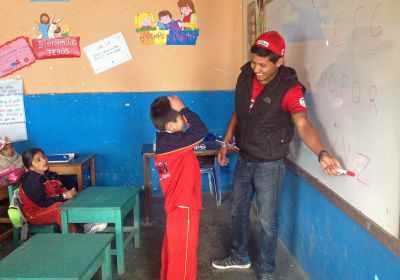
Later, Alejandro volunteered at the Institución Educativa Privada William Thomson, a Christian primary school. He helped teachers, taught English – and enjoyed himself tremendously. “I’m having a great time with the kids at the school,” he wrote recently. “I’ve spent this week helping them learn simple things like colors and the ABCs. I also translated the song they sing to me every time I walk into a classroom so that they can sing it to me in English. I also like motivating them. If they do well on a spoken quiz tomorrow, I’m going to give them all a piece of candy. Today we went to a local field to have PE class and it was pretty fun. It was funny because we had an hour there and the girls were fighting with the boys over who ‘Profesor Ingles’ had to play with. I was told today that so far the teachers have seen that I light the kids up a lot and I guess they enjoy having me there.”
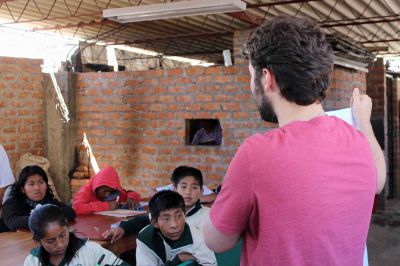
Andrew worked in the Comedor Luz y Vida, a nutrition program for children, run by a church on a tiny budget. Andrew’s host father, Pastor Romulo Santiago Leiva, operates the comedor with much help from his daughter Mabel. Conveniently, Andrew’s host father’s church is downstairs from the comedor and his home is next door.
Andrew helped to prepare and serve meals to two groups of children each day. Without the comedor, some of the children would not be able to remain with their families, who cannot provide enough food for them. Andrew also assisted the children with homework, taught daily English lessons and cleaned up the comedor. In his “spare” time, Andrew assisted at his host father’s church. Pastor Romulo said he appreciated Andrew’s generous spirit and willingness to help with a wide range chores and responsibilities.
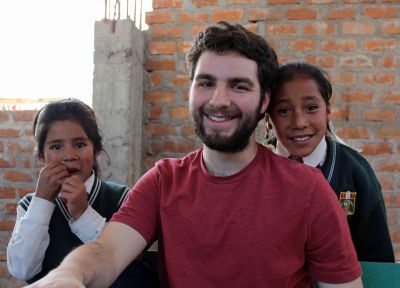
Because he is reserved and shy, Andrew said he sometimes struggled with the many hours of intense contact with demanding children. Still, during our visit, it was clear that the children appreciated Andrew – and vice versa. Although pleased he made a contribution, Andrew enjoyed breaks from work in the comedor: “My main highlights are the night sky and little surprises (like watching ‘Braveheart’ and setting of fireworks). The biggest unexpected surprise was the amount of church services,” he wrote. “My ‘biggest takeaway’ is that although our cultures are definitely different, that’s OK so long as I don’t need to live here indefinitely. I’m not incredibly compatible with this highly social culture.”
Leah lived in the home of Nieves Bautista Gomez, a single mother who supports her son, Javier, by selling shoes at a booth in a market. Edith lived next door with the family of Nieves’ brother. Edith’s host parents, Dionisio Bautista Gomez and Elizabeth Huarcaya Yarasca, have five children who range in age from 4 to 21 years. They are founders and administrators of two schools. Dionisio also is a pastor.
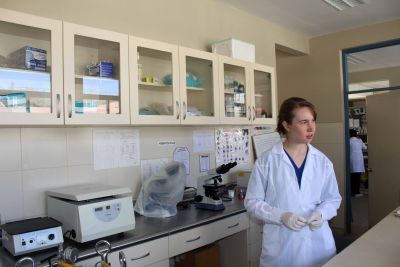
Leah and Edith awakened early in the morning to volunteer at the Centro de Salud San Juan Bautista, a large clinic located in the San Juan Bautista neighborhood of Ayacucho.
Leah, who wants to be a physician, volunteered in the clinic’s laboratory. Because of a strike by government physicians, work was slower than usual at the clinic, but Leah said she made the best of it. She learned how to do routine procedures and tests and interacted well with the lab’s staff.
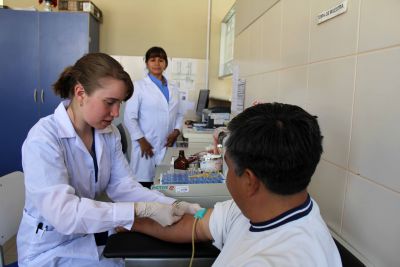
“During the first hour at the clinic I usually get to draw blood from several patients. Then I help out with some of the easier analyses. We never have enough patients to occupy to whole morning so I usually sit and knit for a while and also visit and observe in the emergency where Edith is,” Leah wrote. “I am glad that I have gotten so much practice drawing blood. I think the biggest surprise about my service assignment has been how well I have gotten along with my co-workers; they are all so sweet and friendly.”
Edith, a nursing student, assisted in the emergency room and observed operations in the obstetrics unit. The staff was grateful for her help. The patients were both Spanish and Quechua speakers. Edith said her service experience far exceeded her expectations.
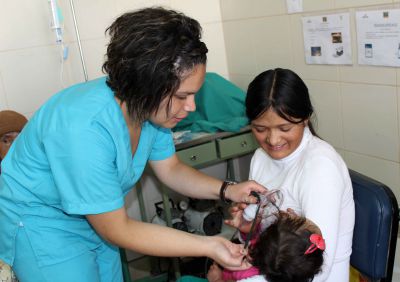
“On a typical day I am helping apply both IM and IV shots, nebulization treatments and assist in minor procedures. I am also removing sutures and cleaning wounds, as well starting IVs occasionally, ‘rounding’ on newborns with physicians, and occasionally helping or observing births,” Edith wrote. “Highlights have been learning and improving my nursing skills as well as being requested by patients to do their shots because they like the way I treat and apply them.
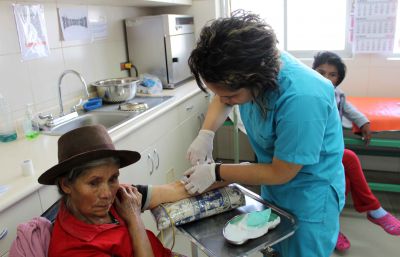
“I love the days that I am able to learn something new and allowed to do one more thing that I wasn’t doing the precious day. Another highlight is being asked where I am from because my treatment and how I interact with patients is more compassionate then what is usually demonstrated in the clinic. The biggest surprise has been seeing co-workers who know less about equipment than I do. I will take so much away from service; I will take more confidence in my skills and the knowledge that it is essential to treat my patients like I would like to be treated because this makes care easier and I deliver better care. I will take this and much, much more.”
